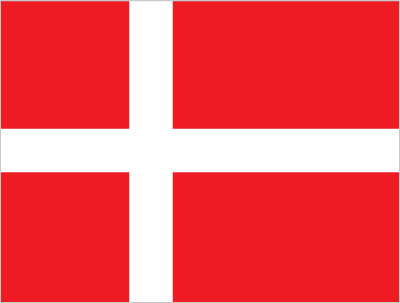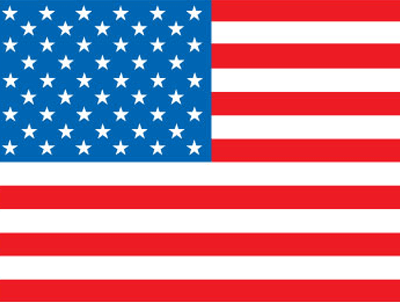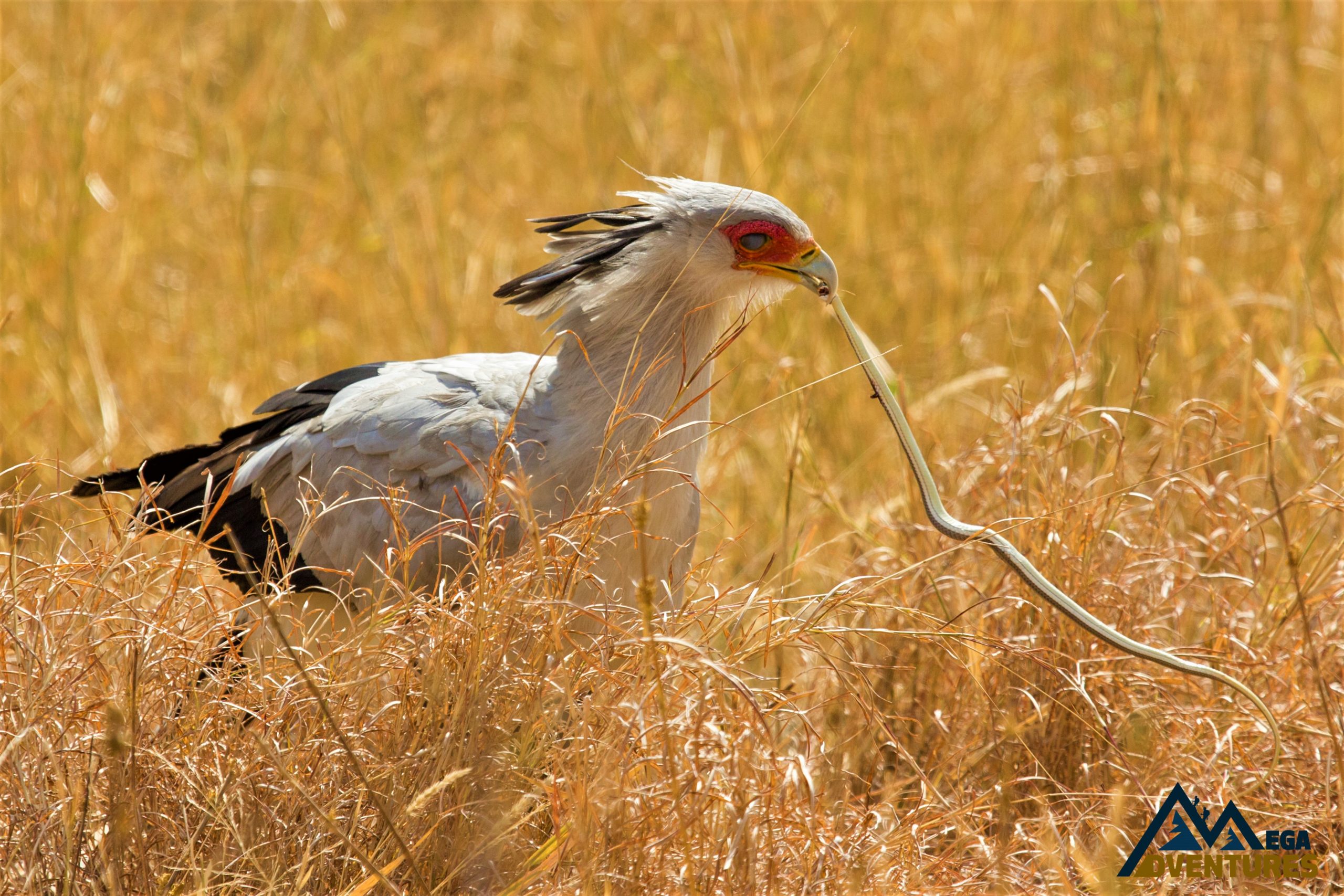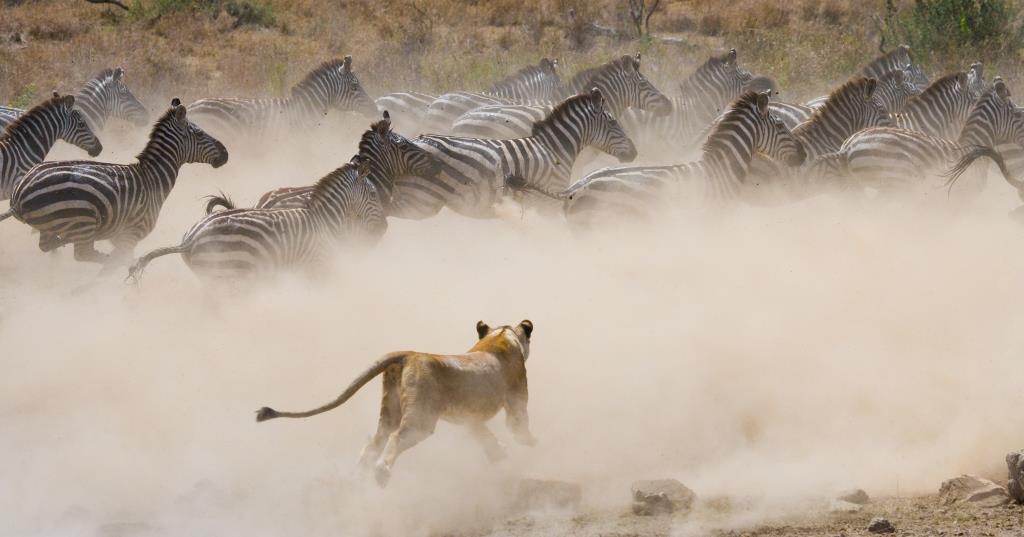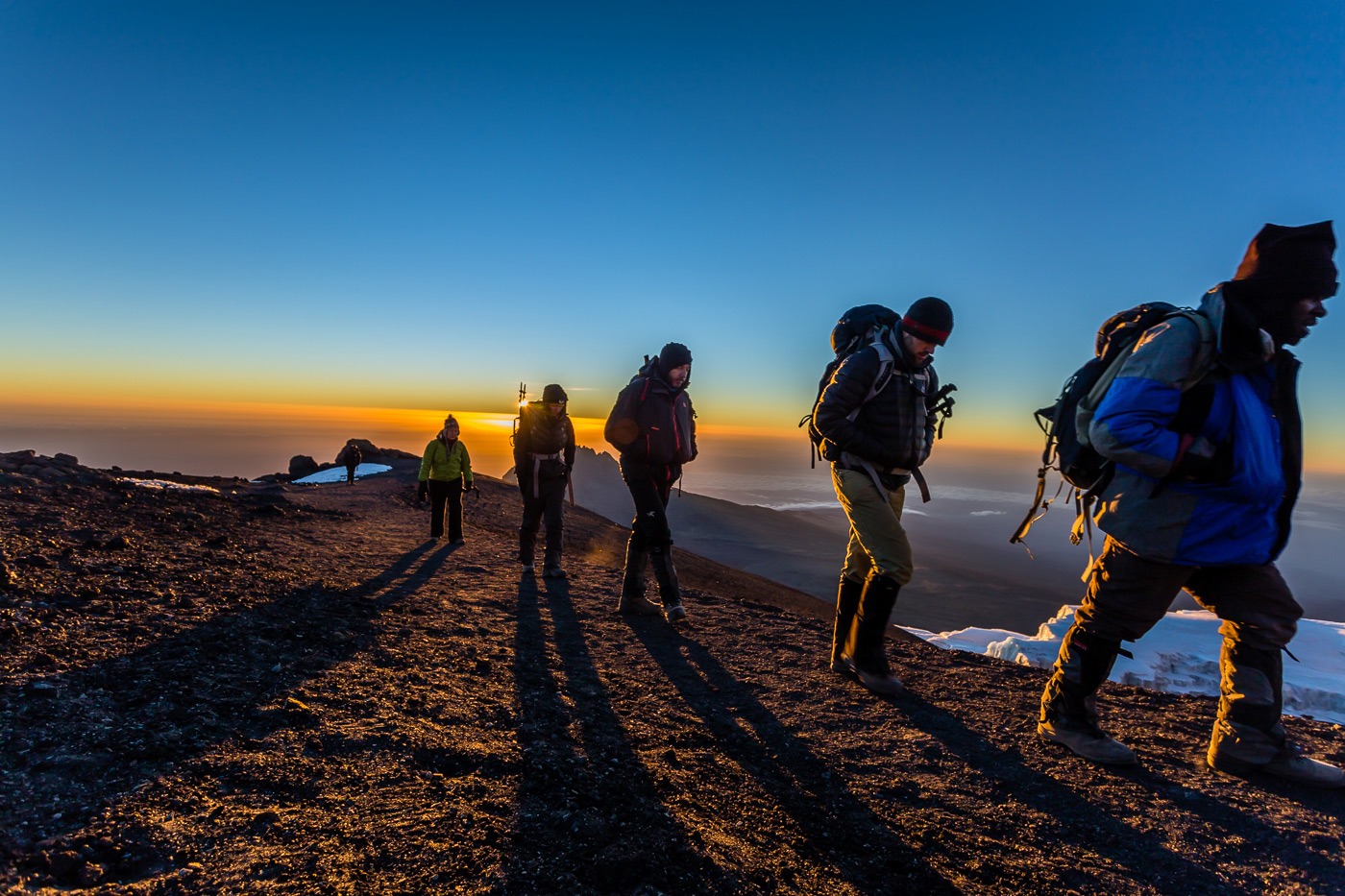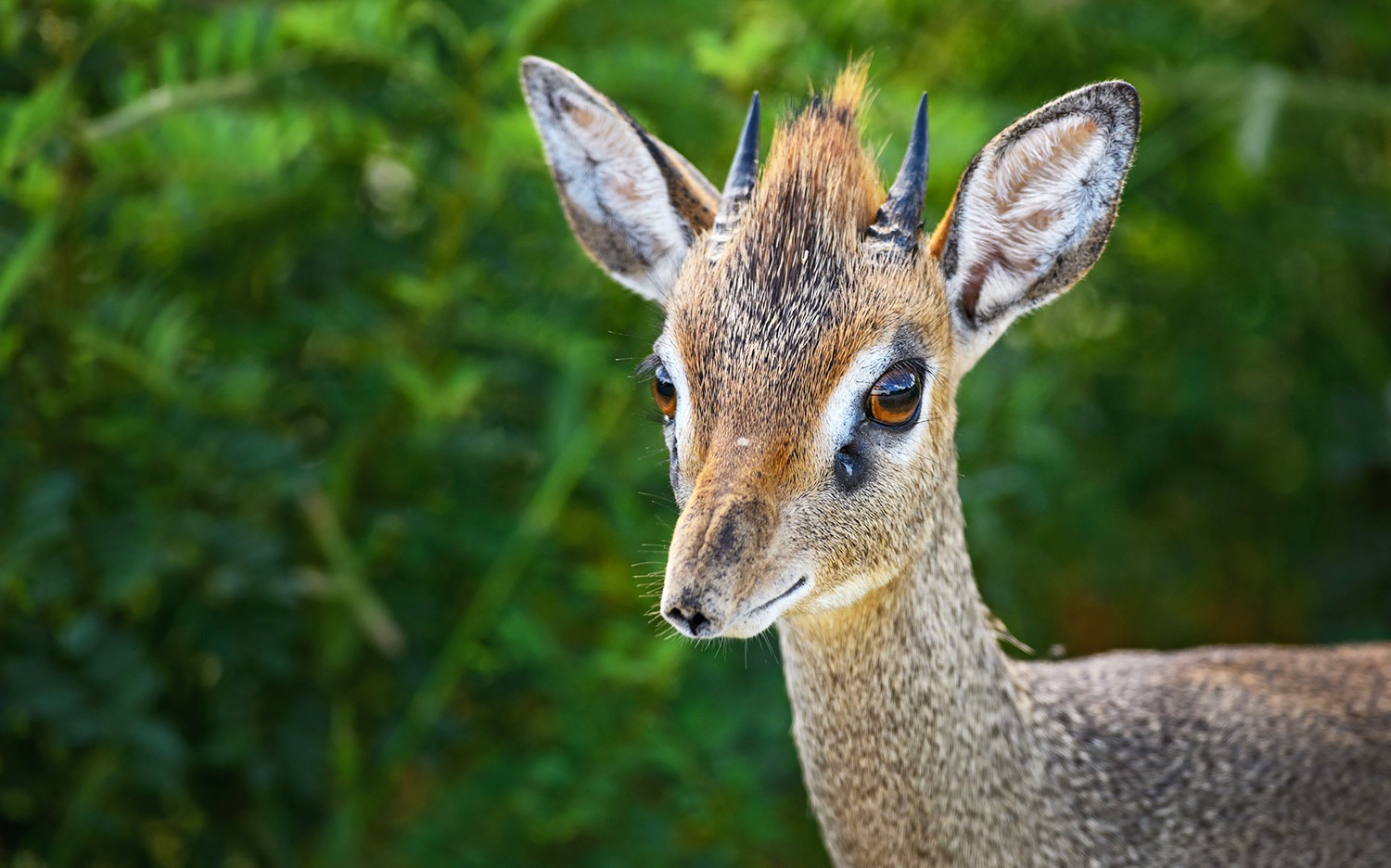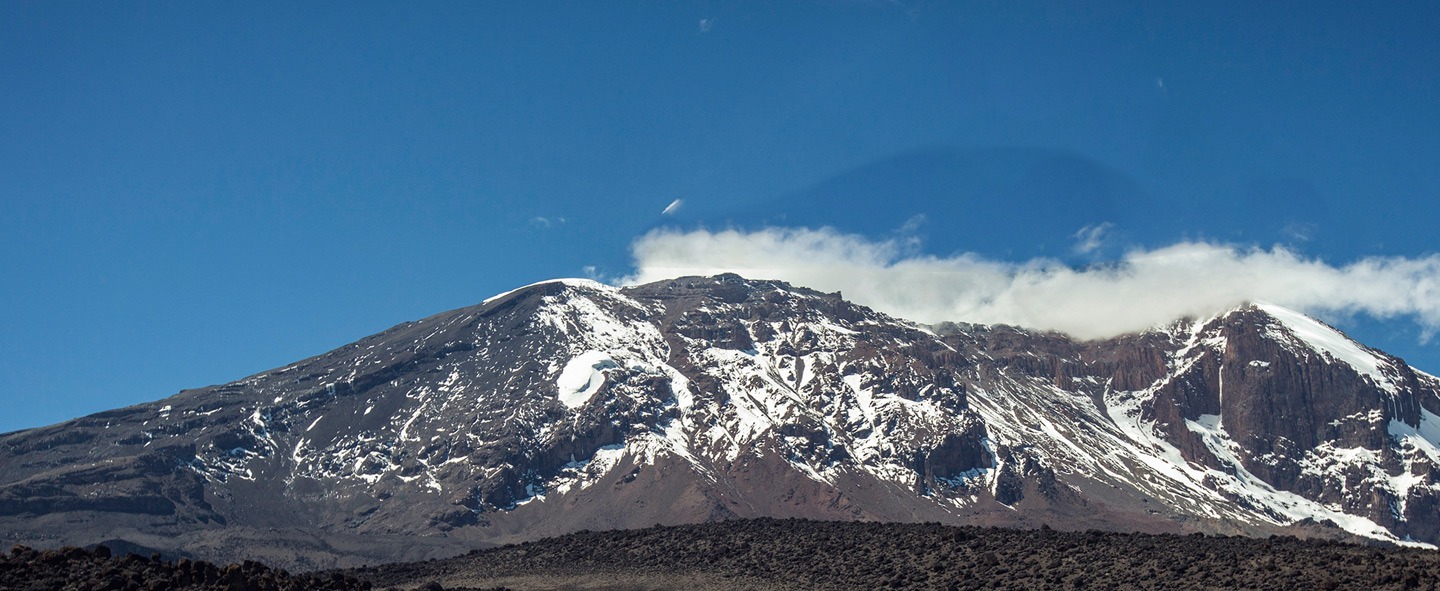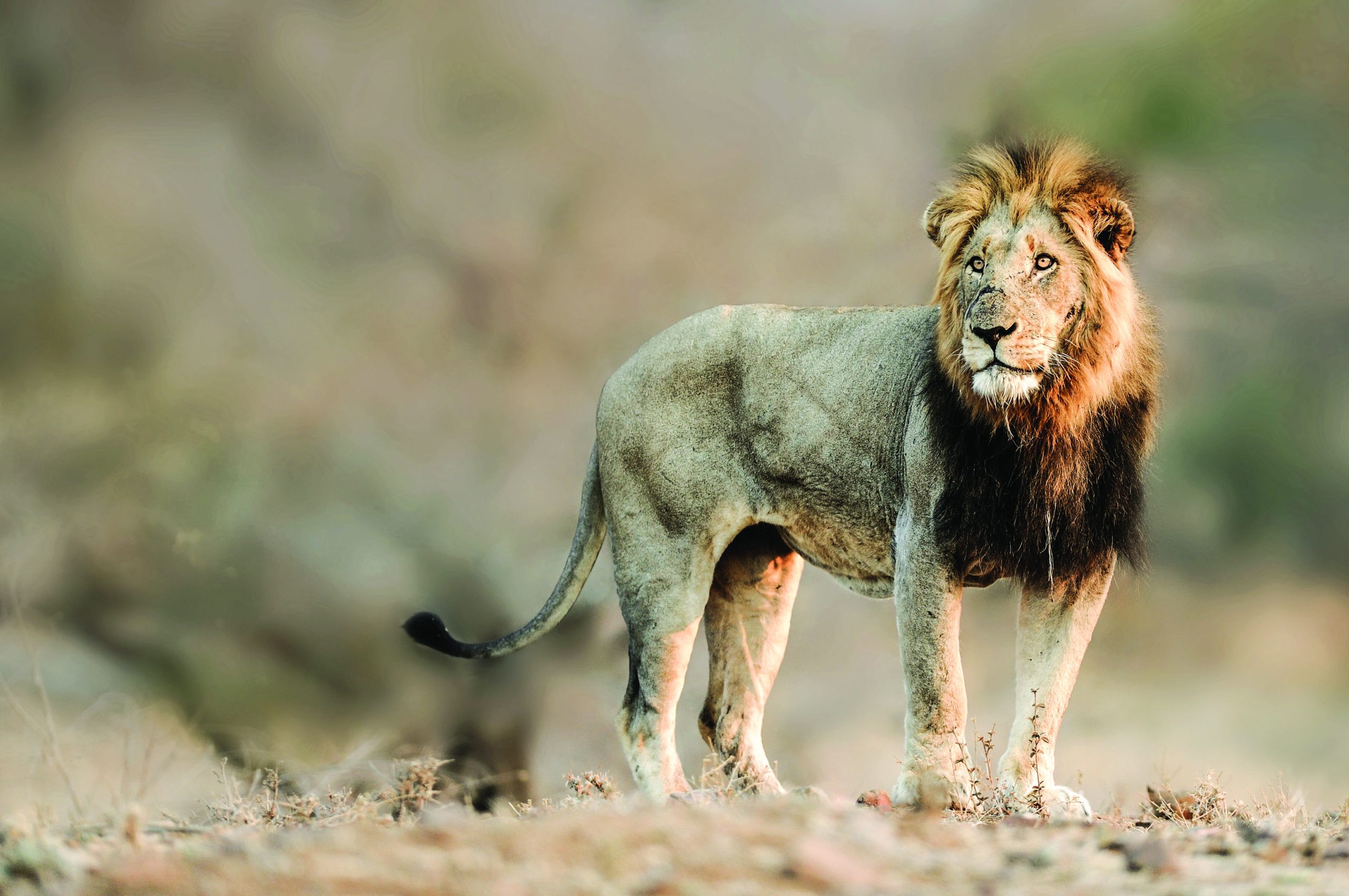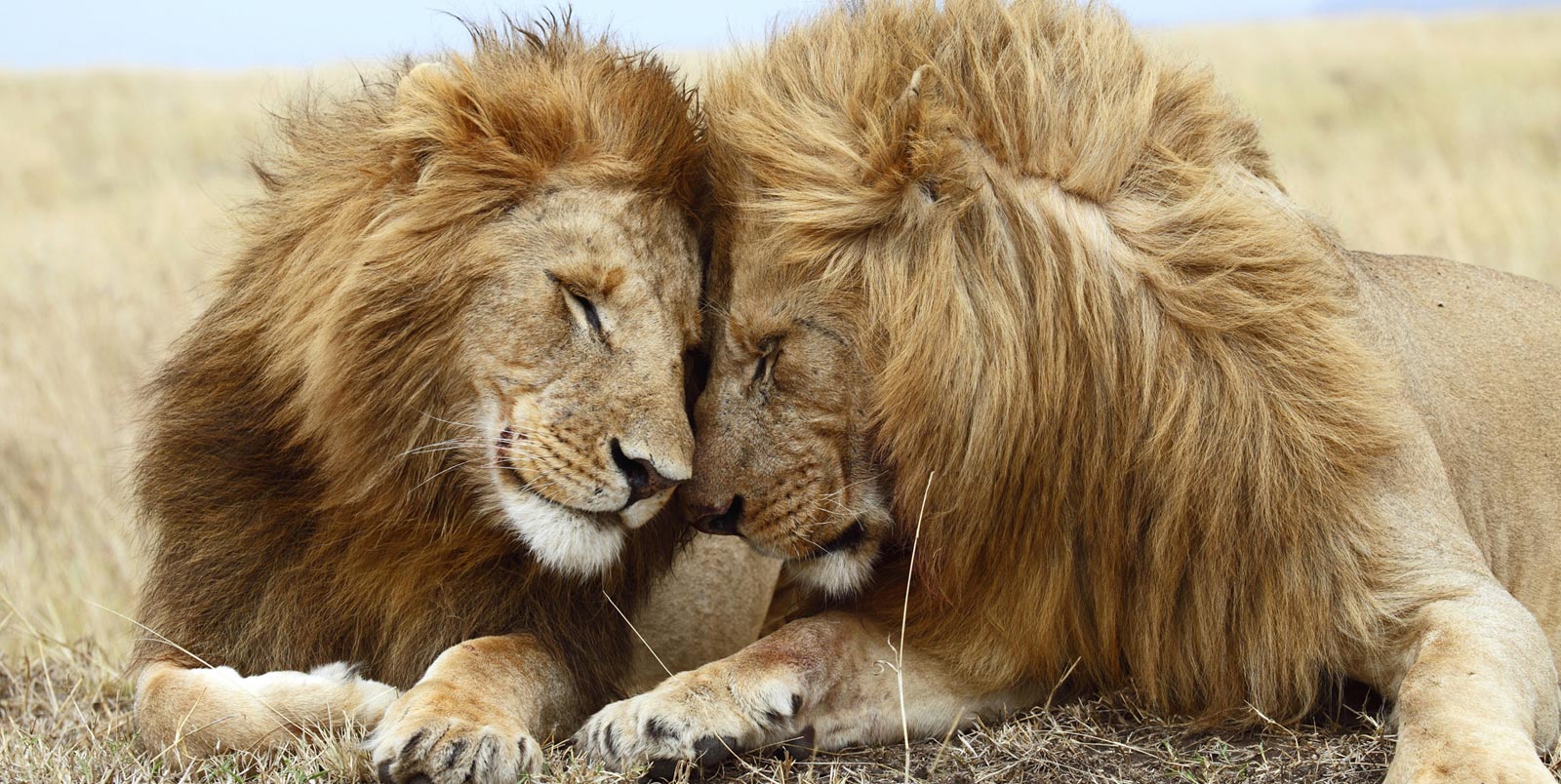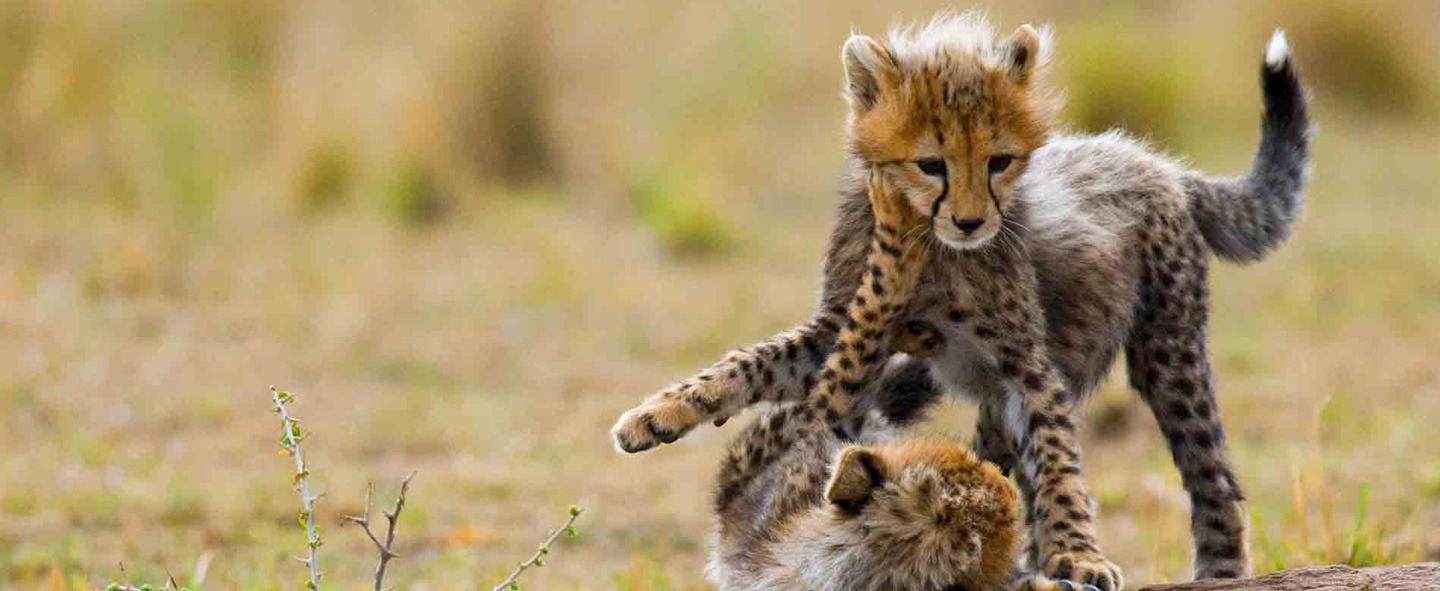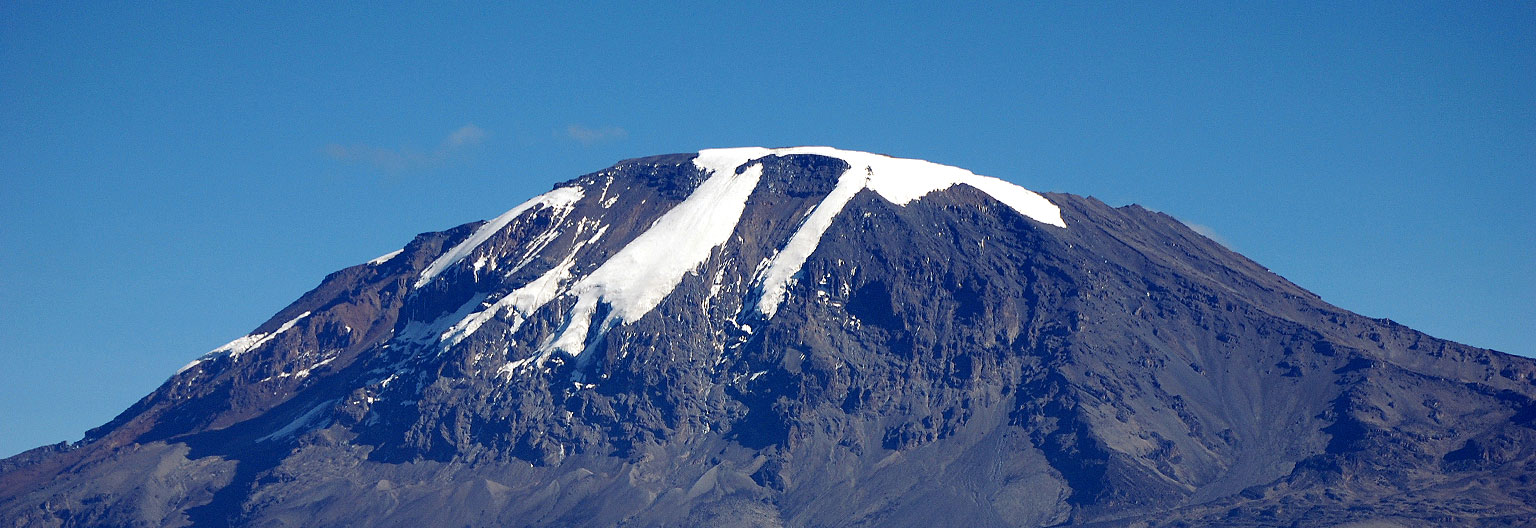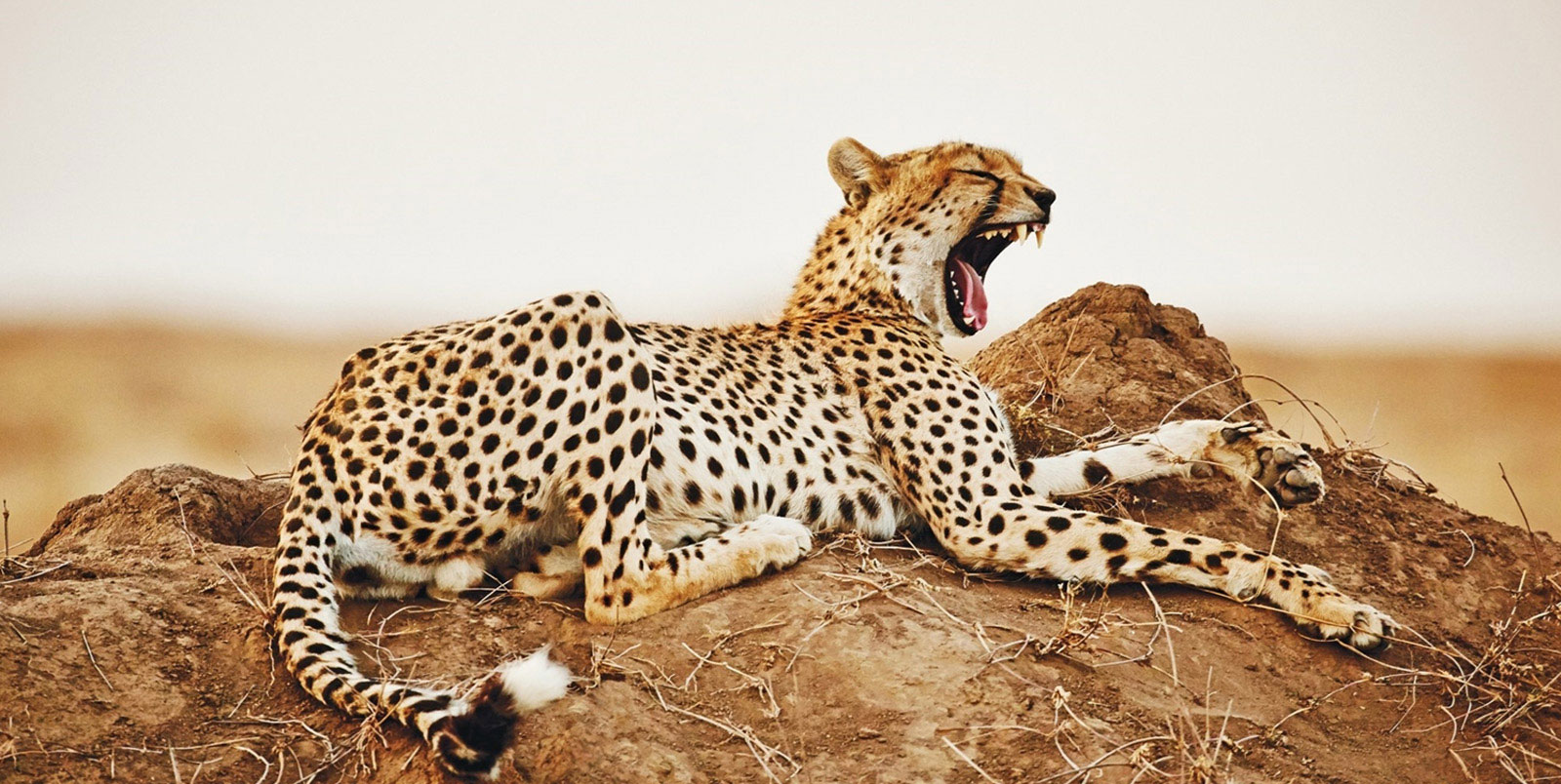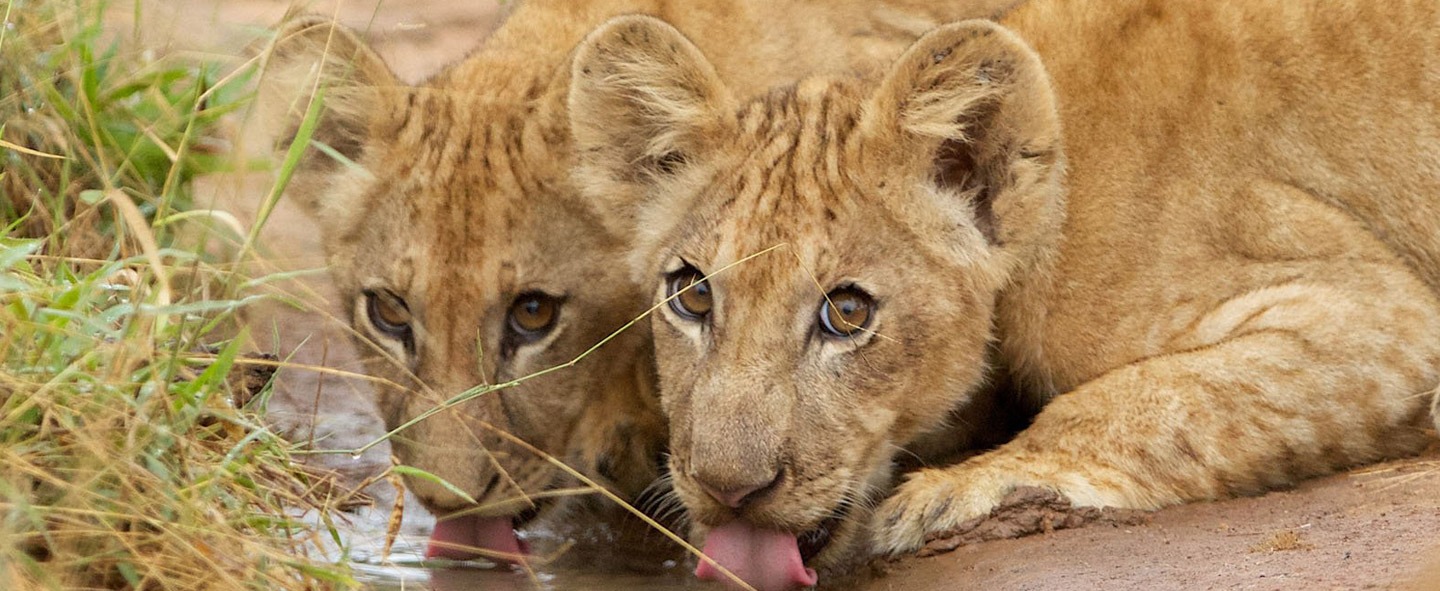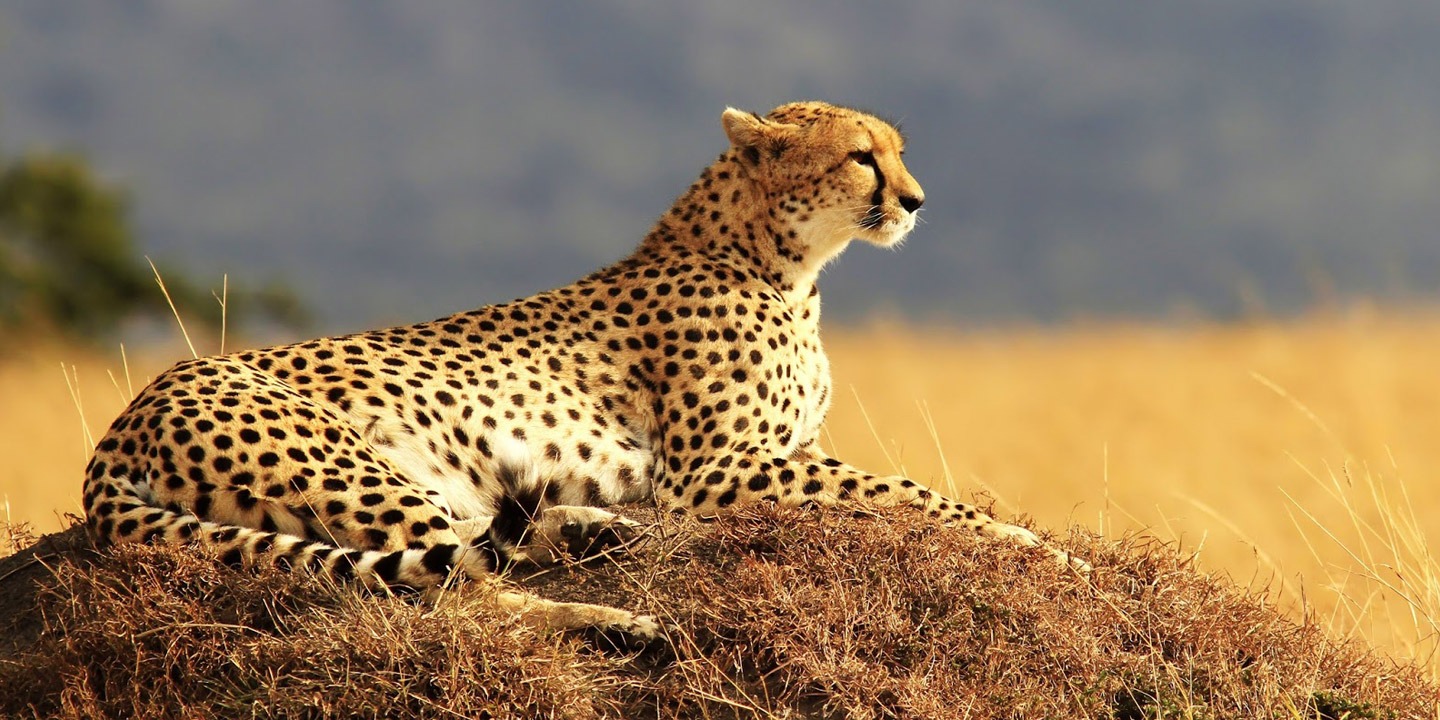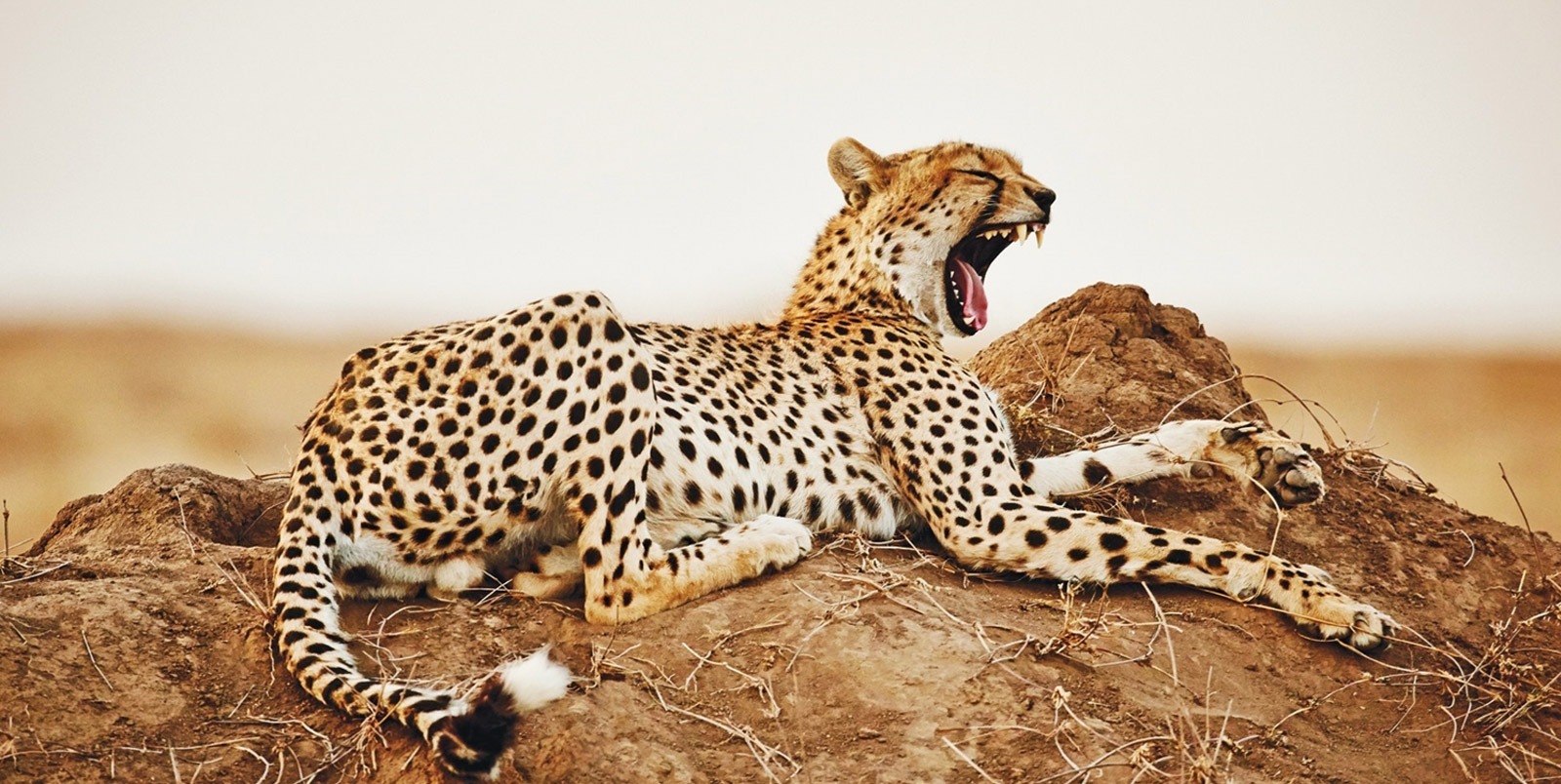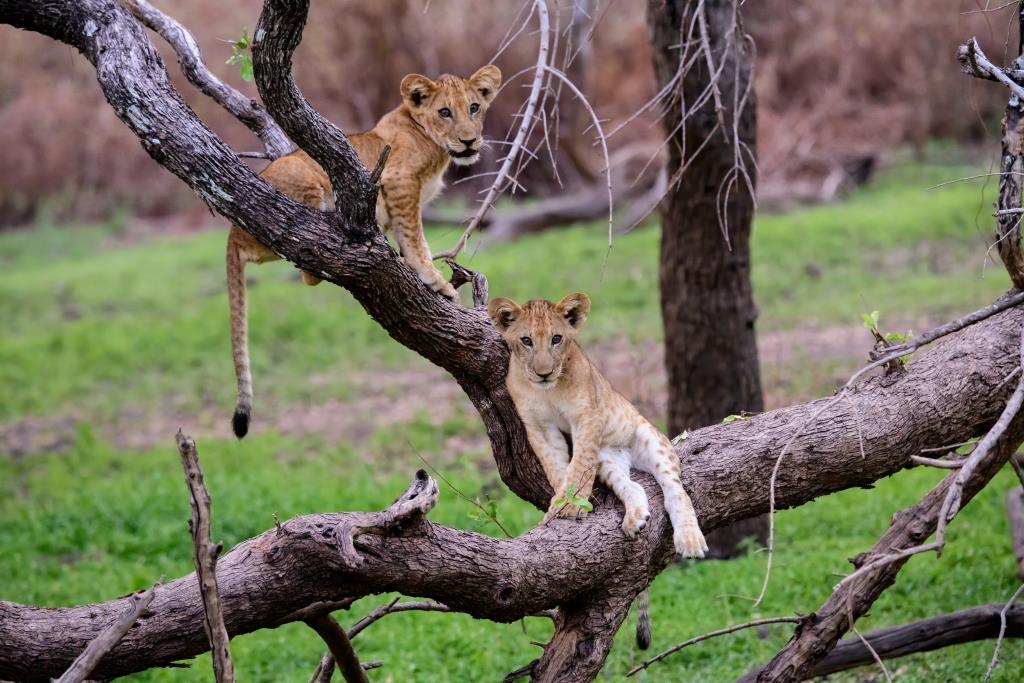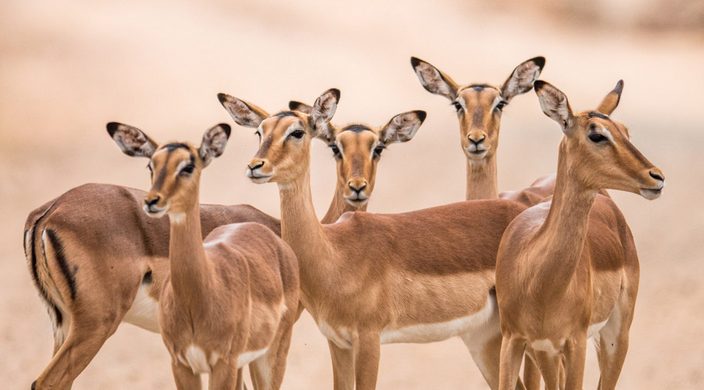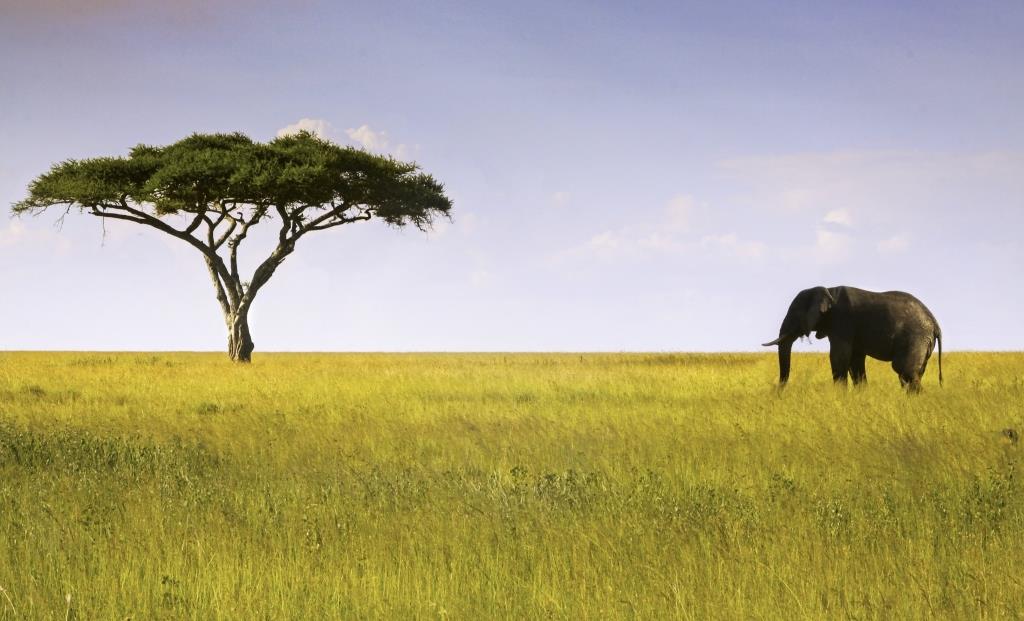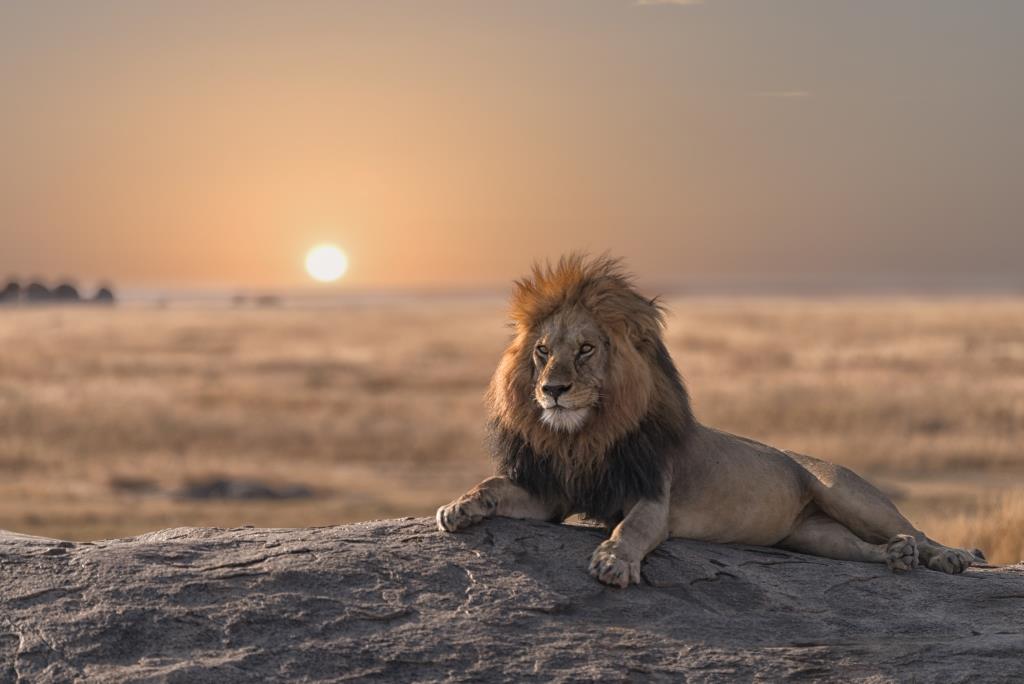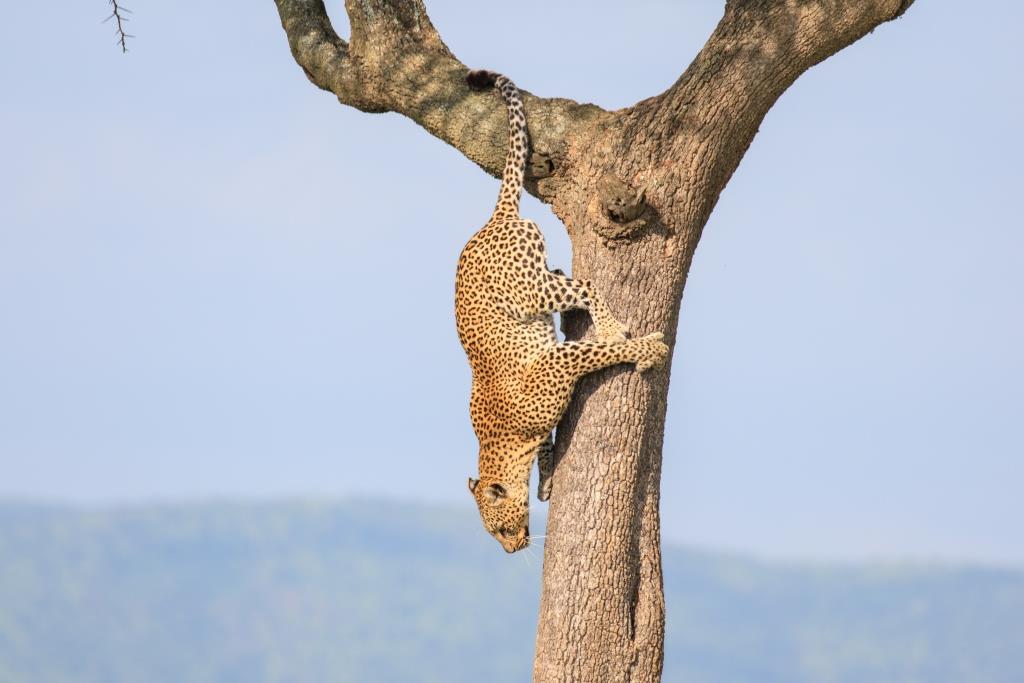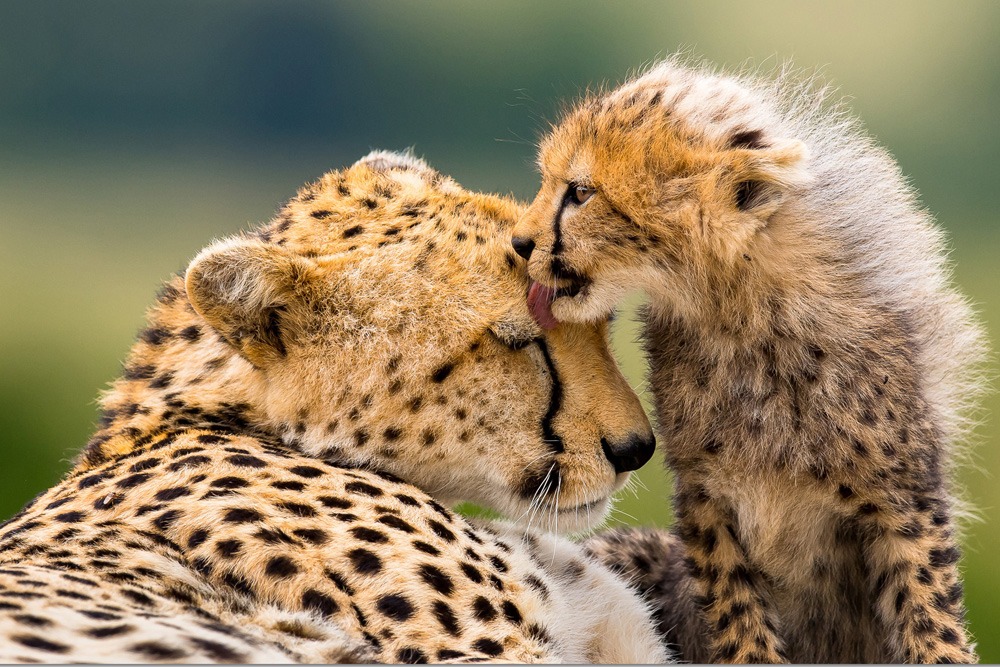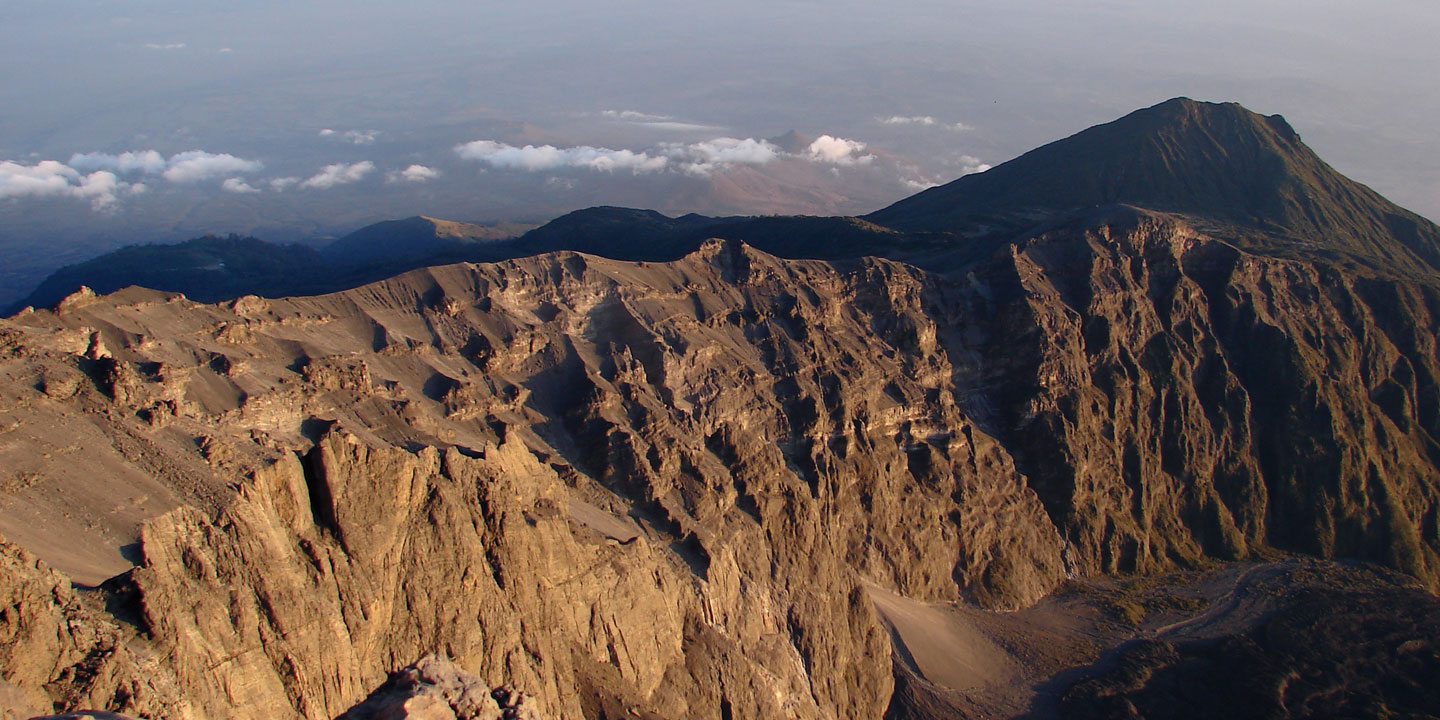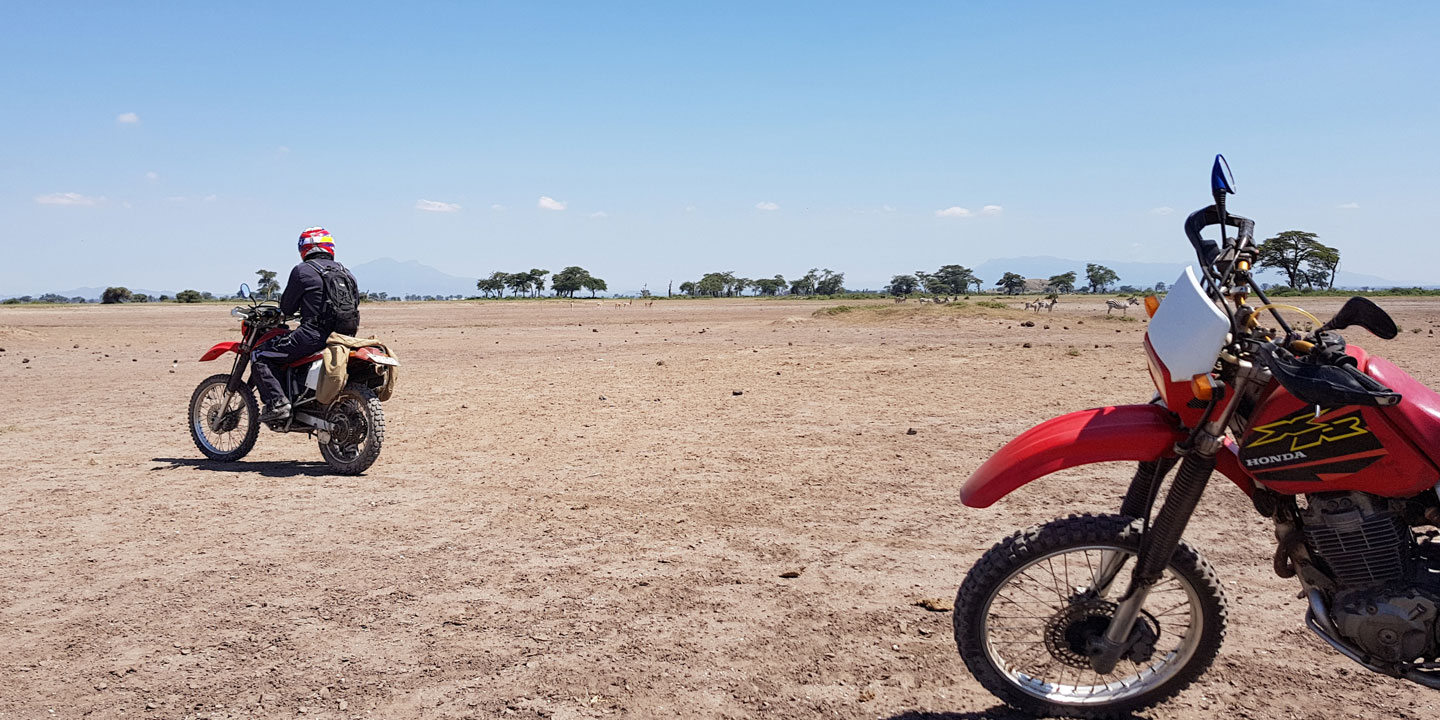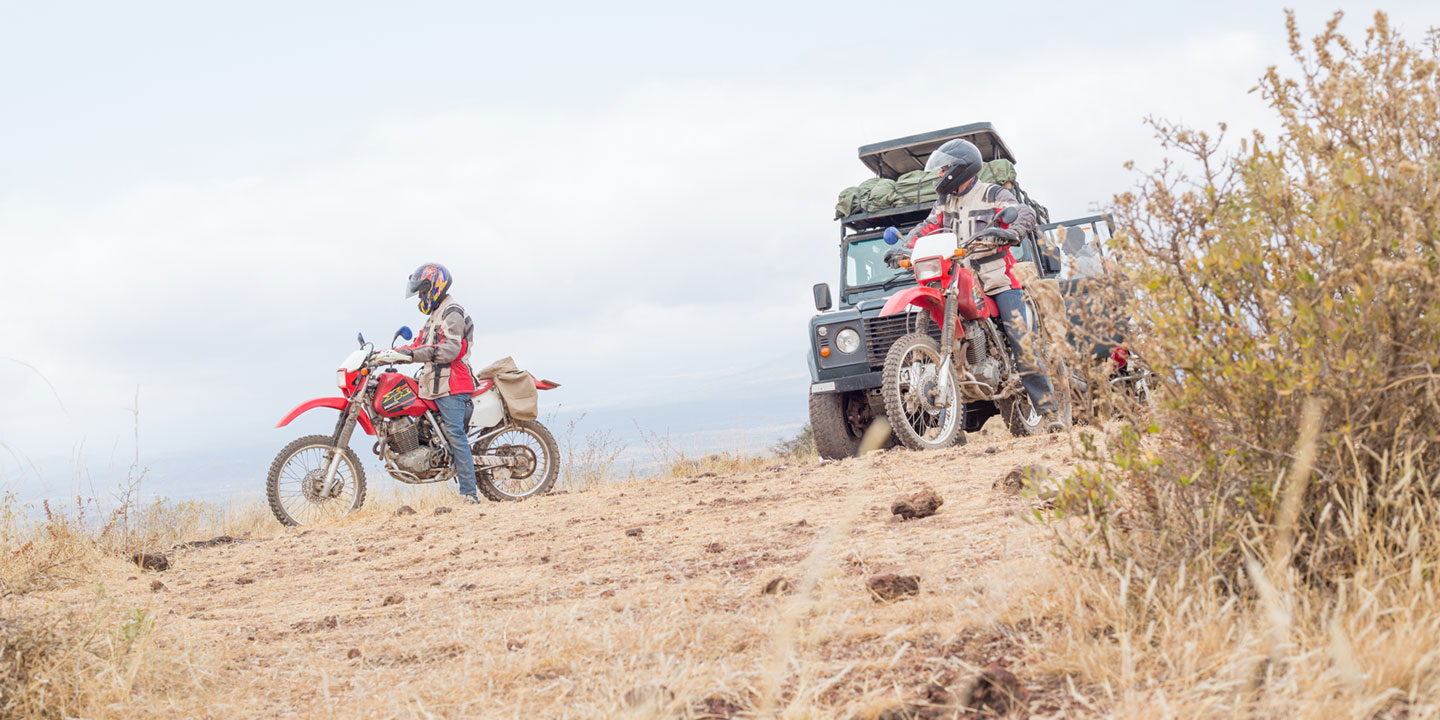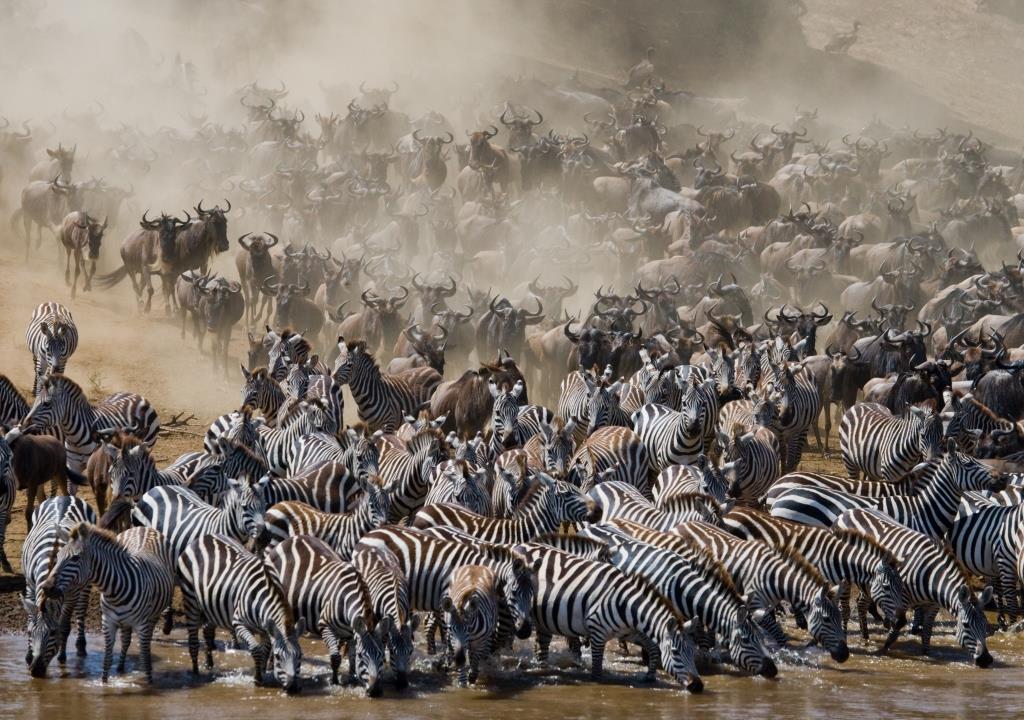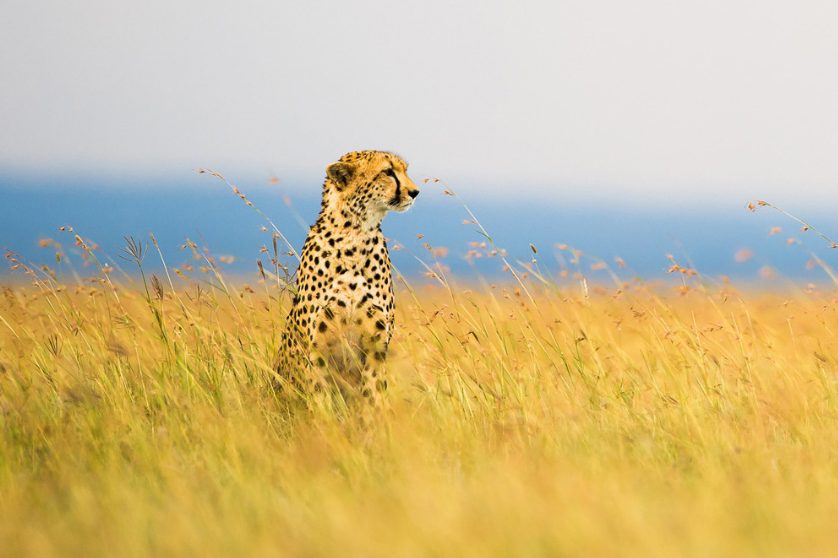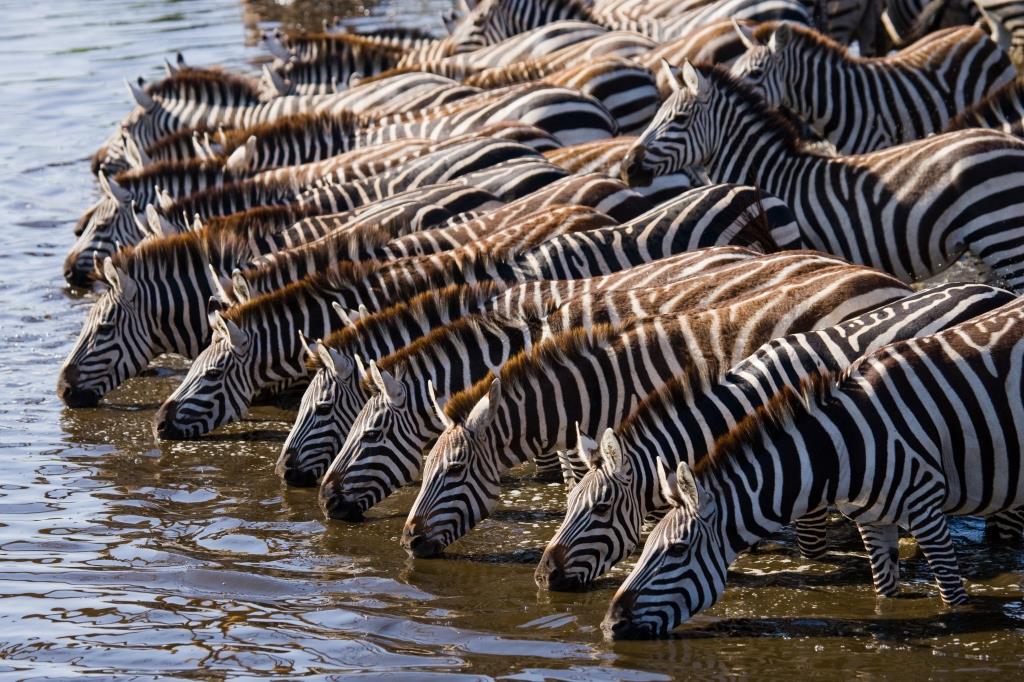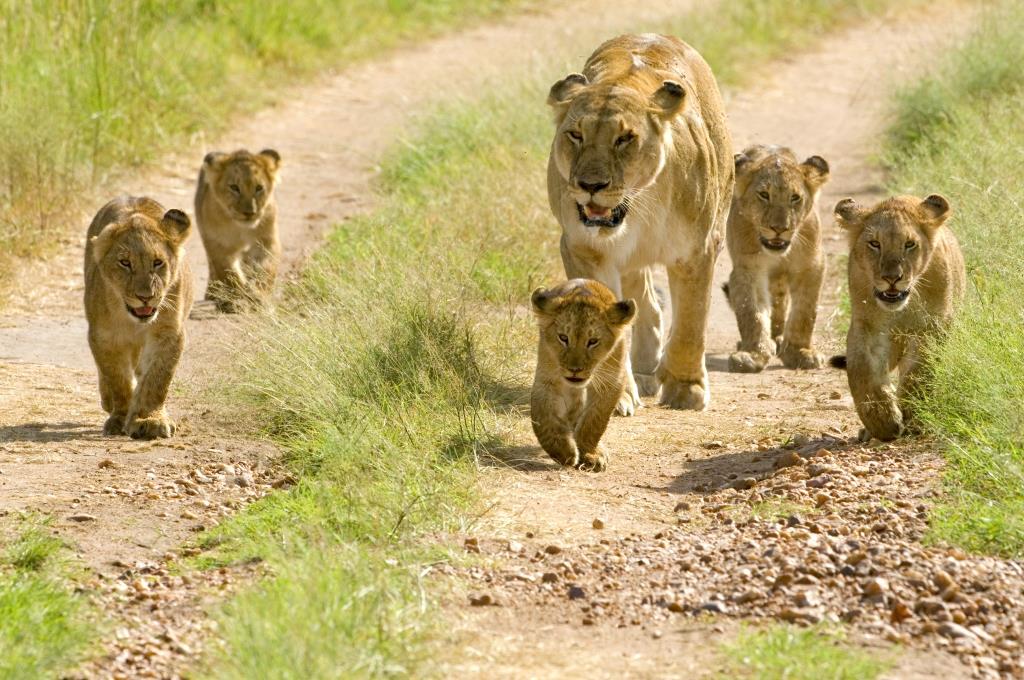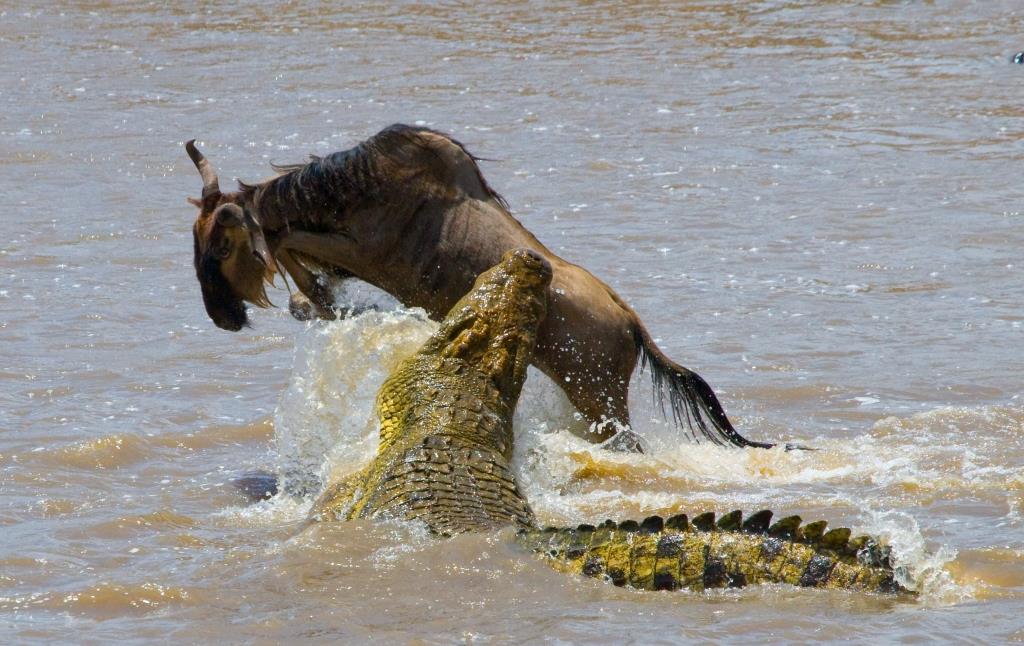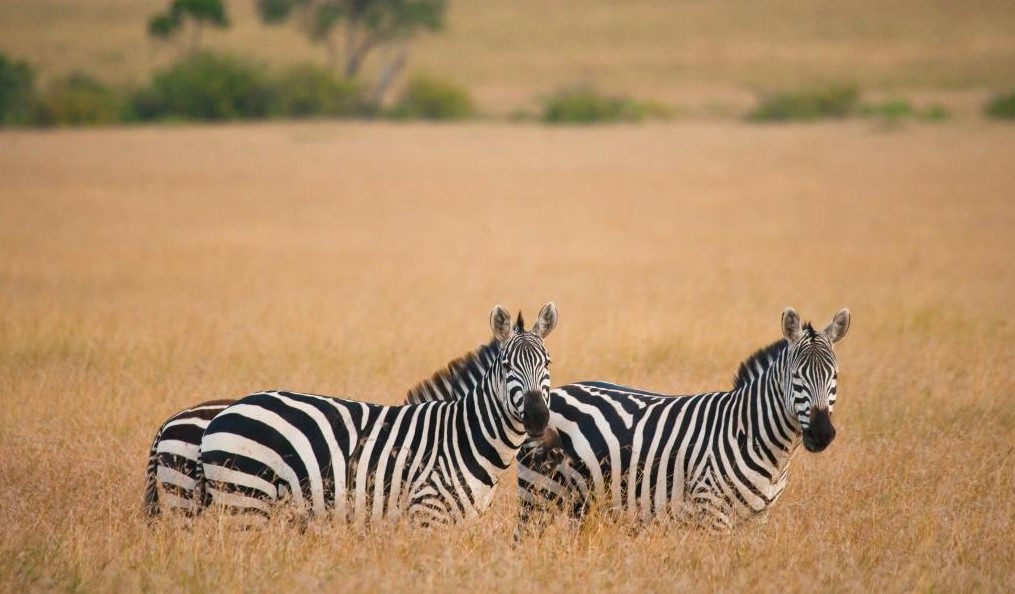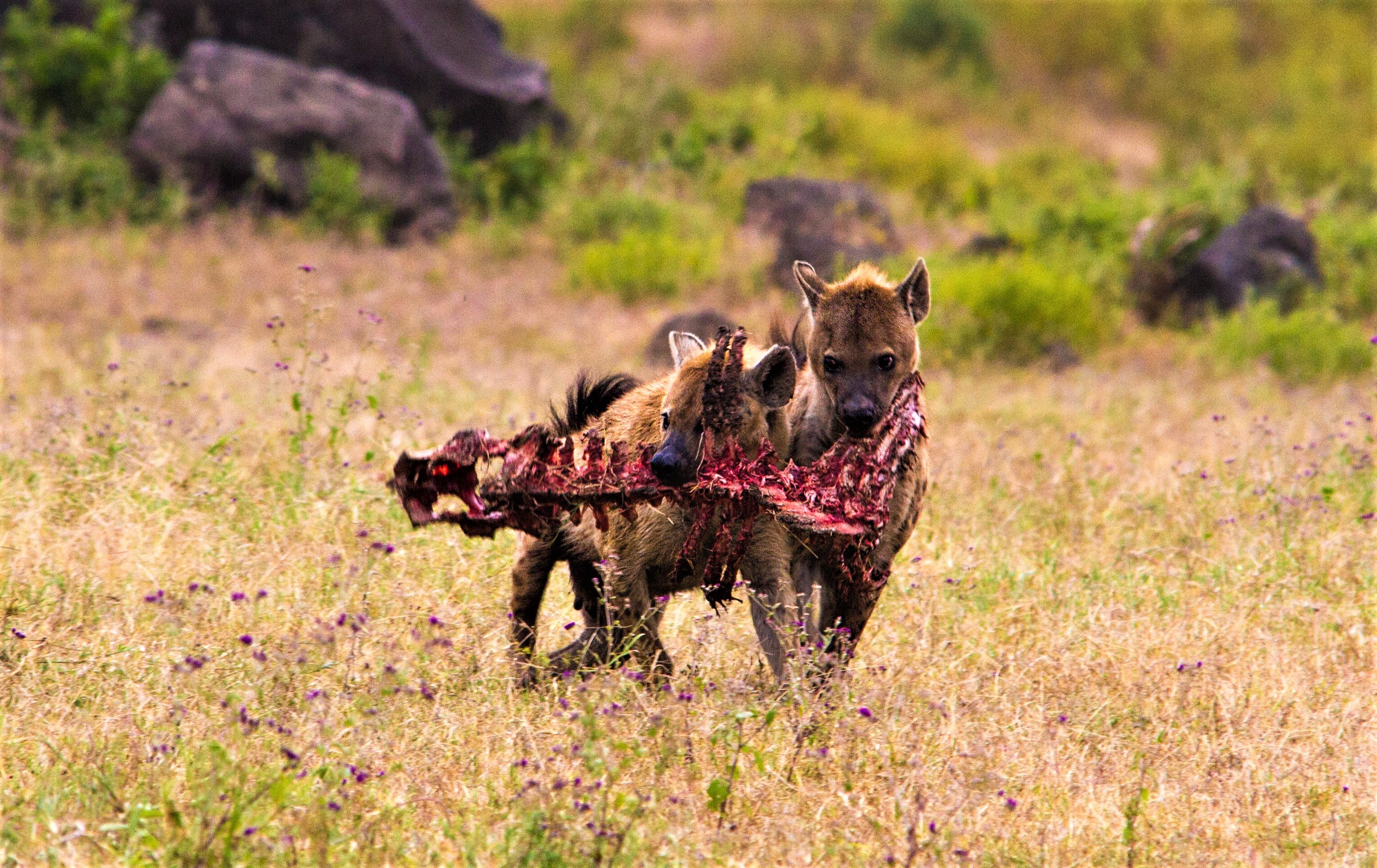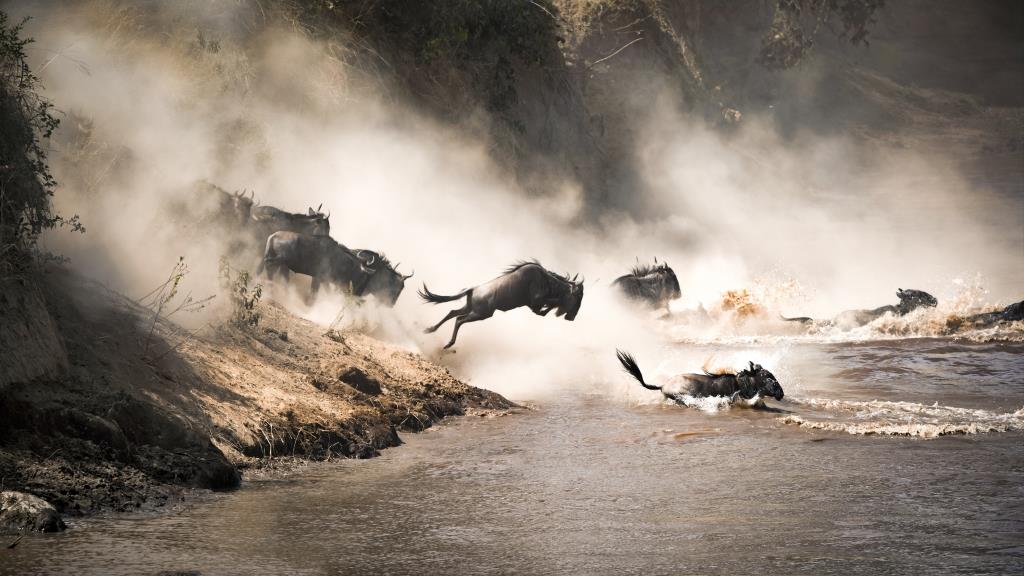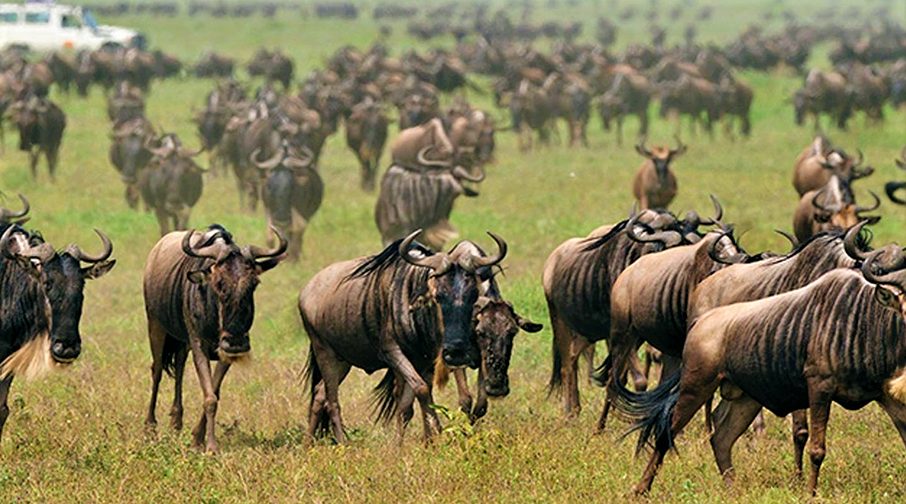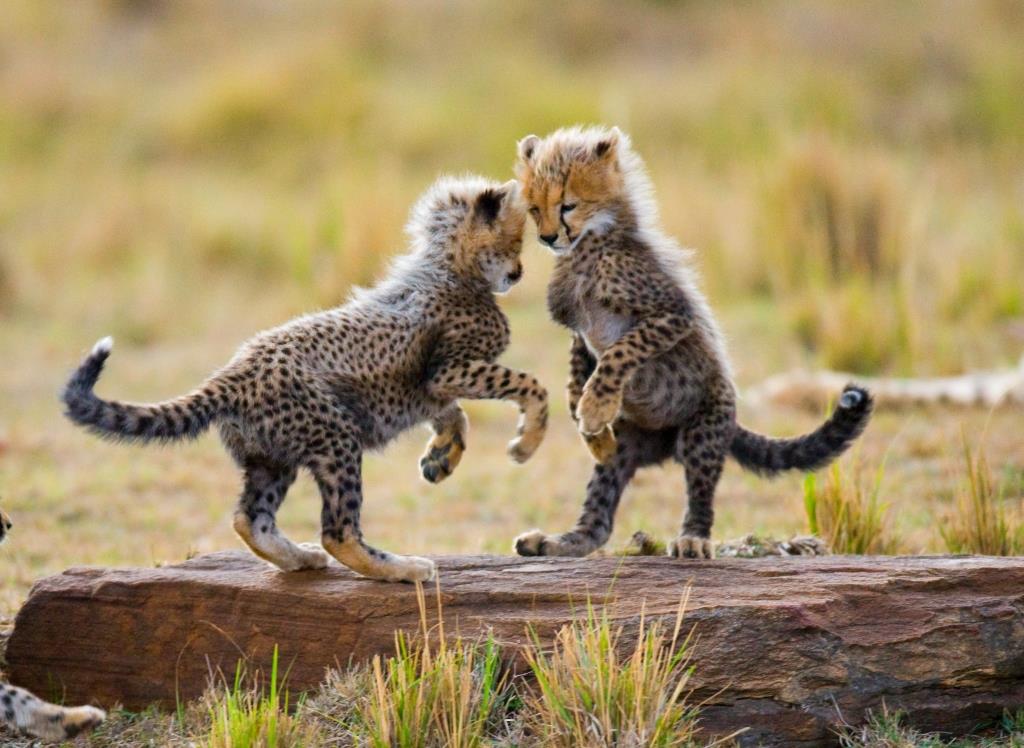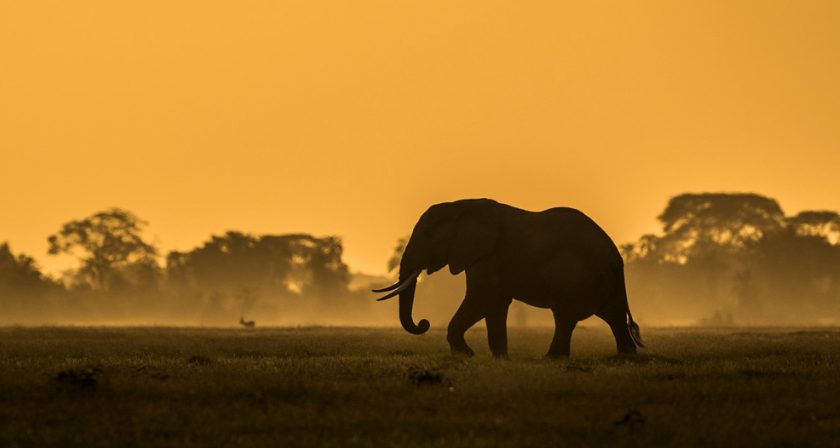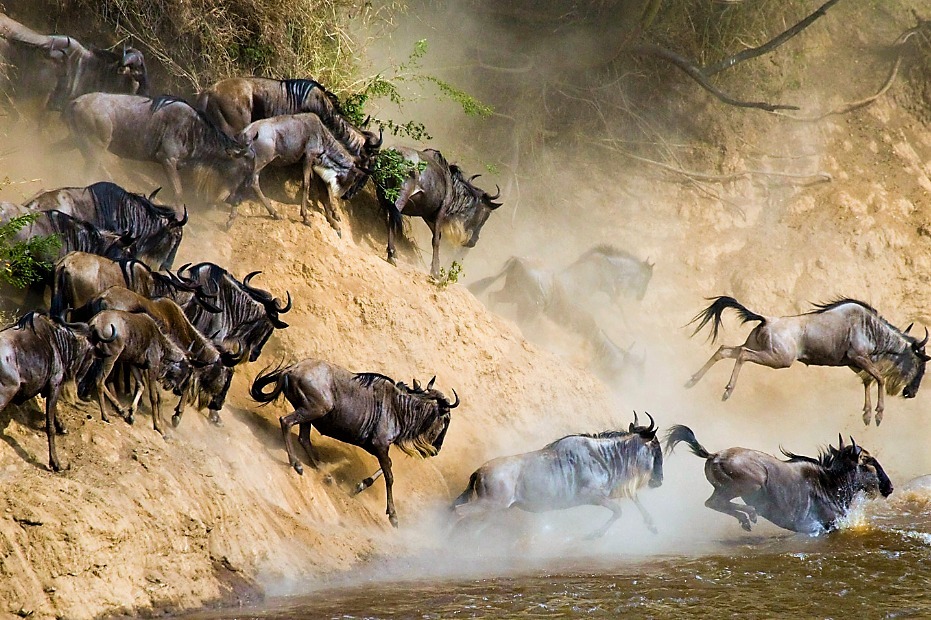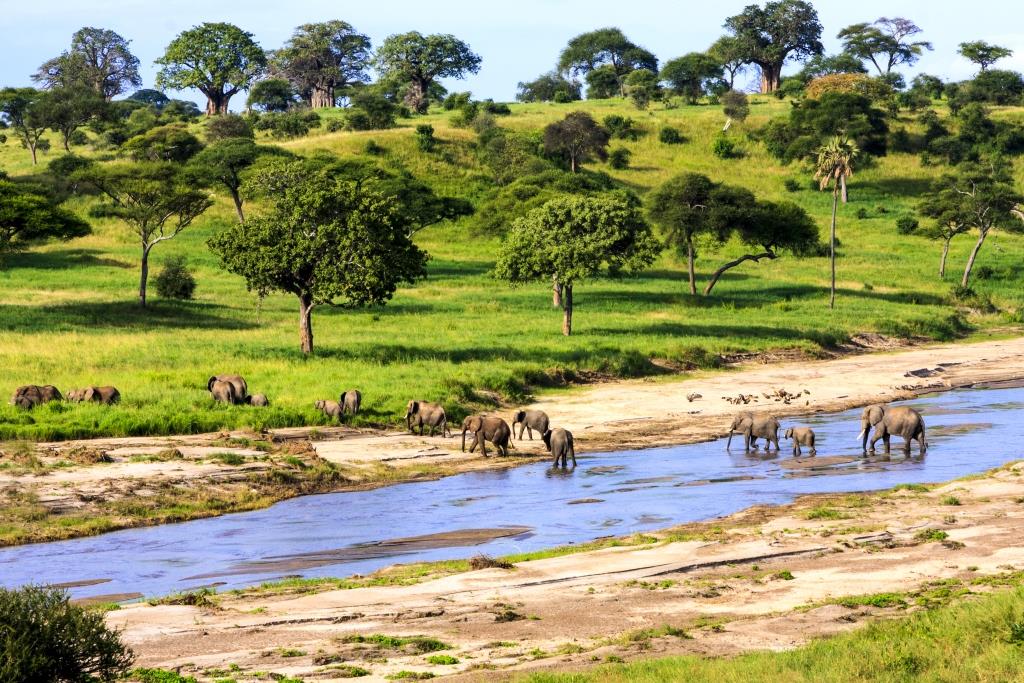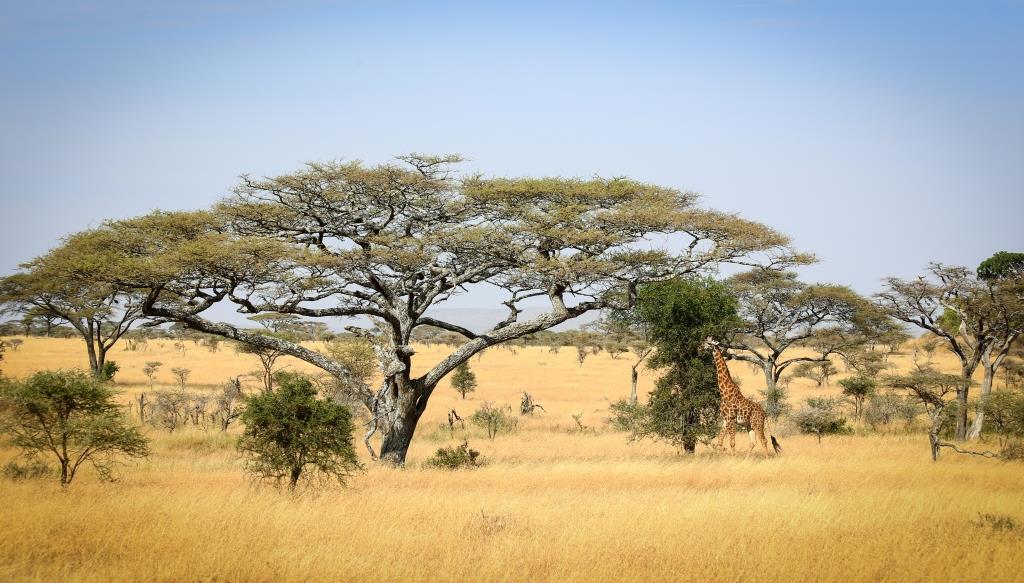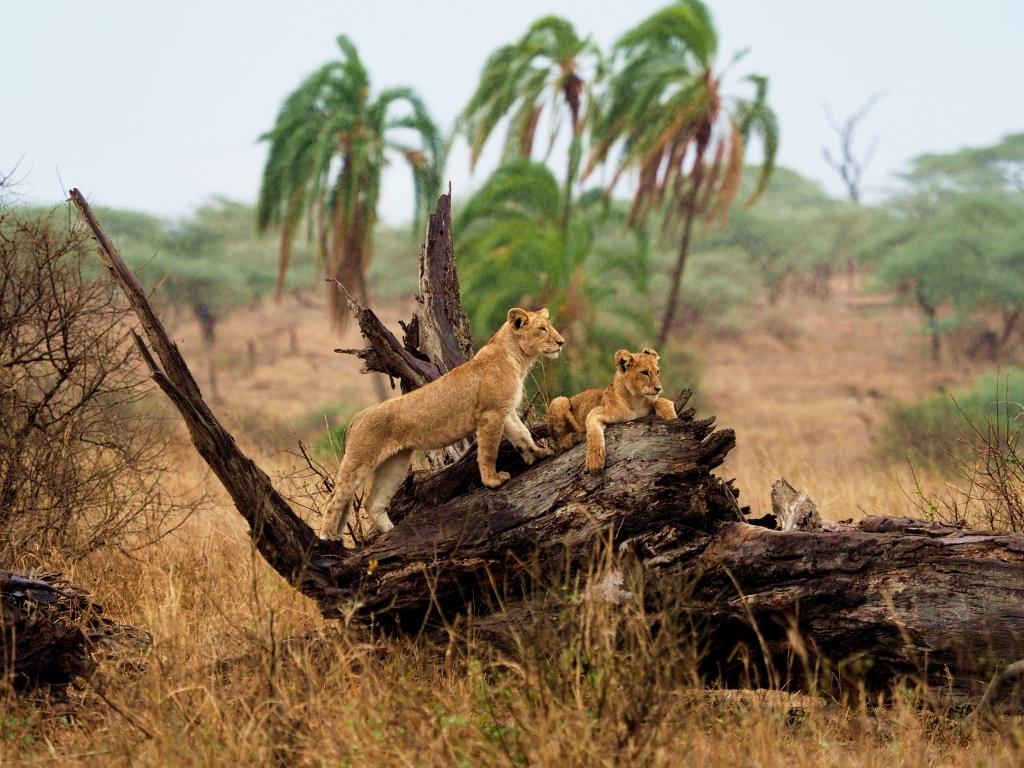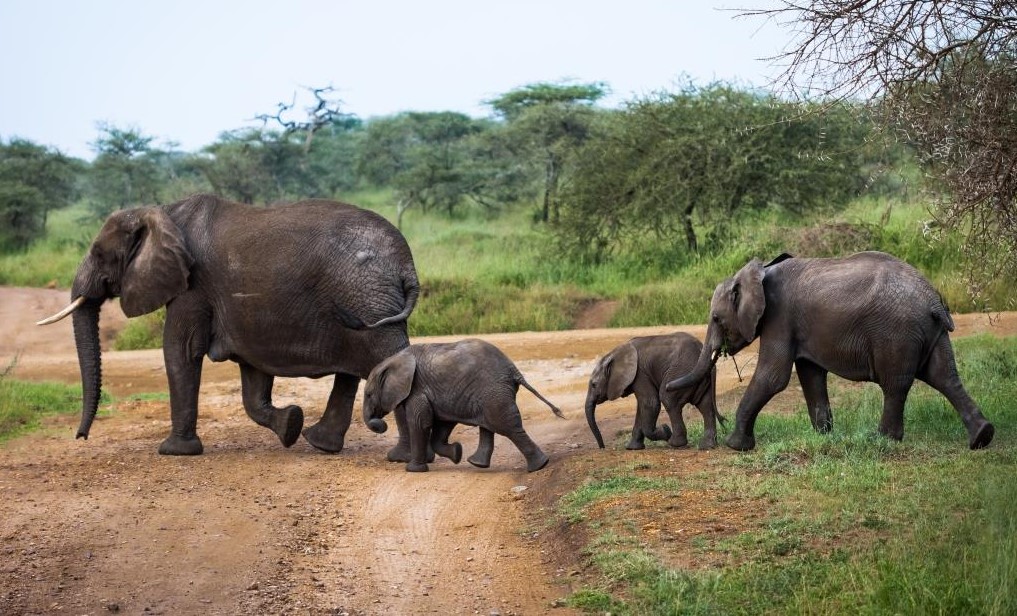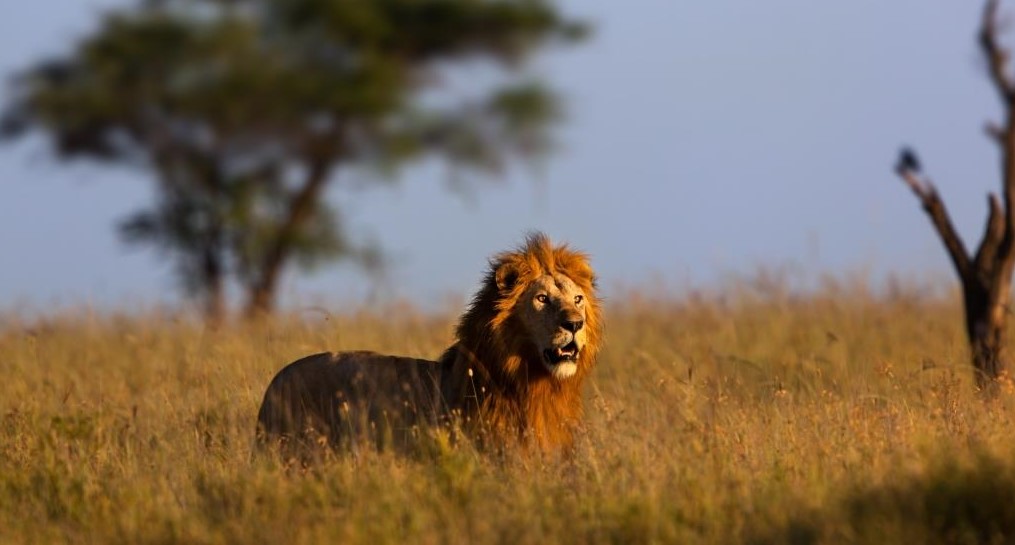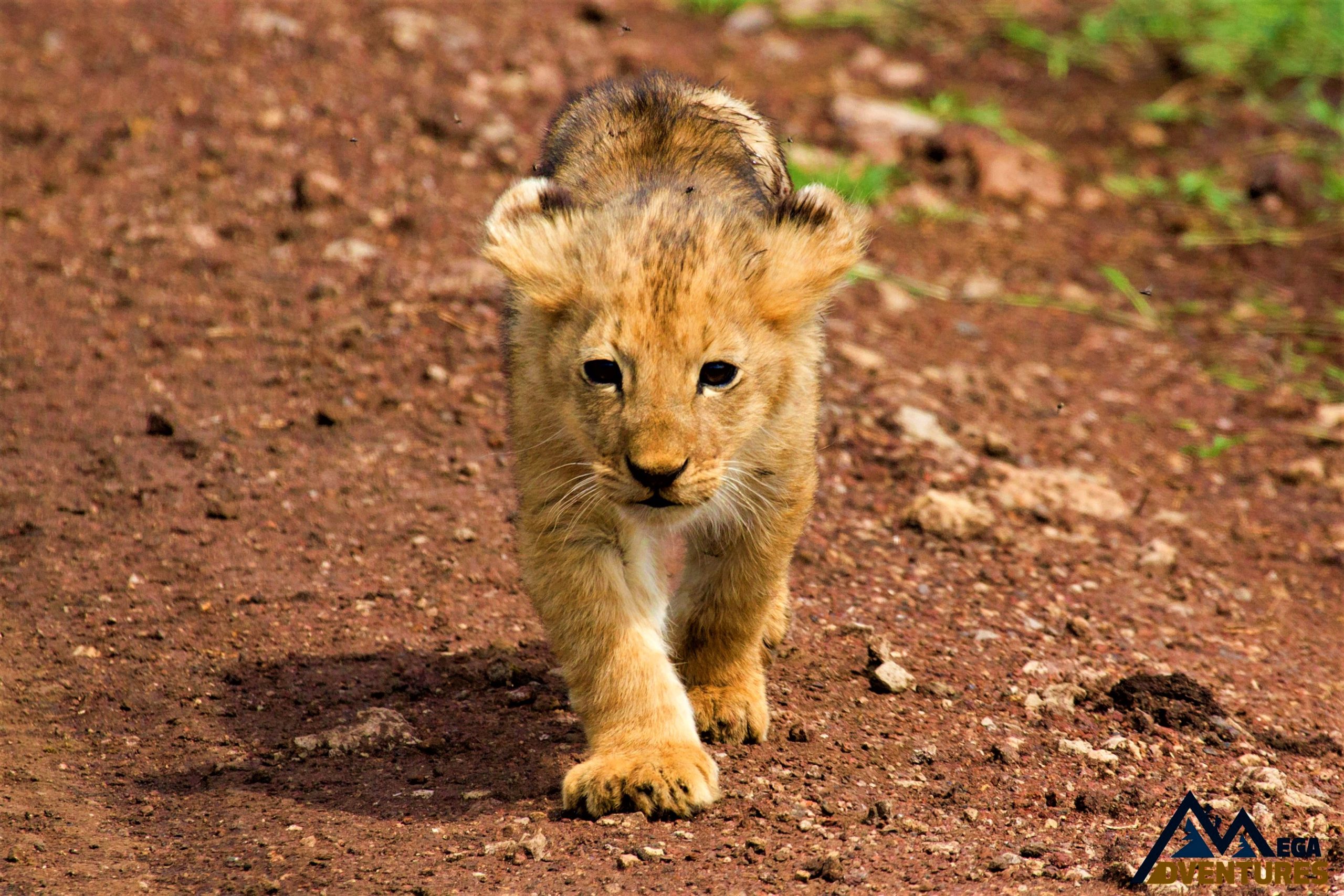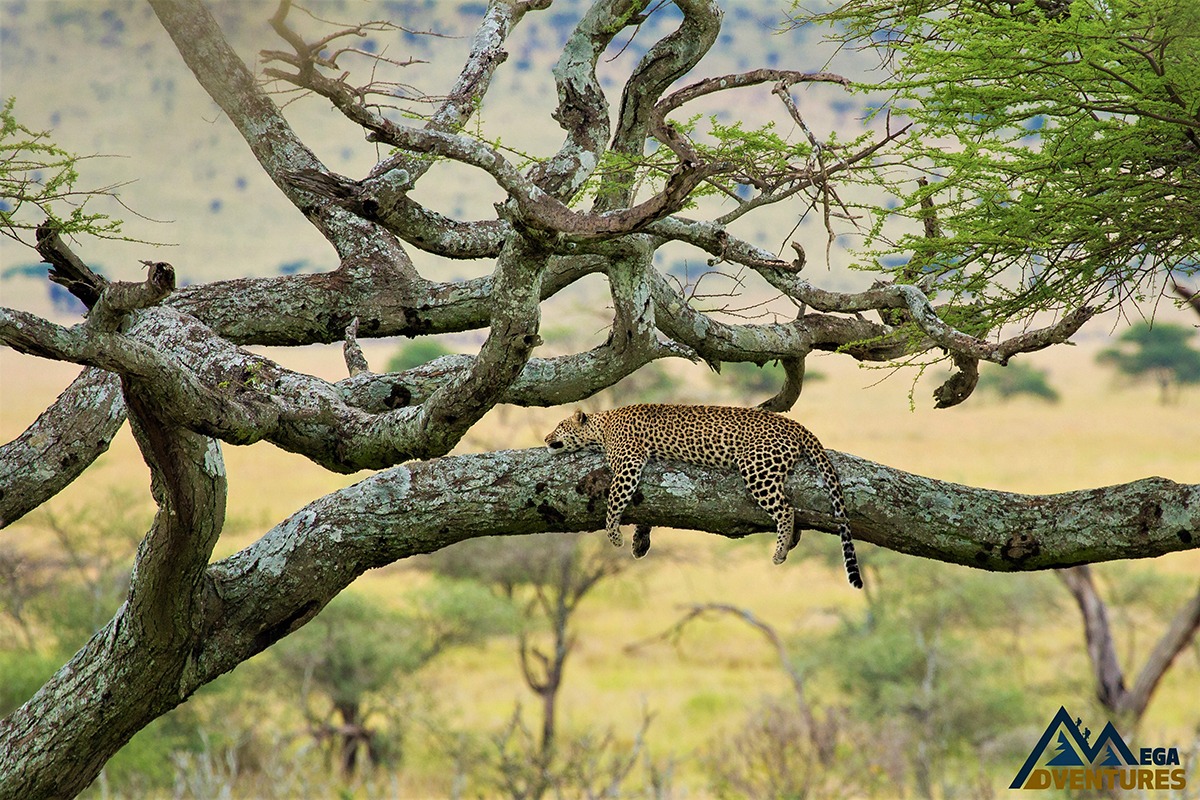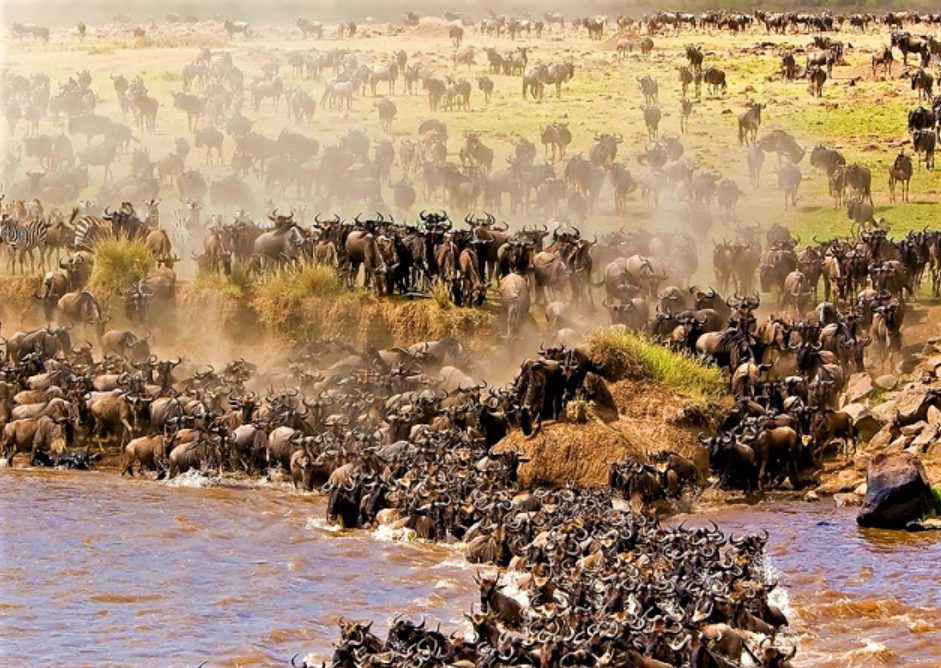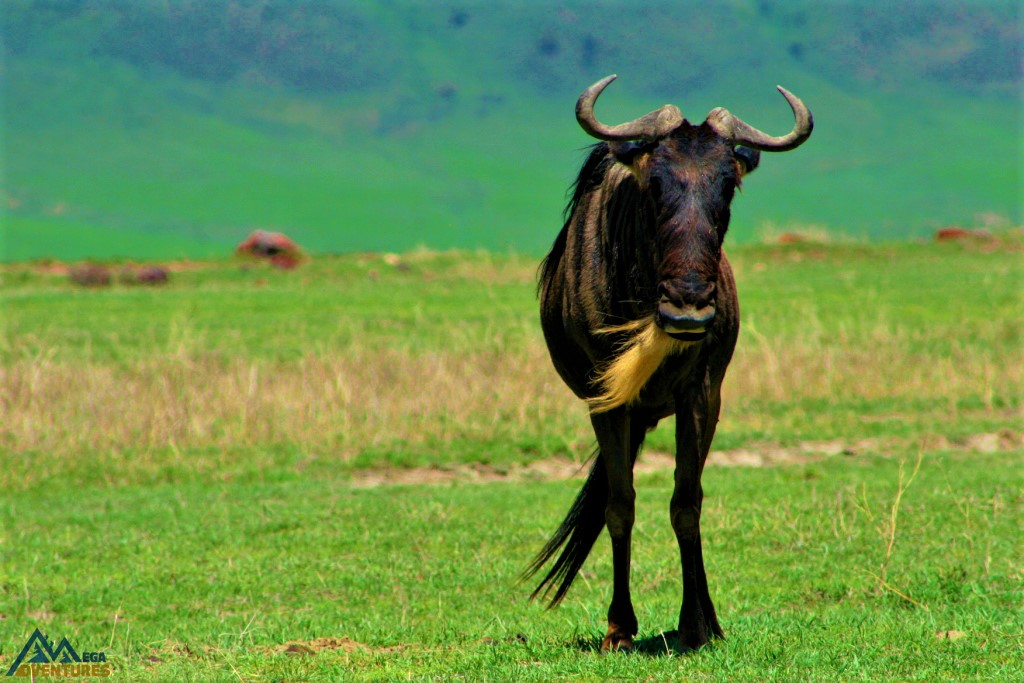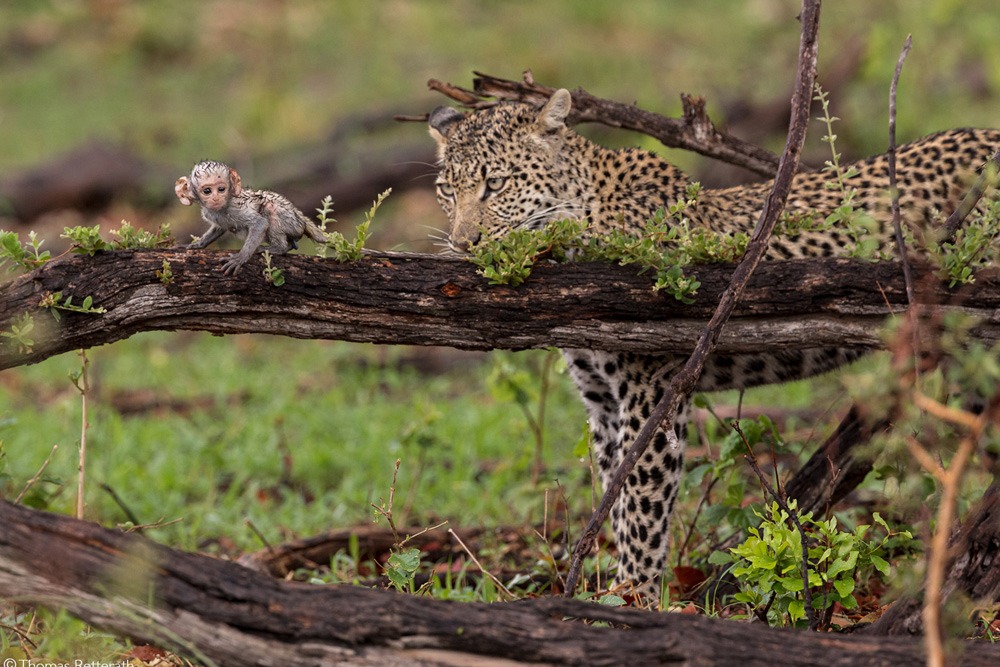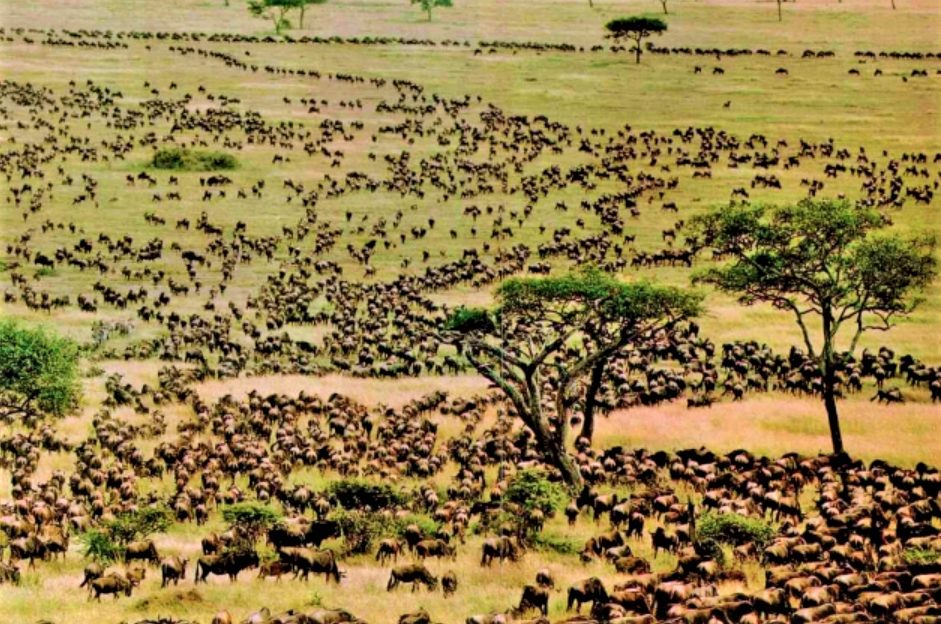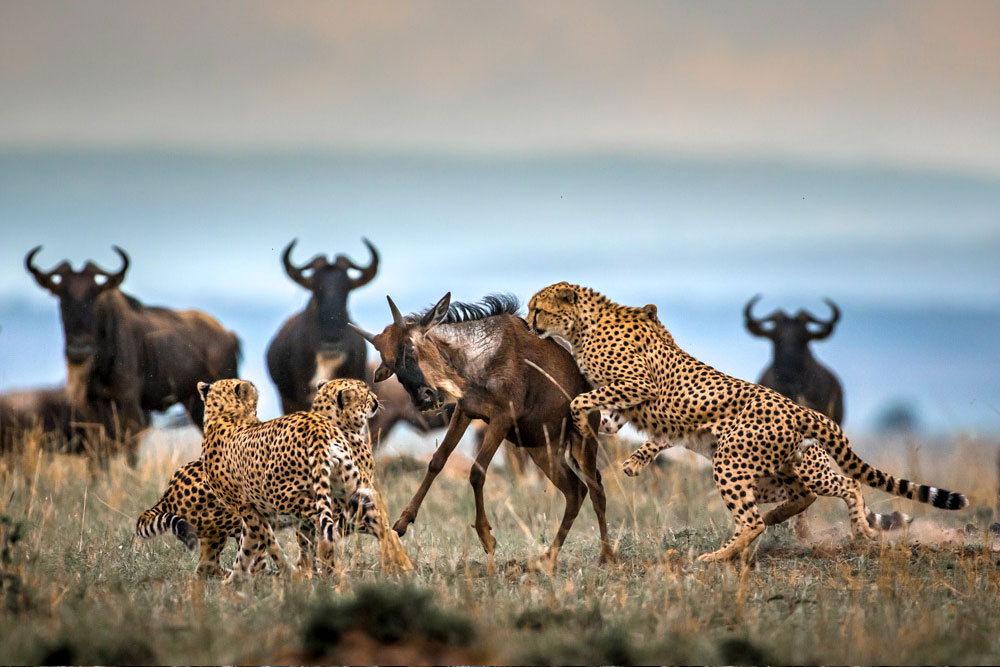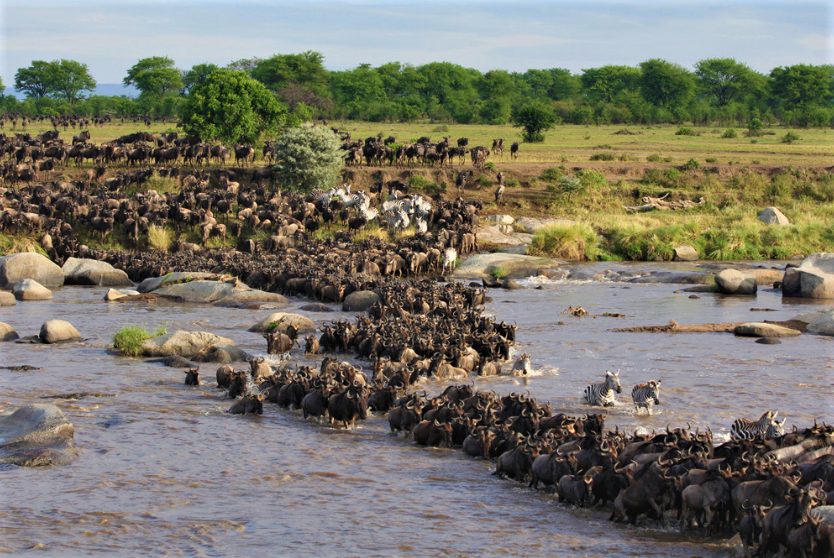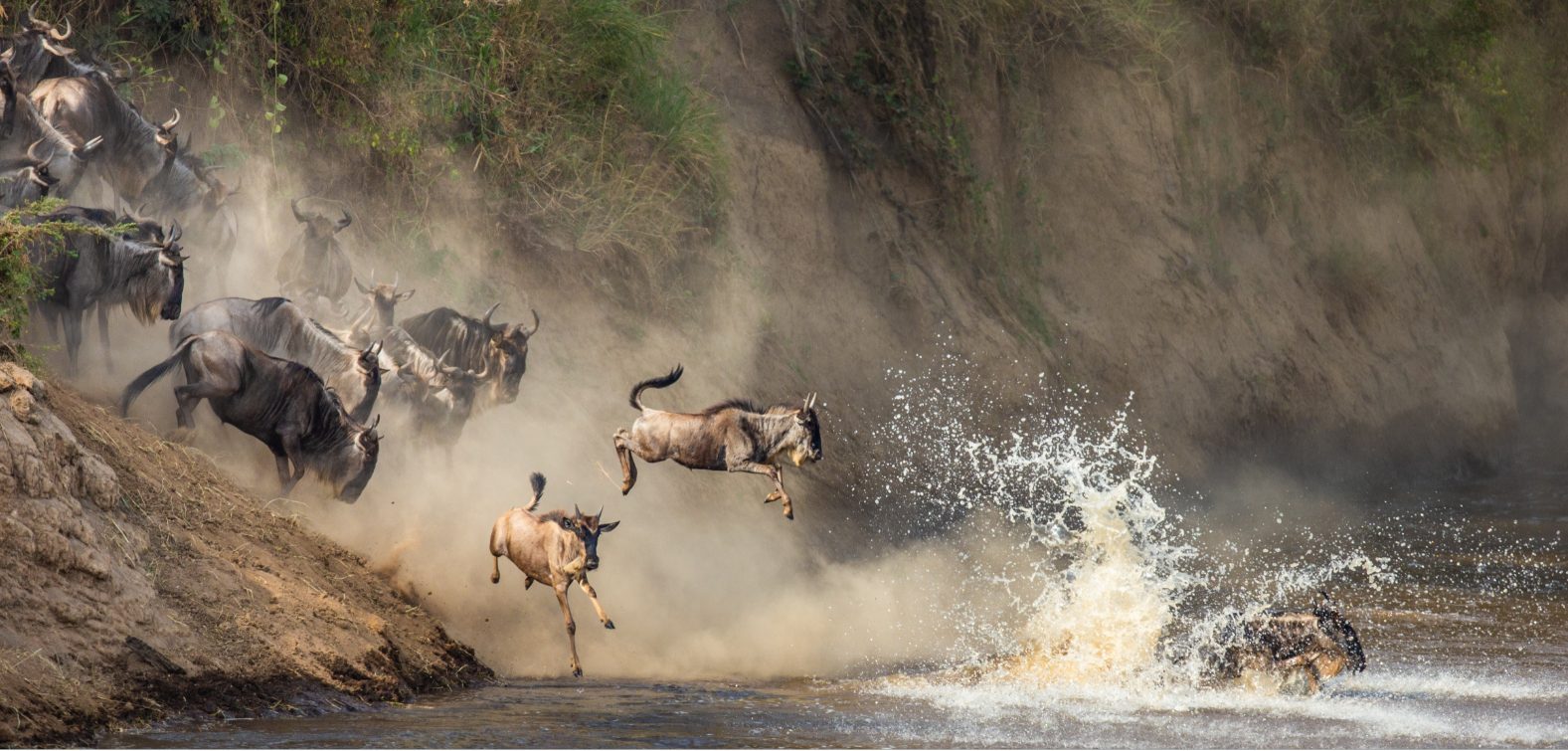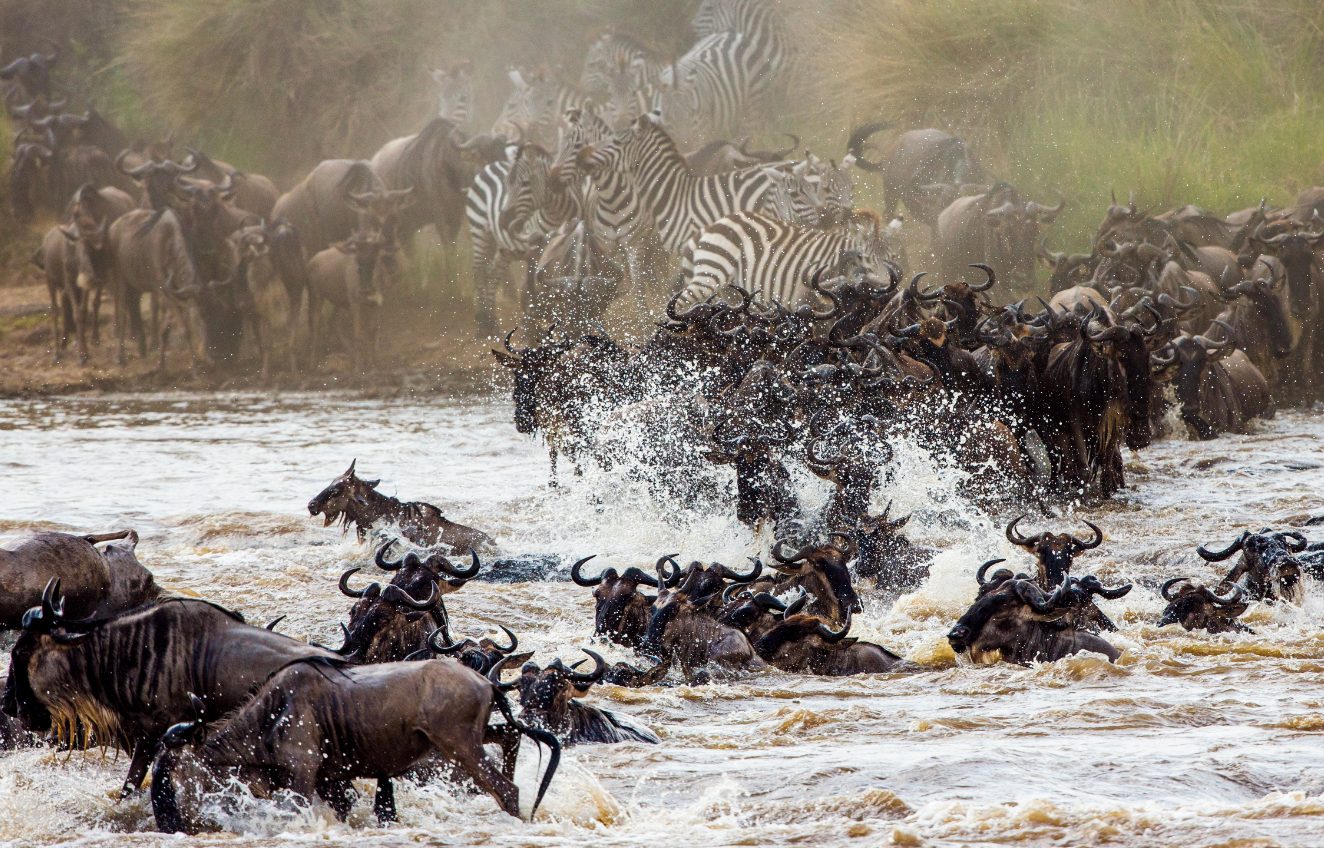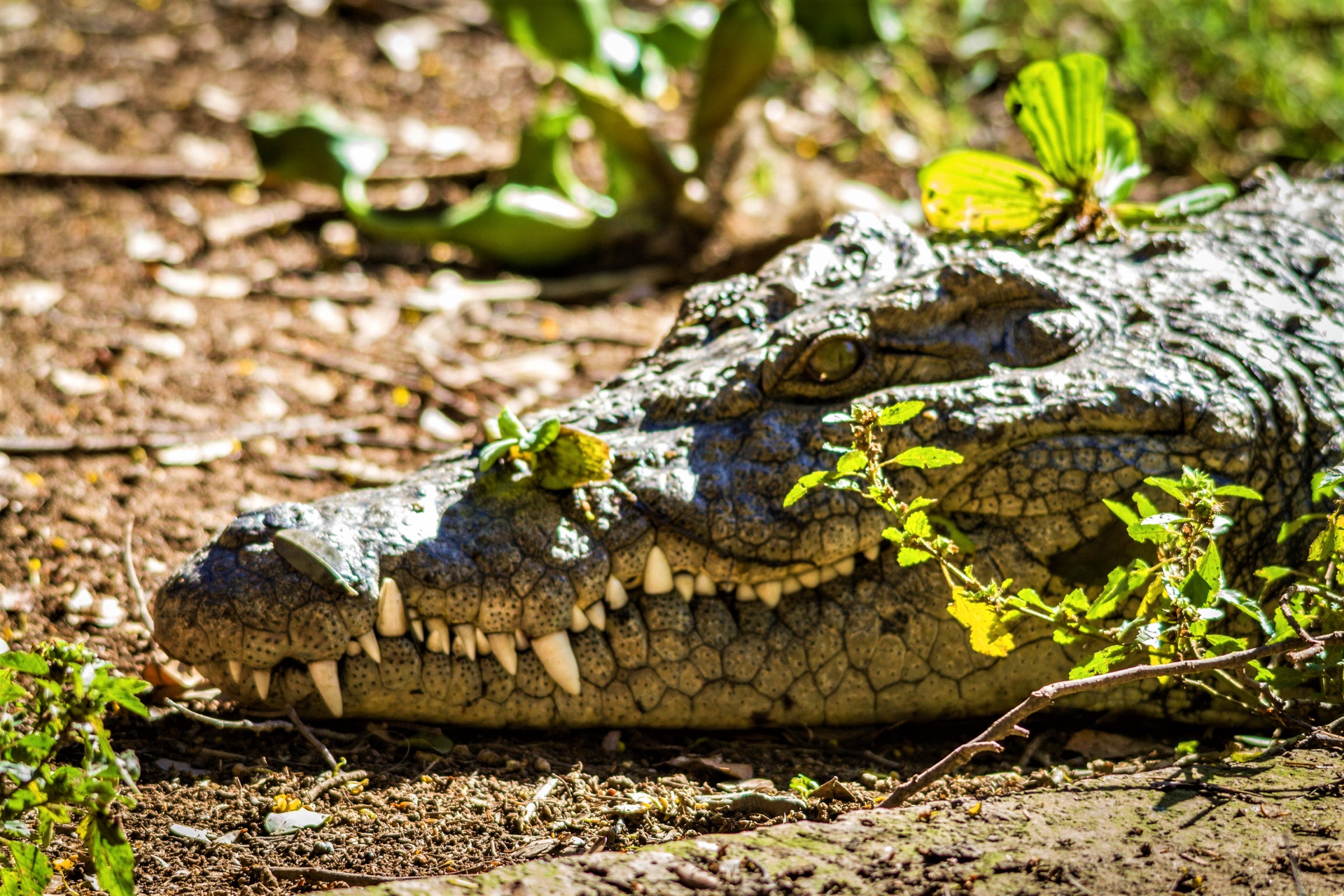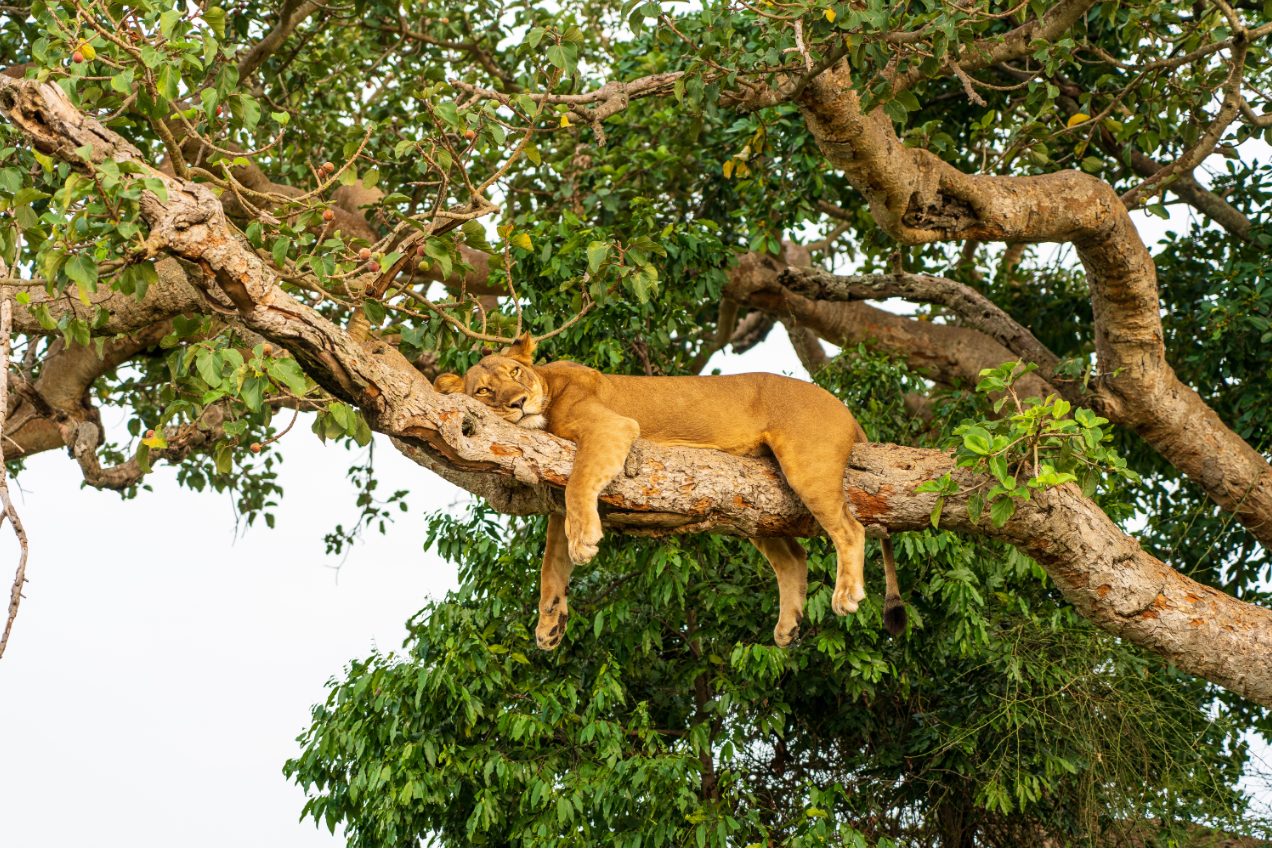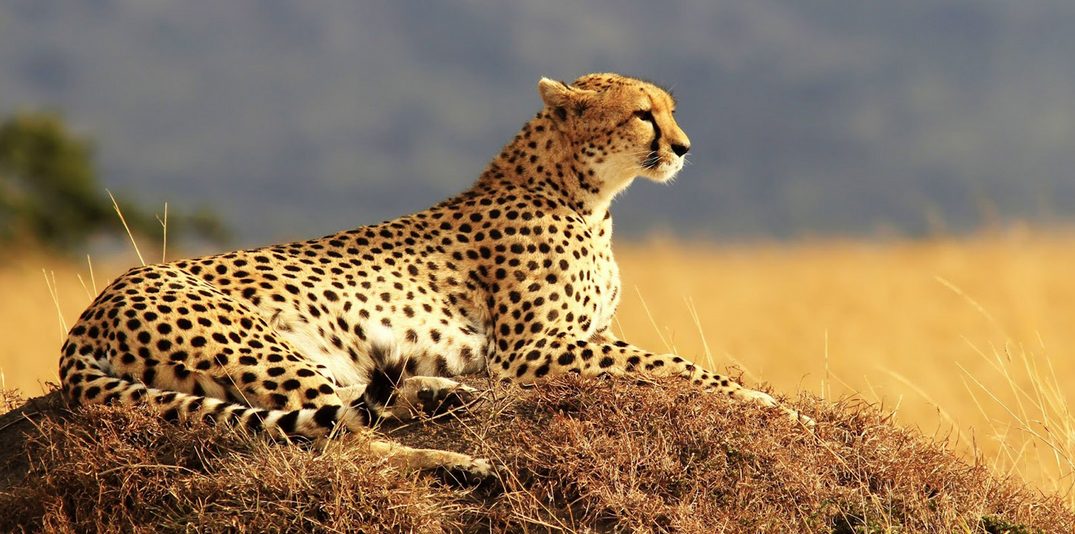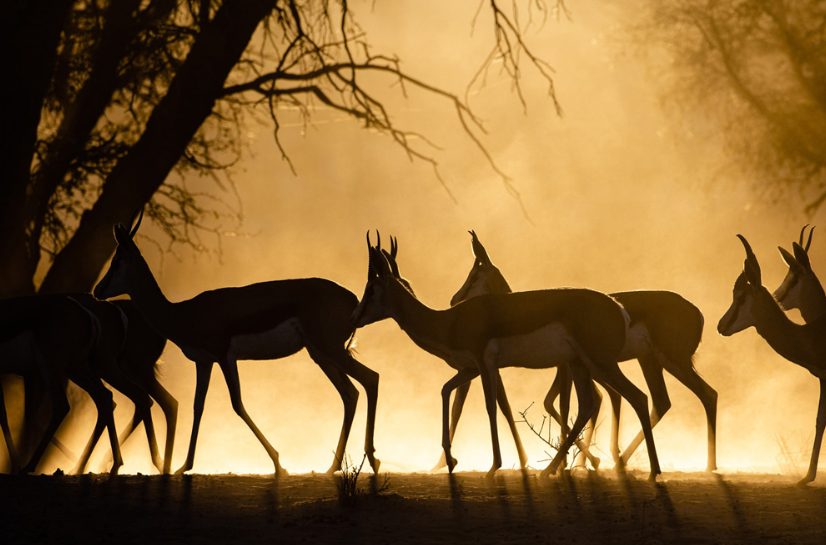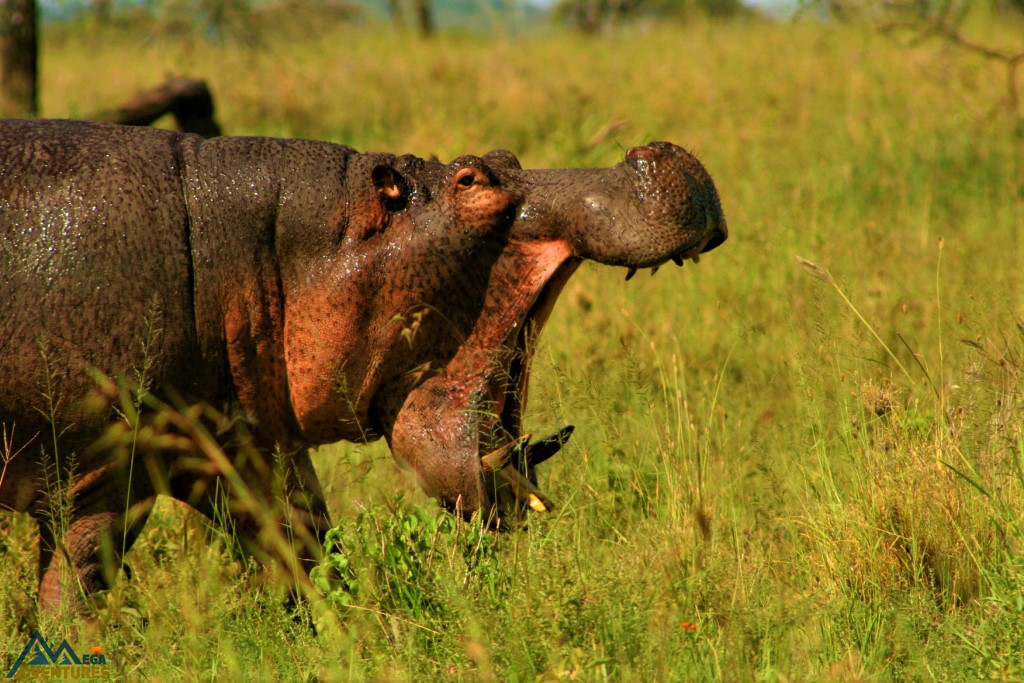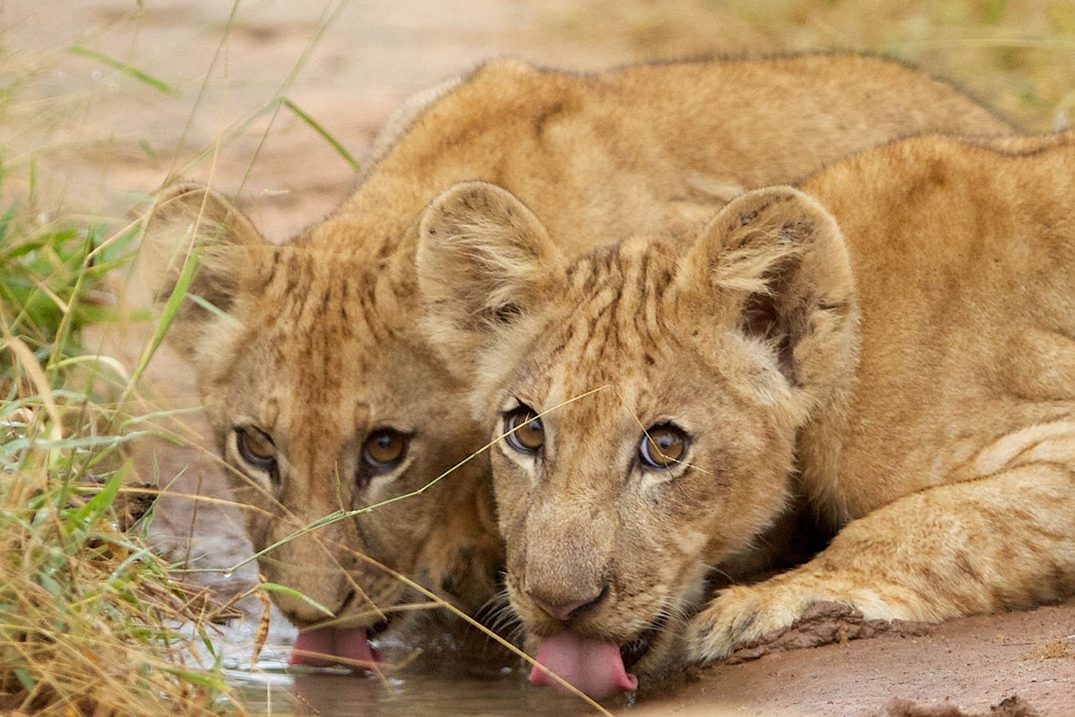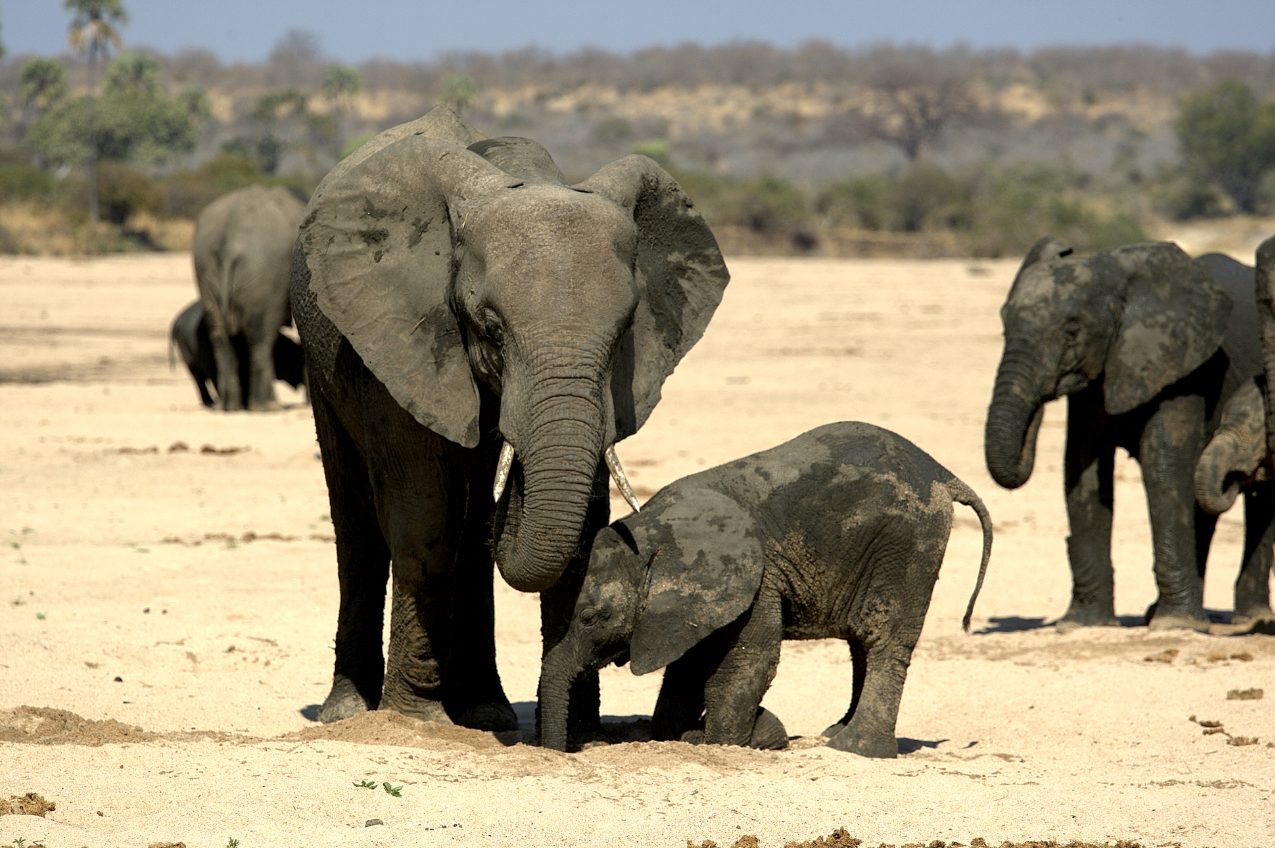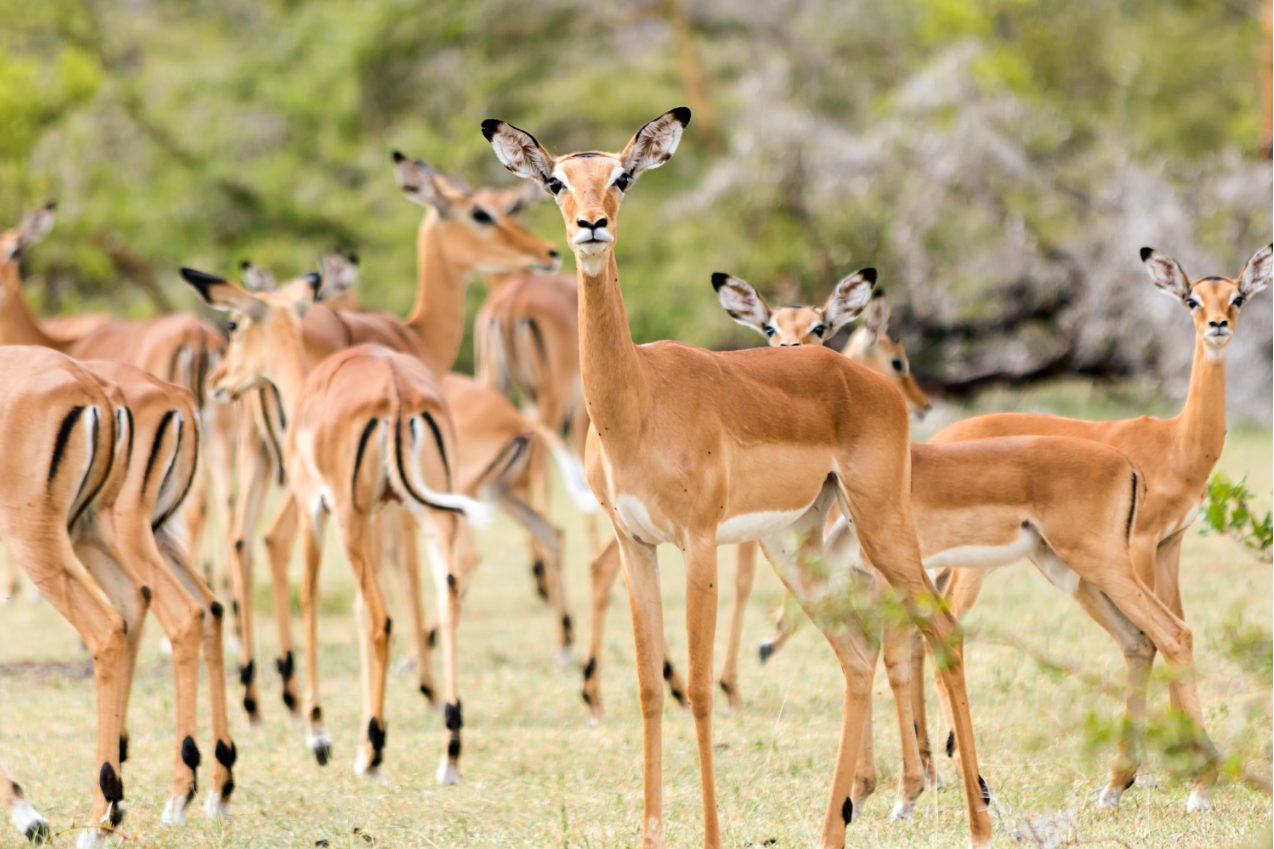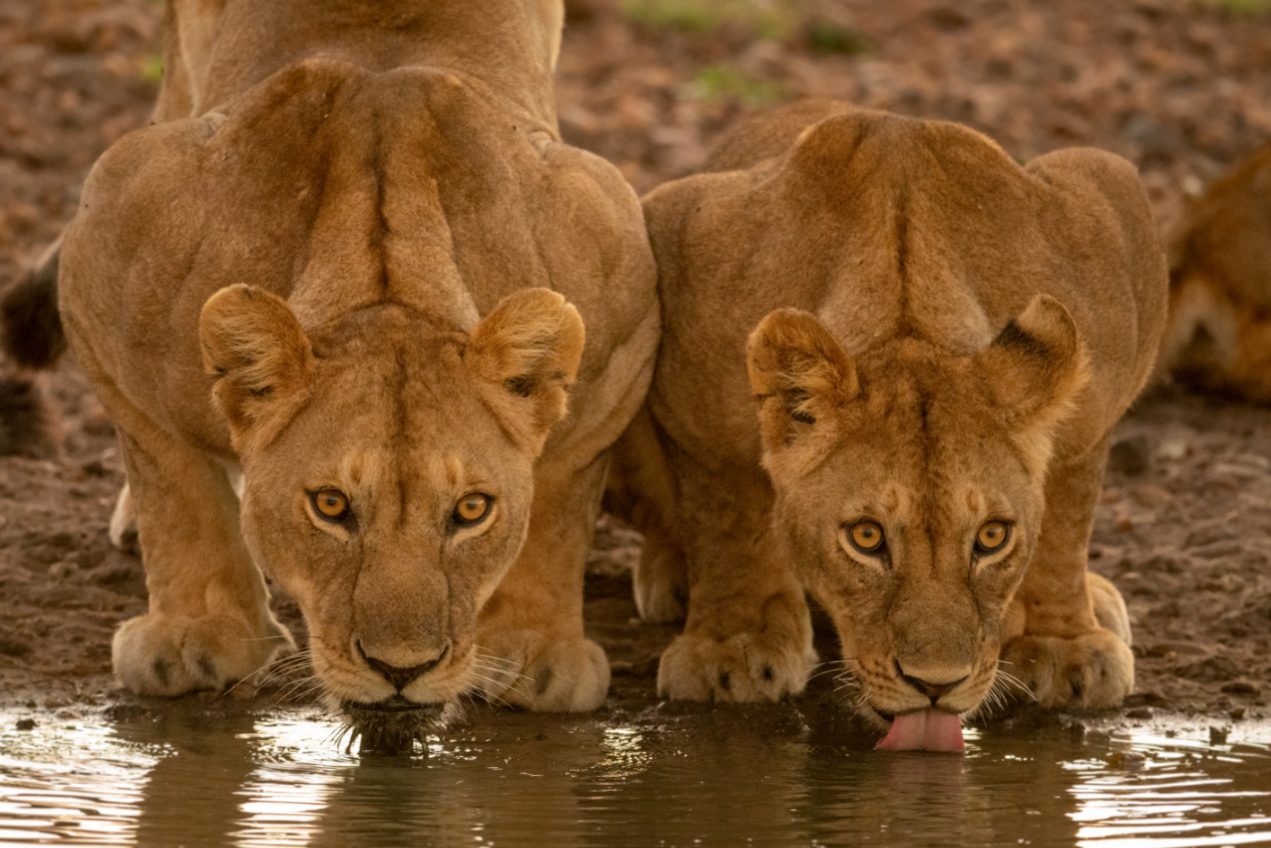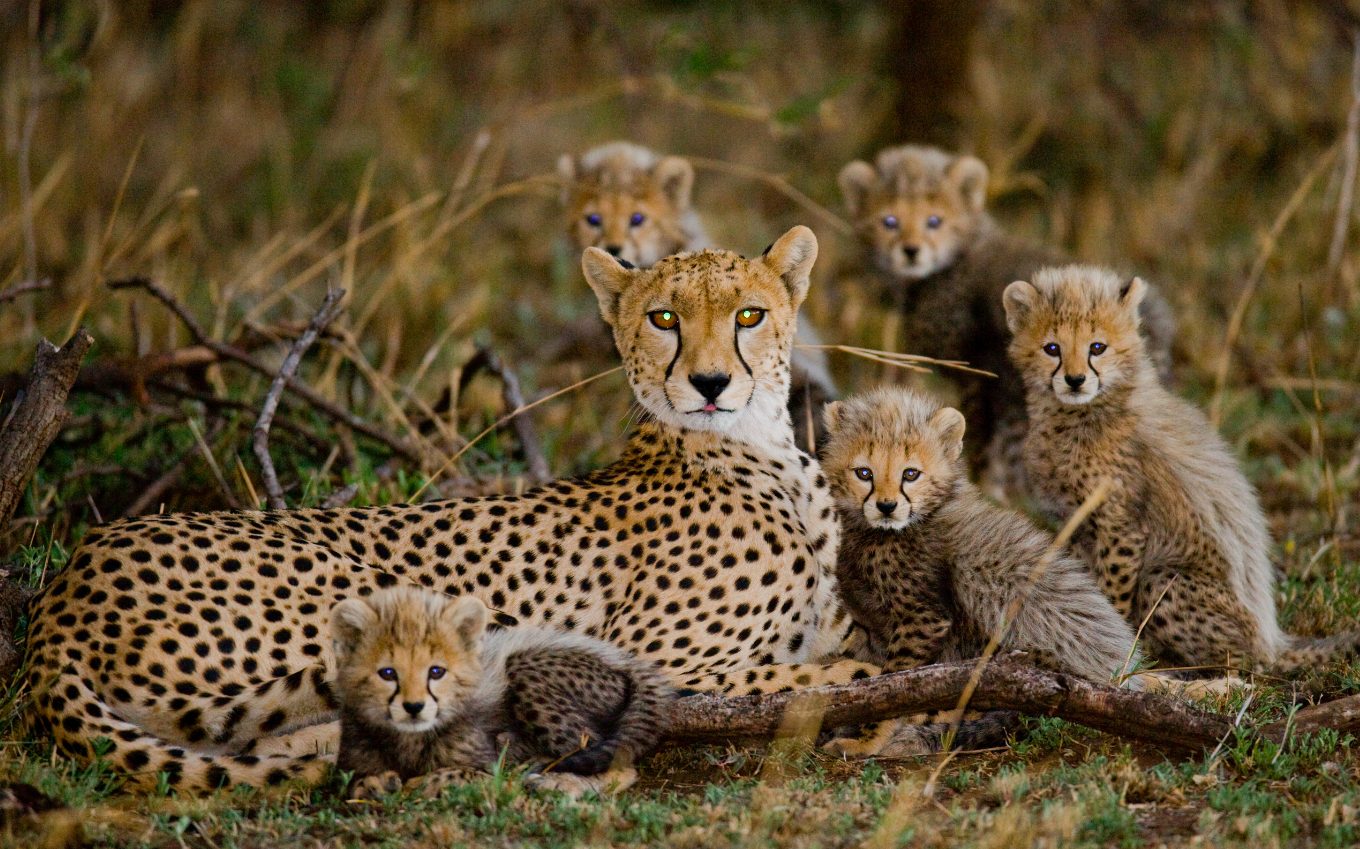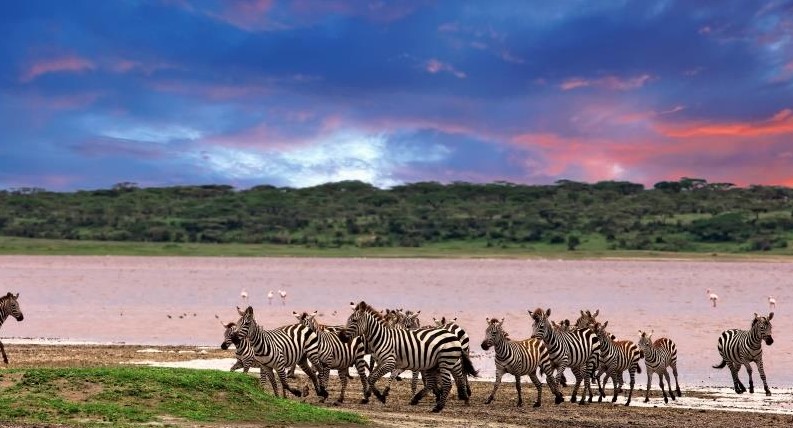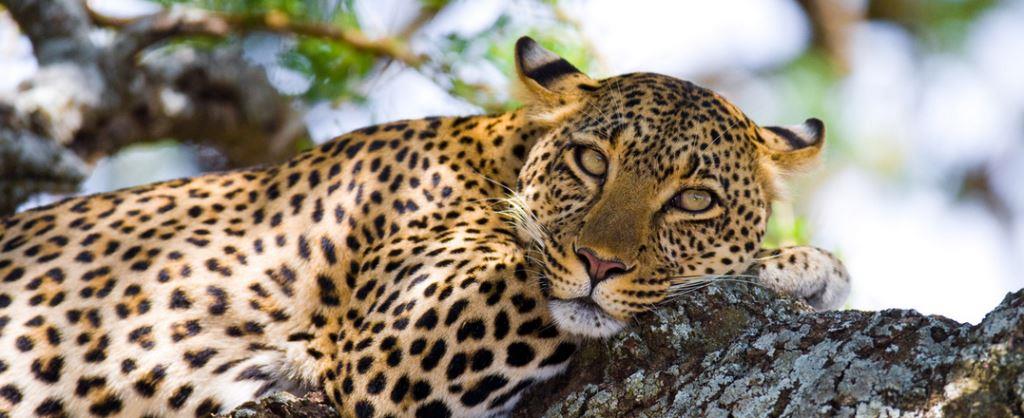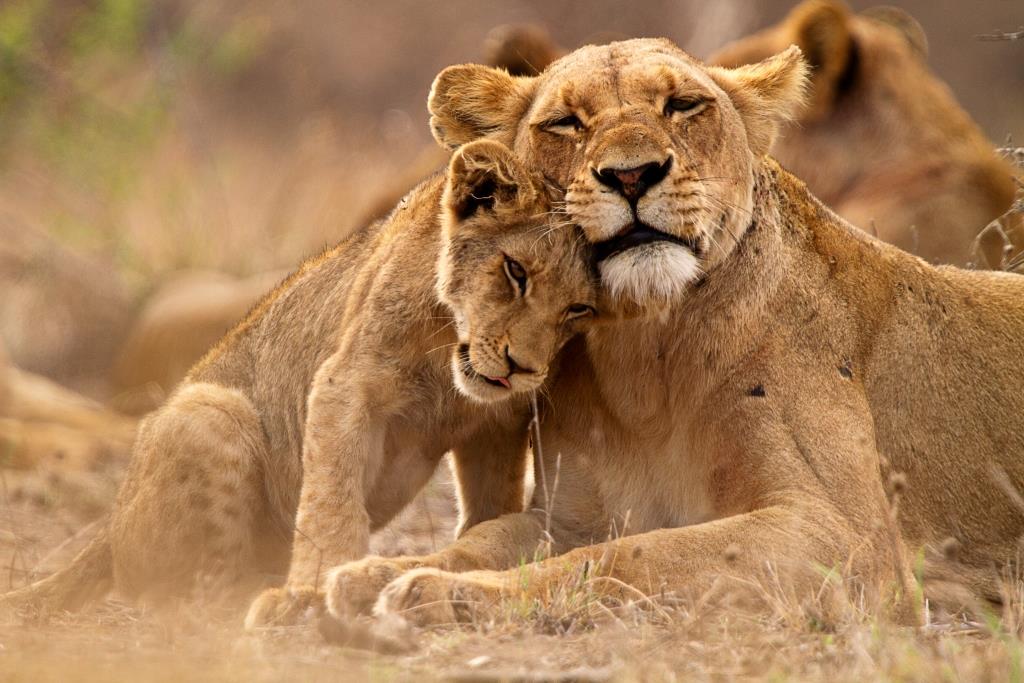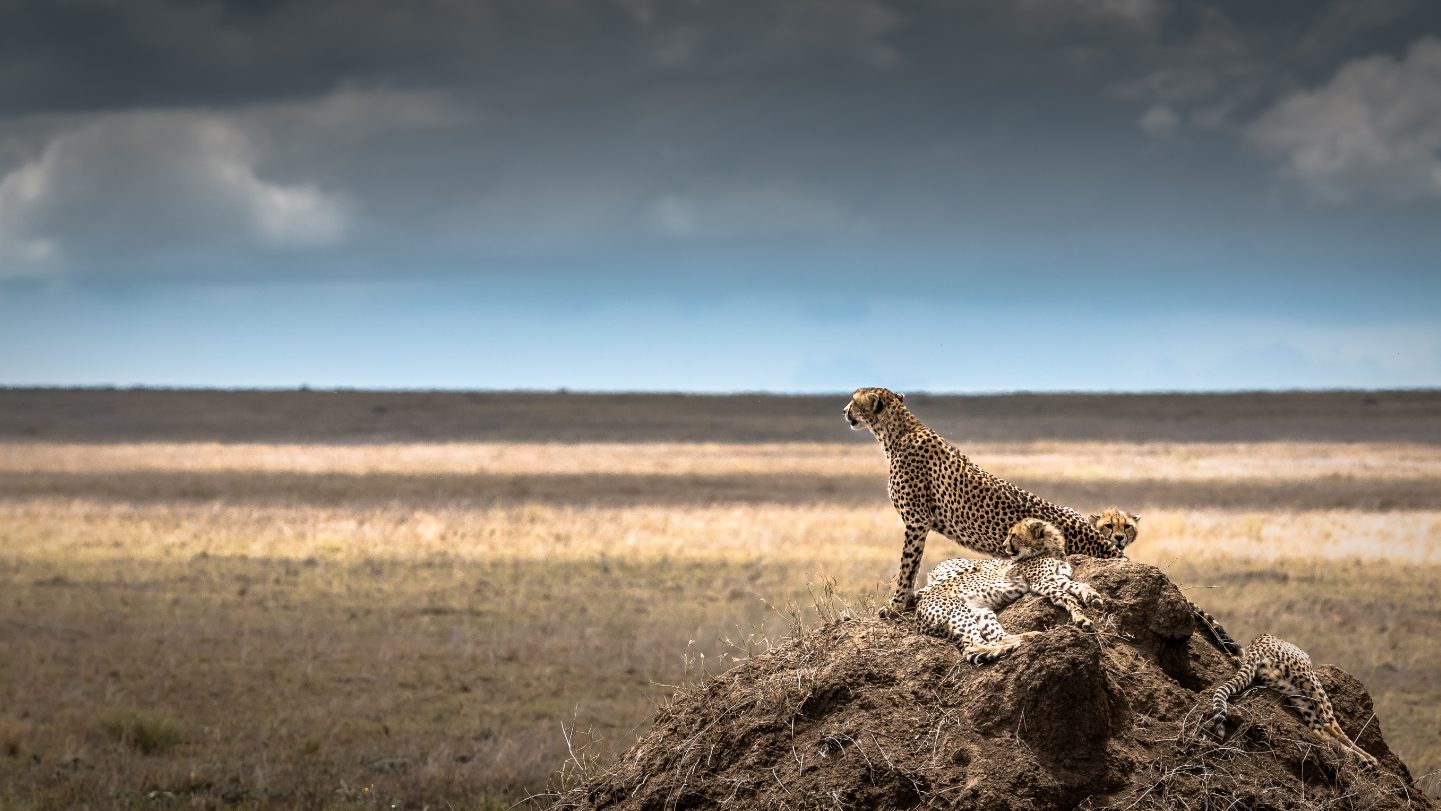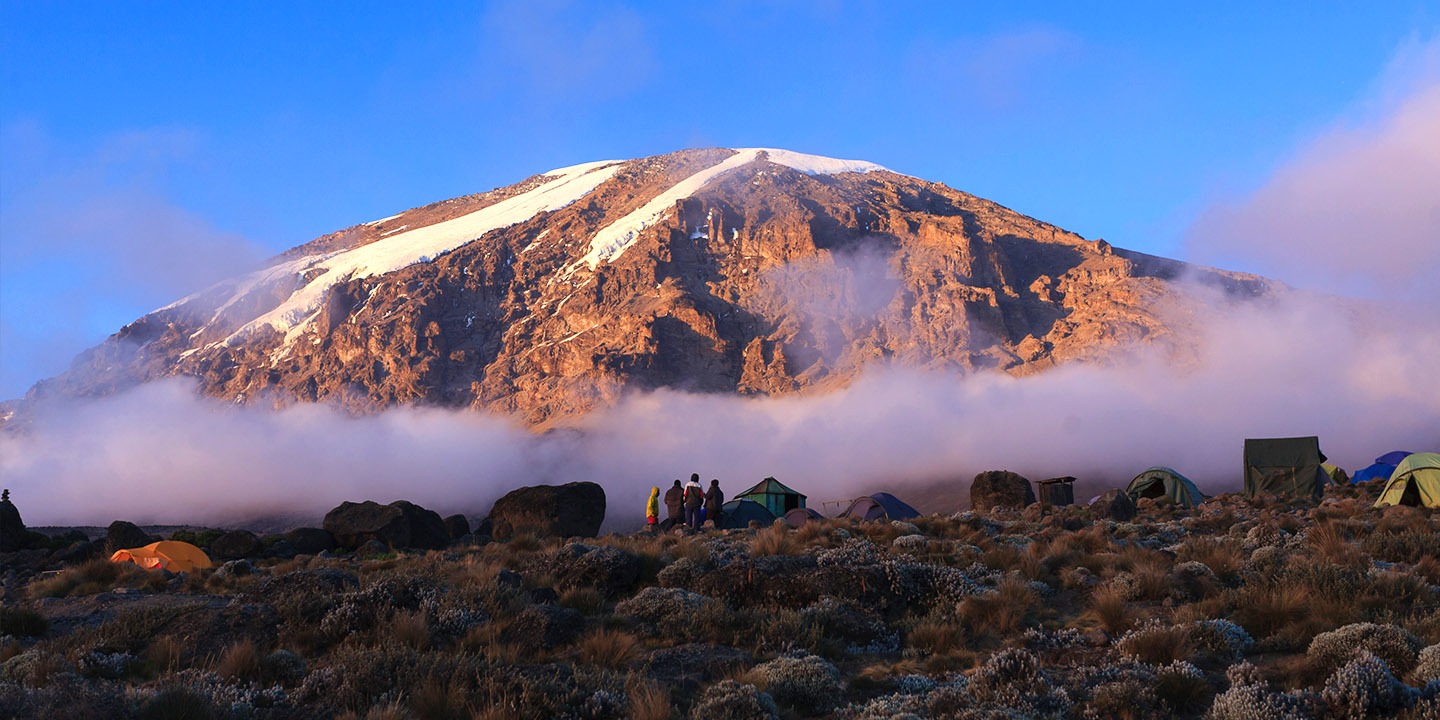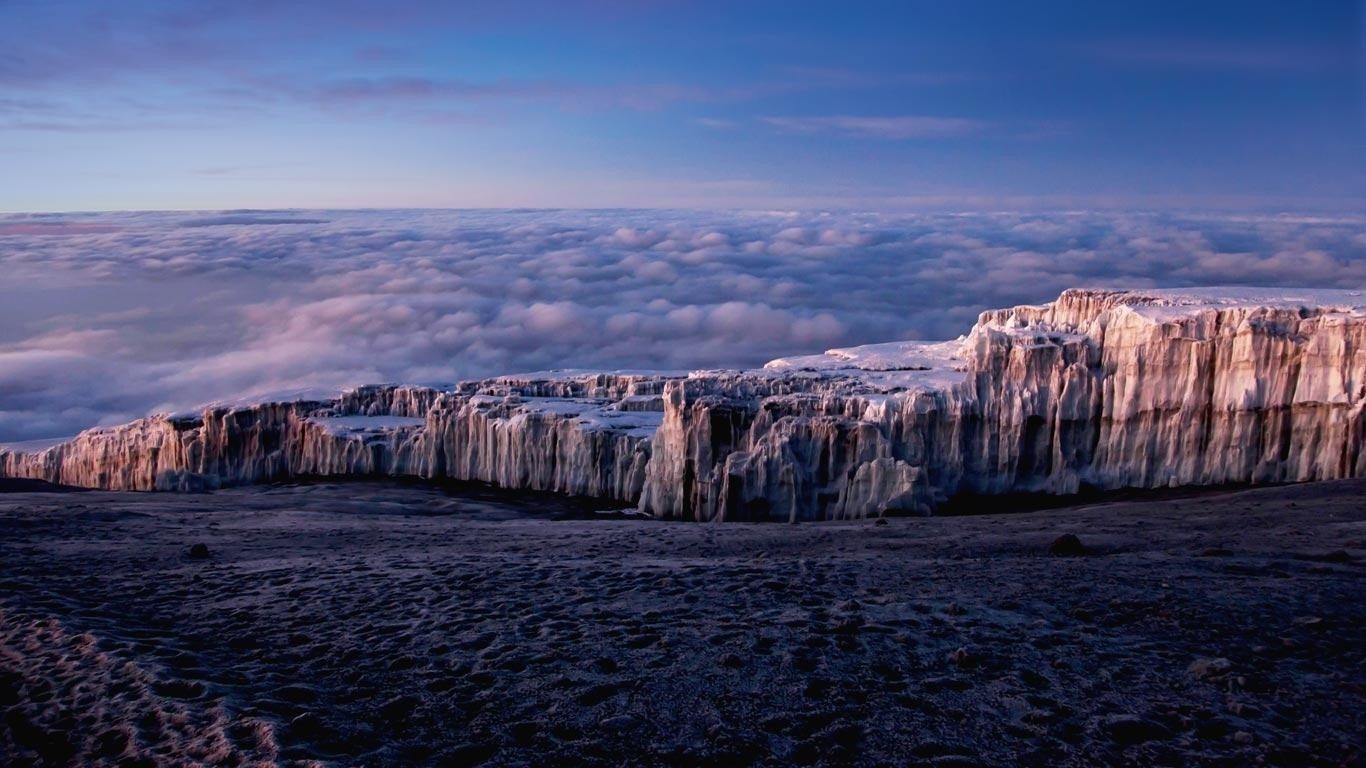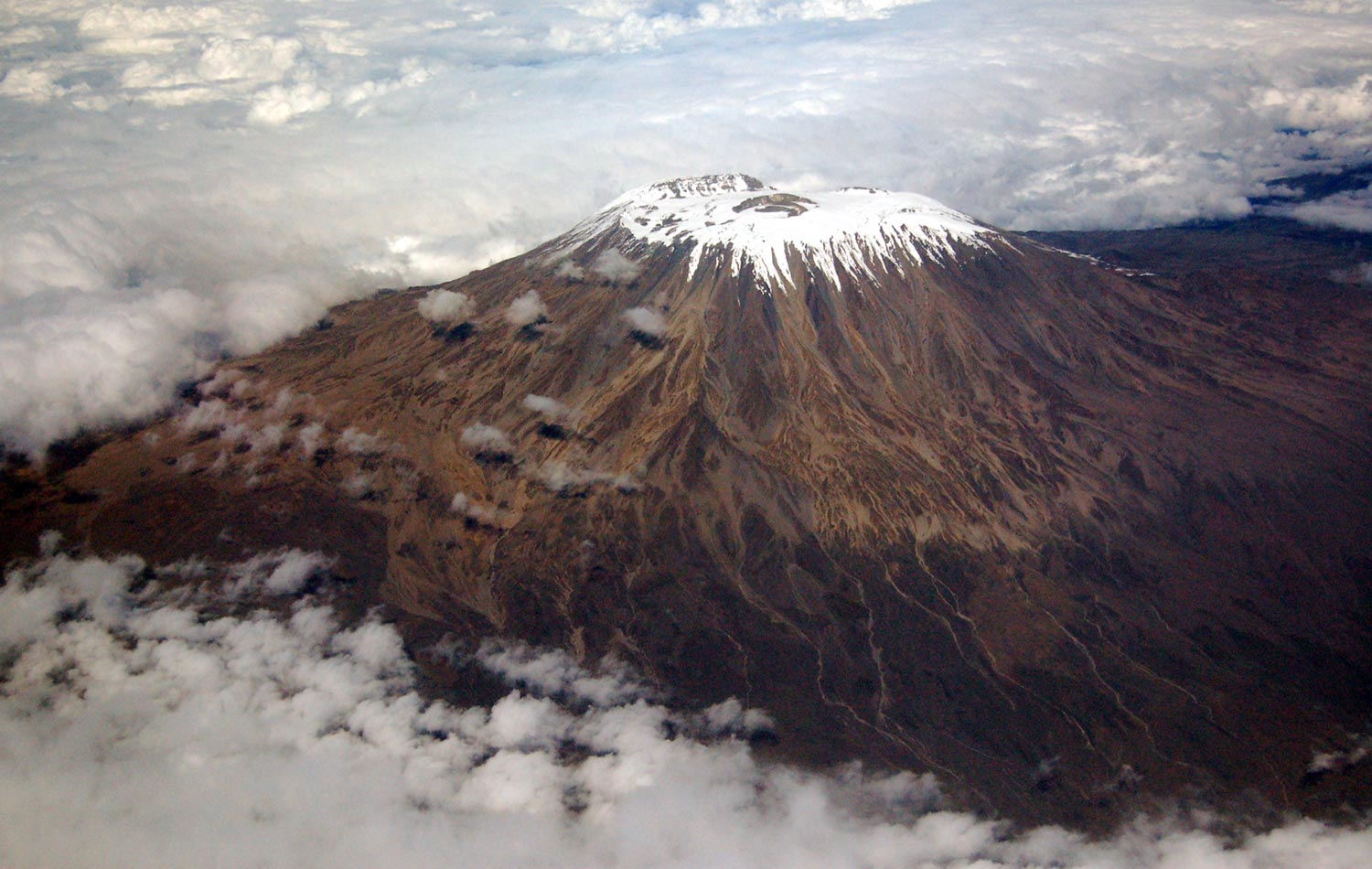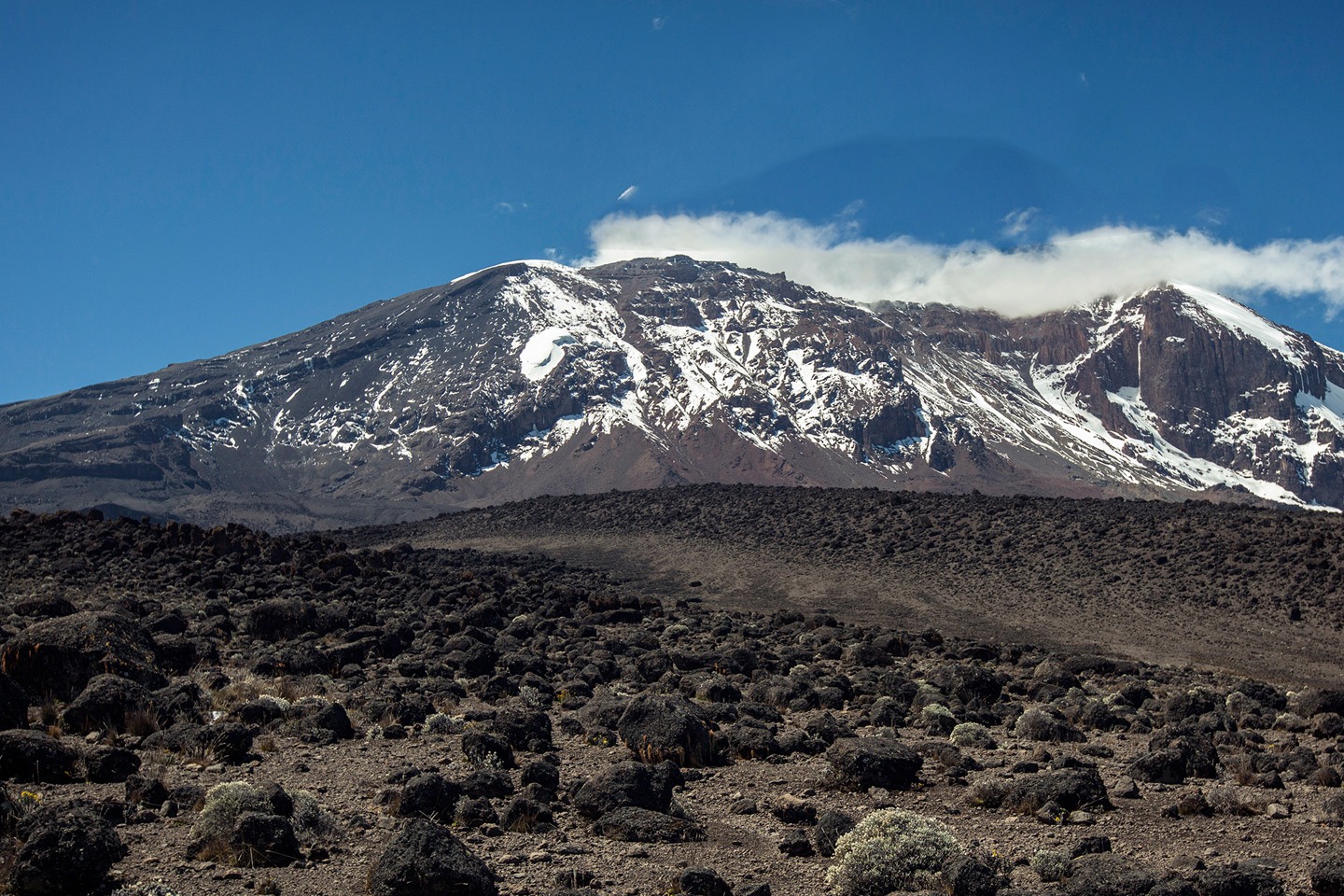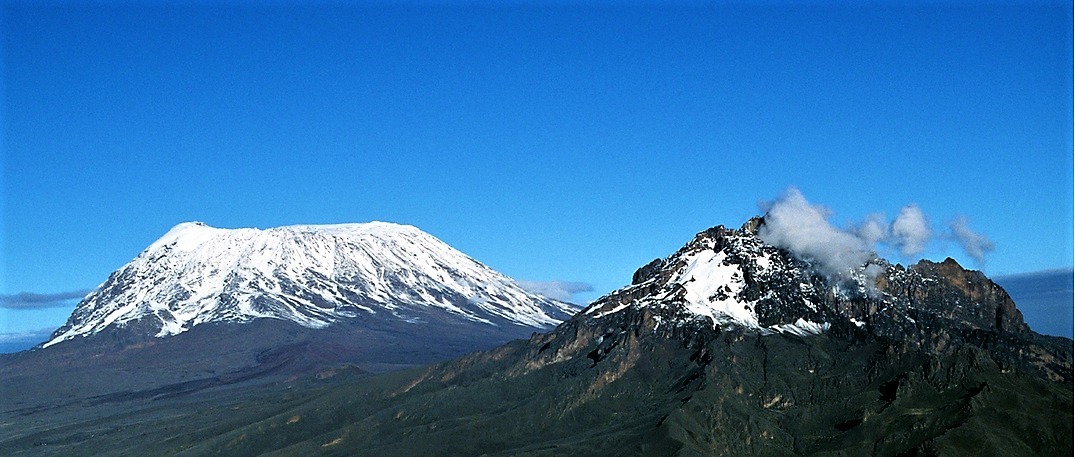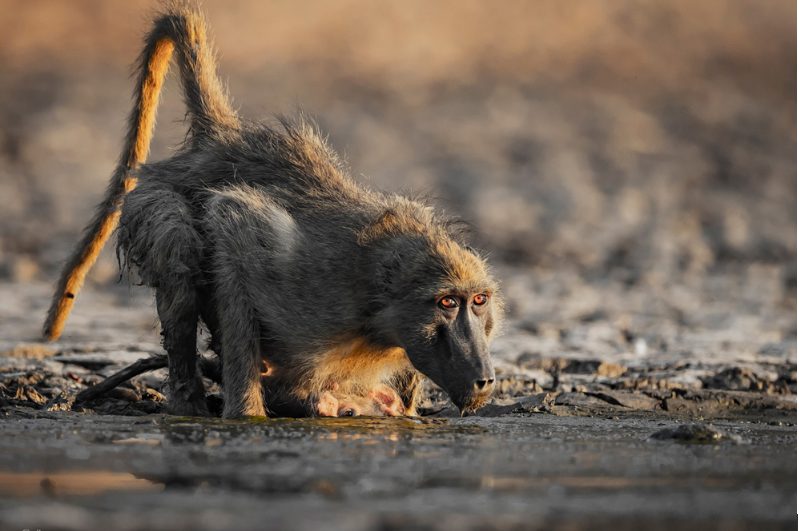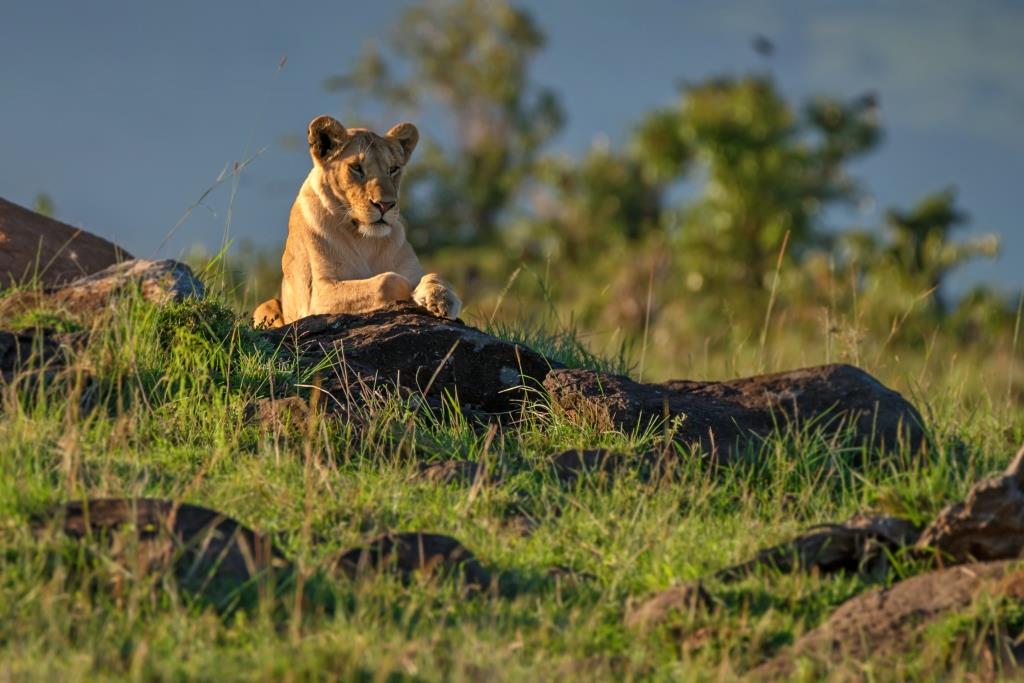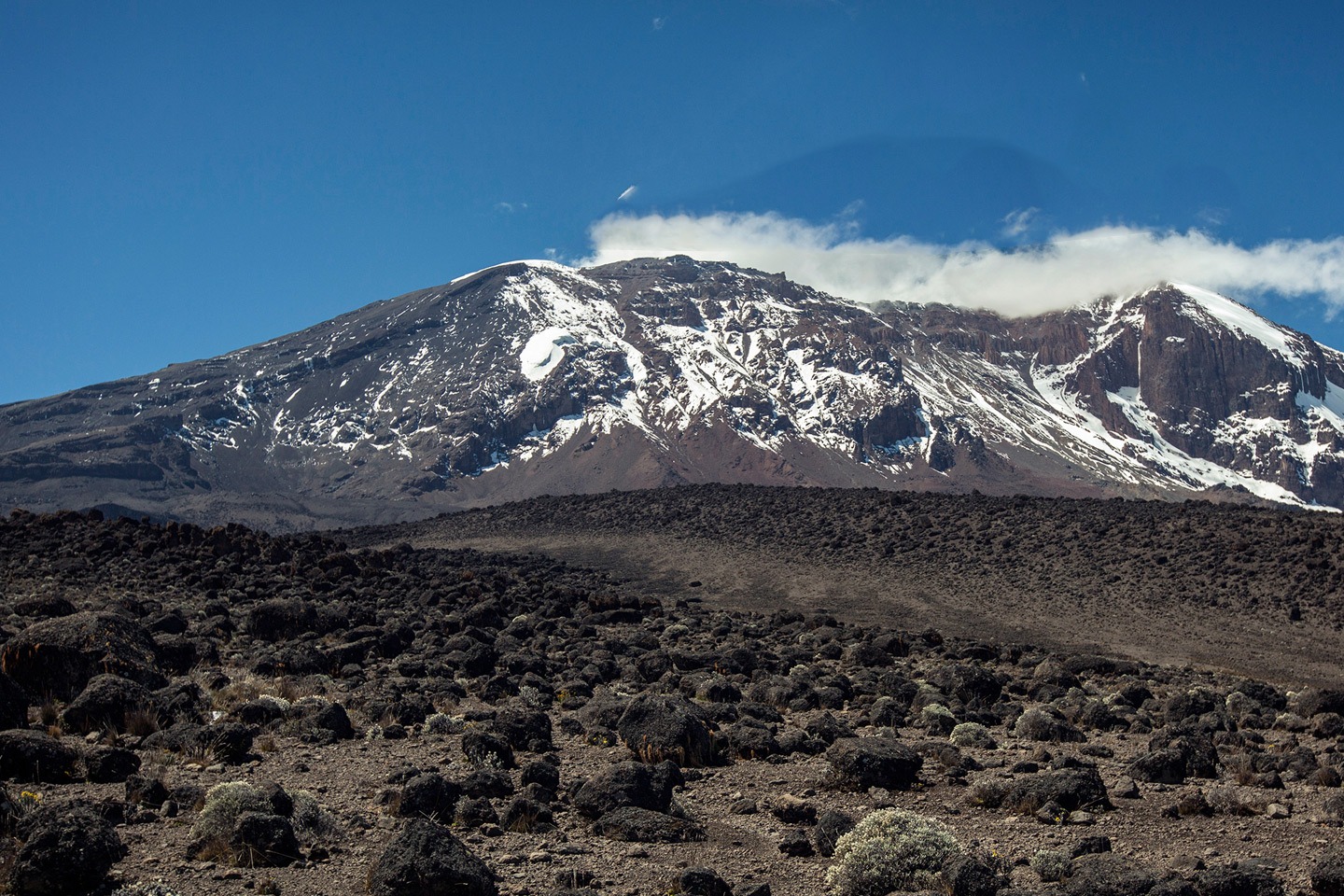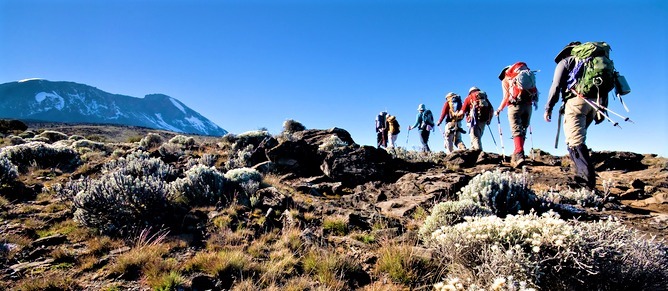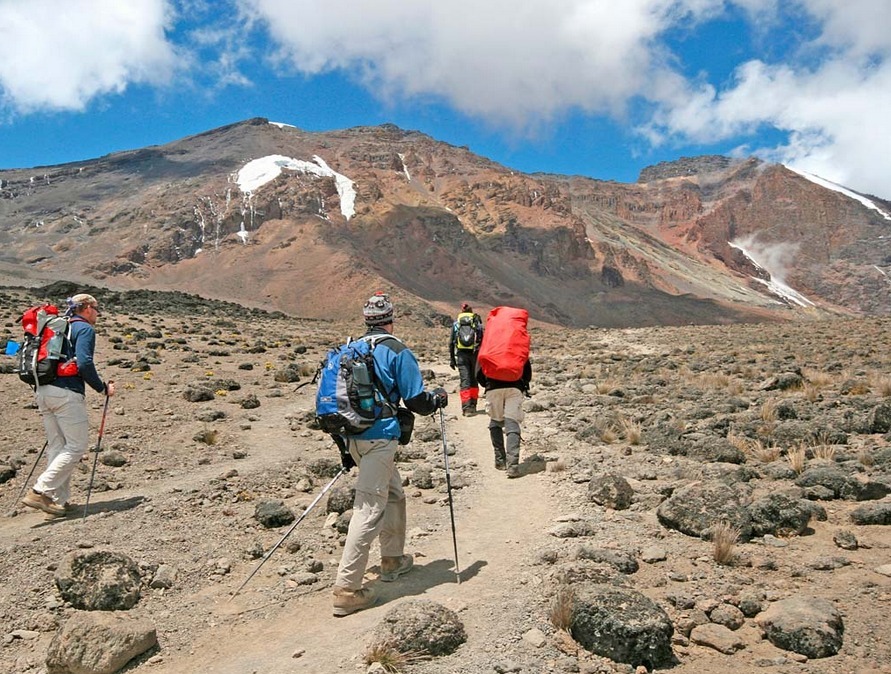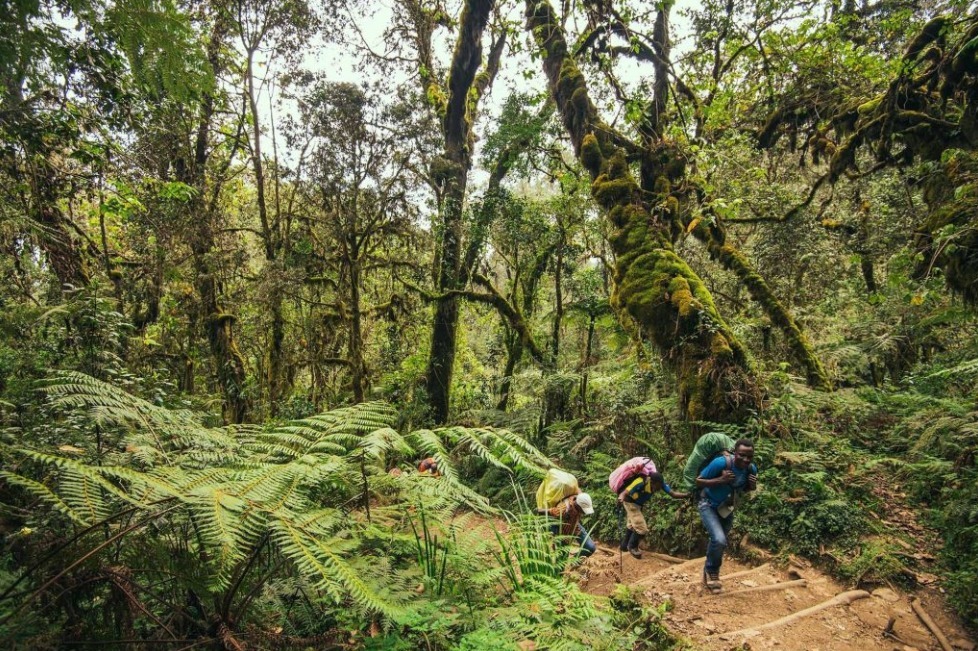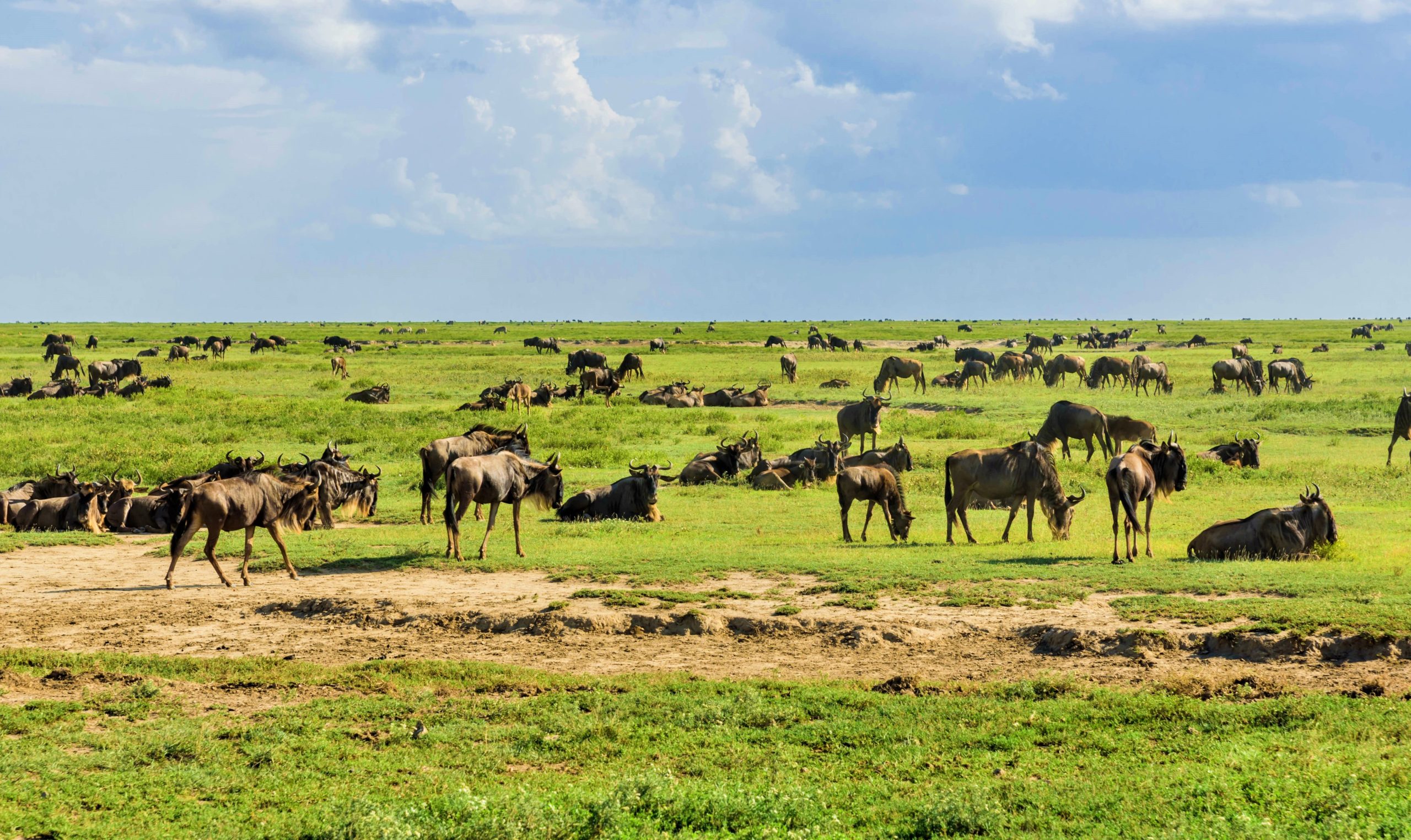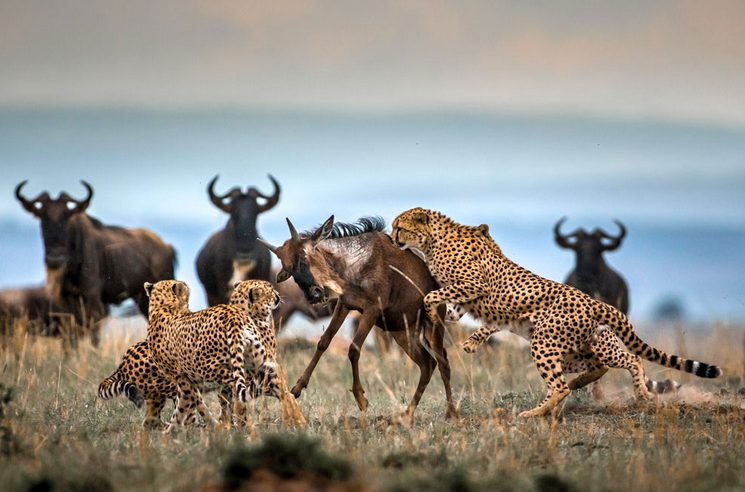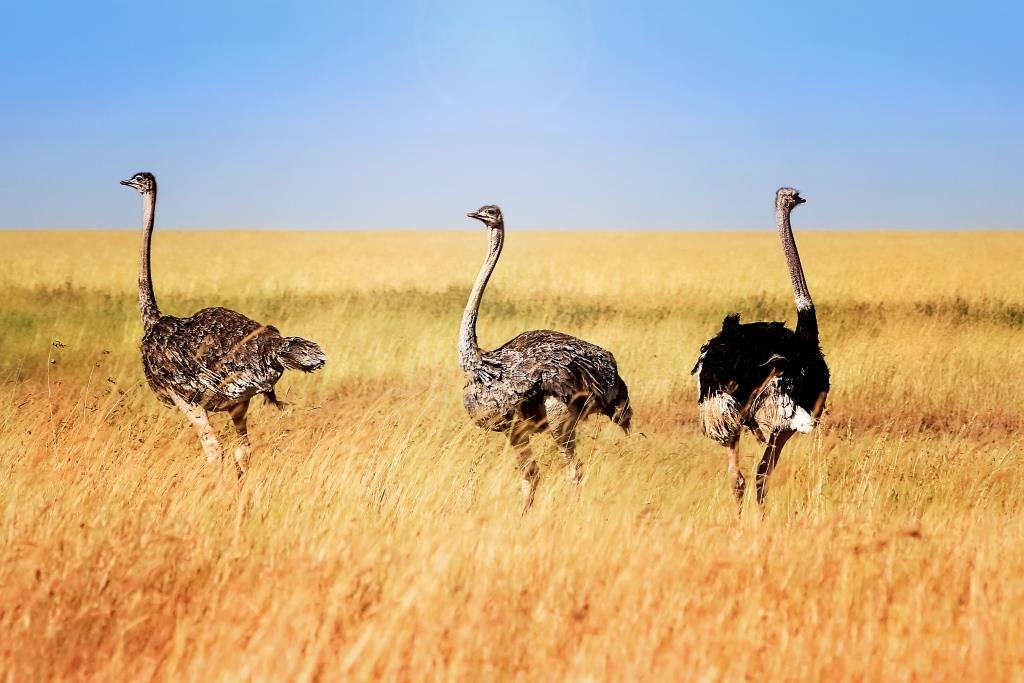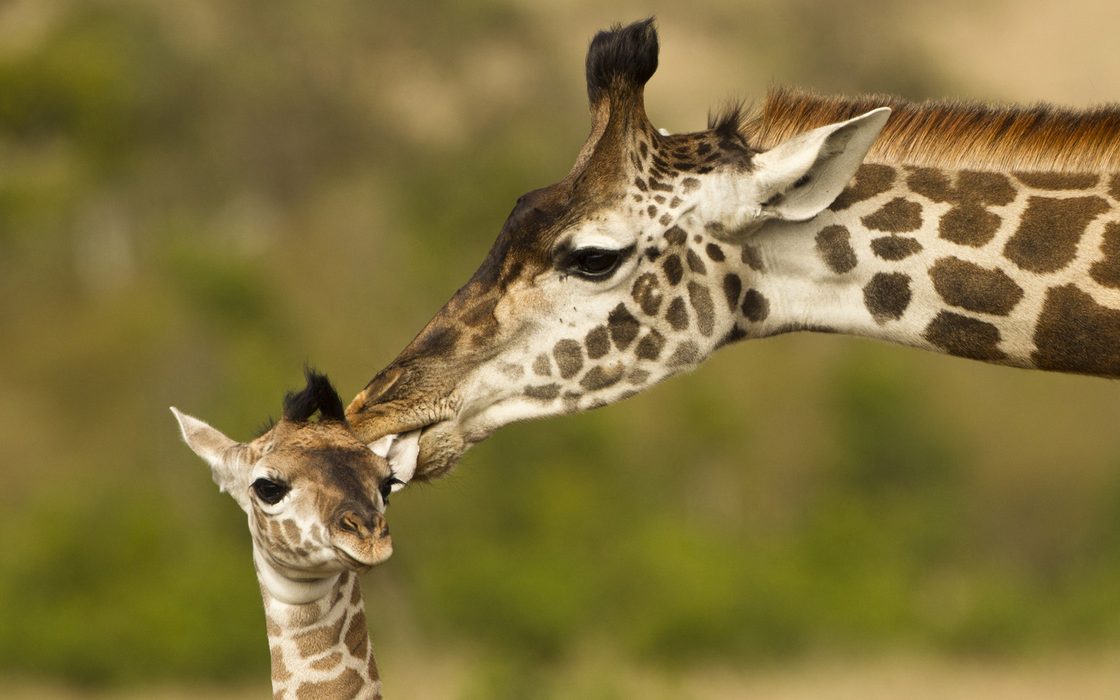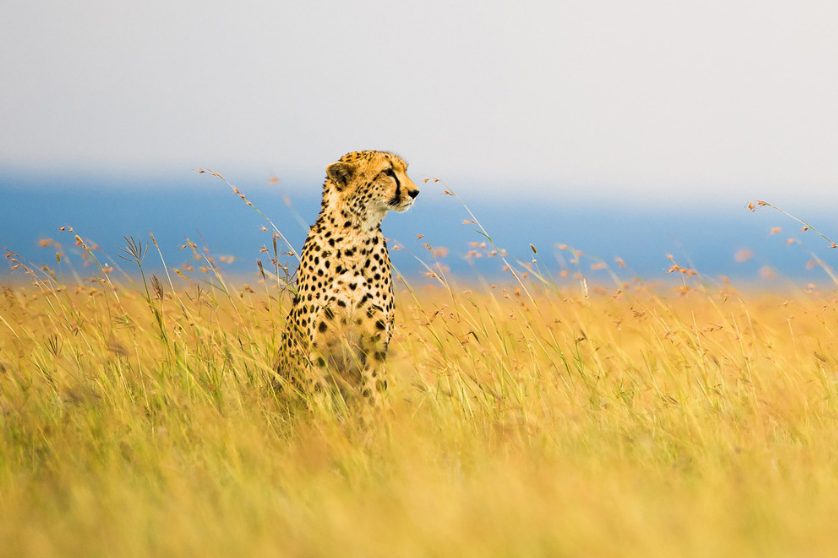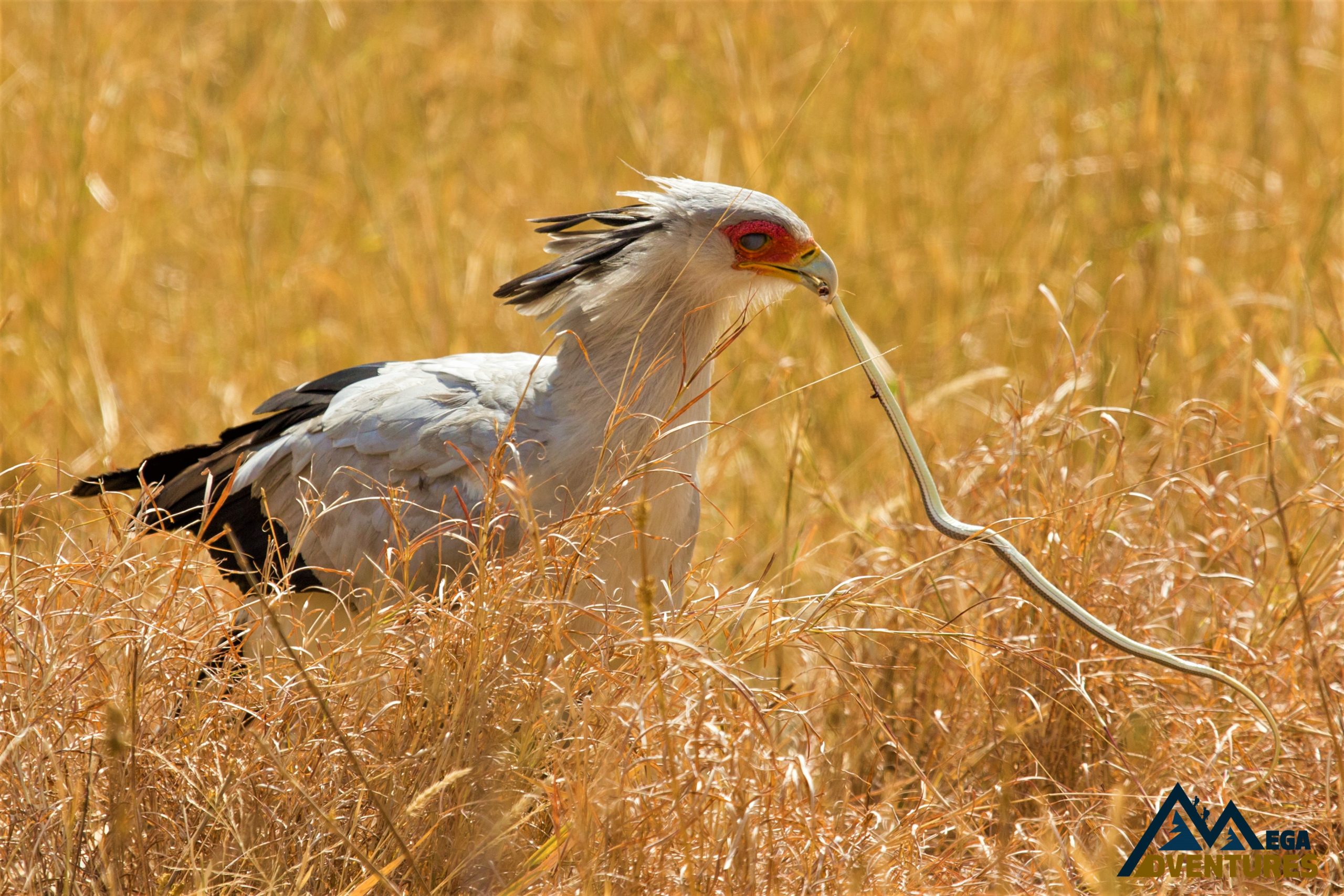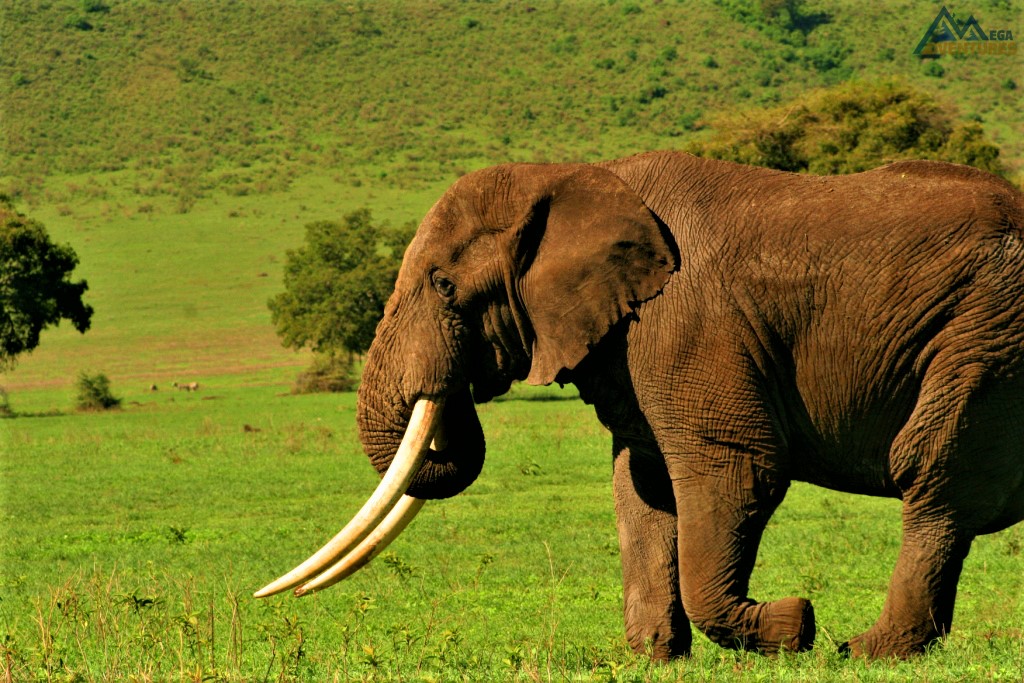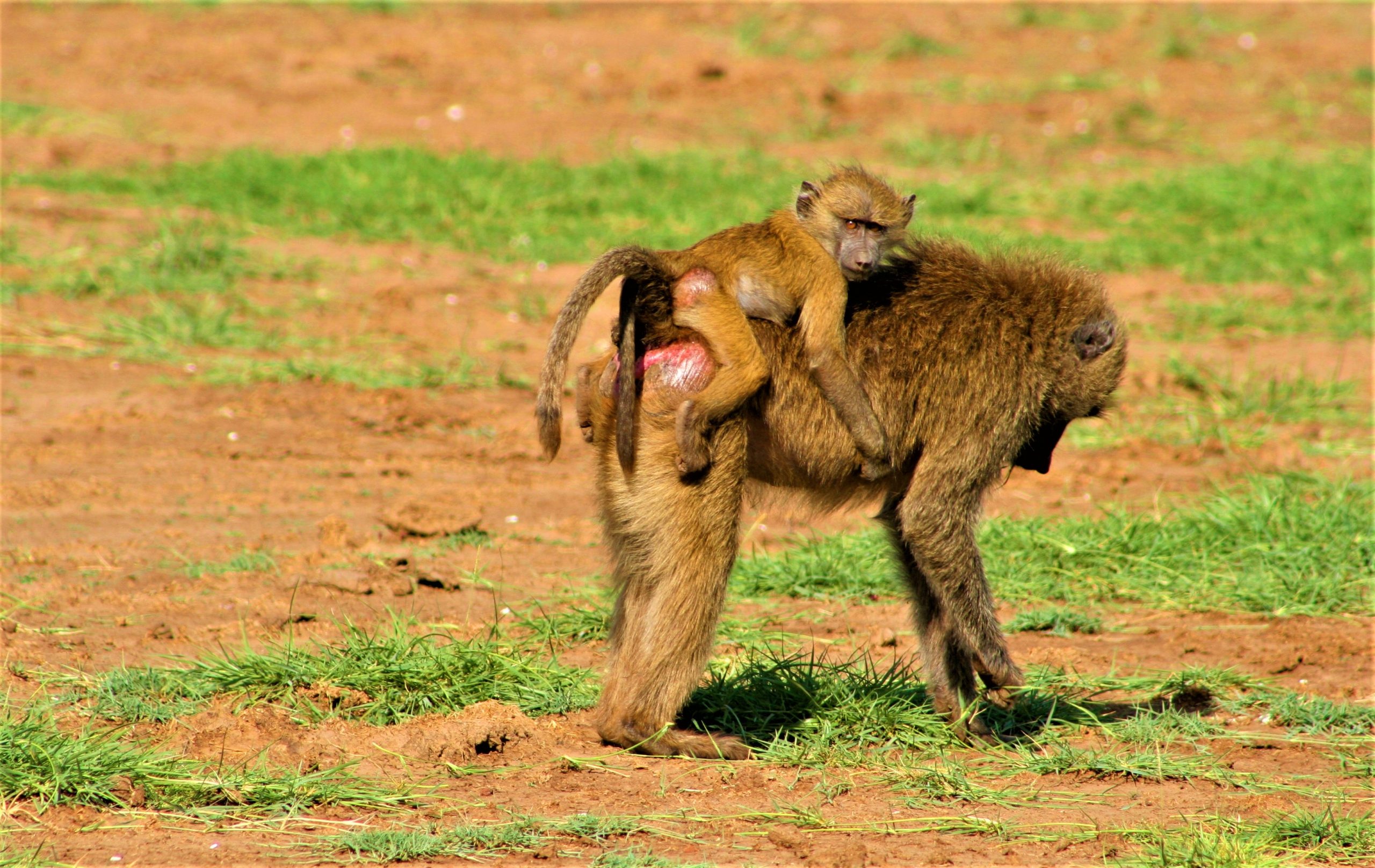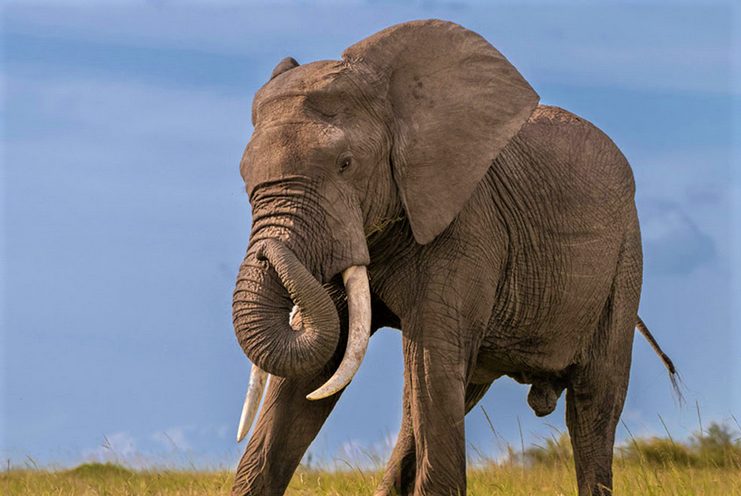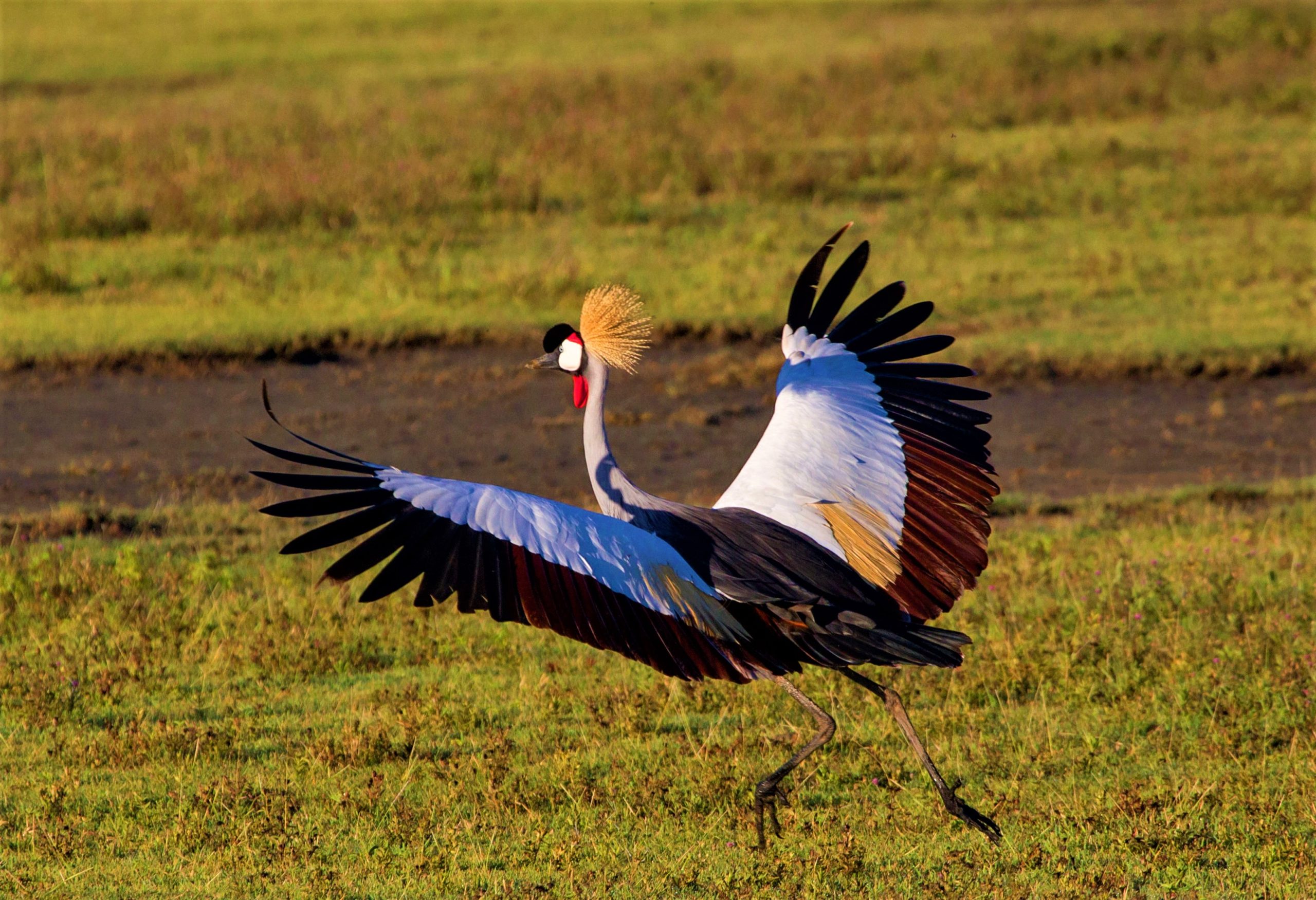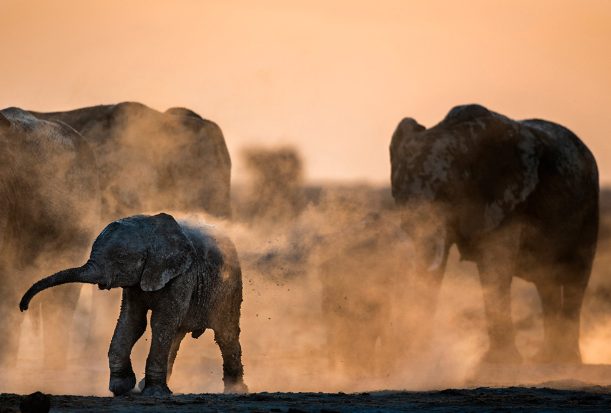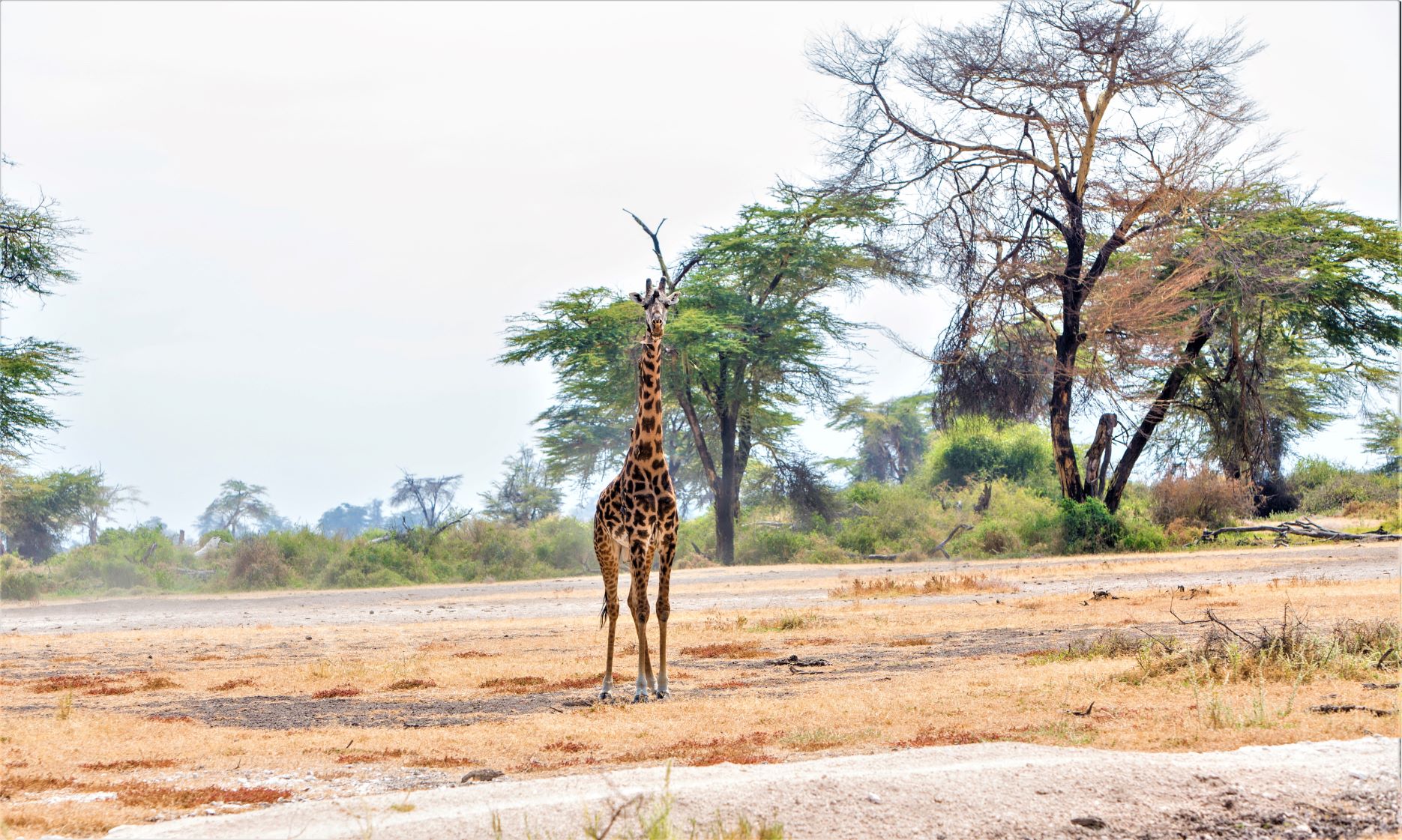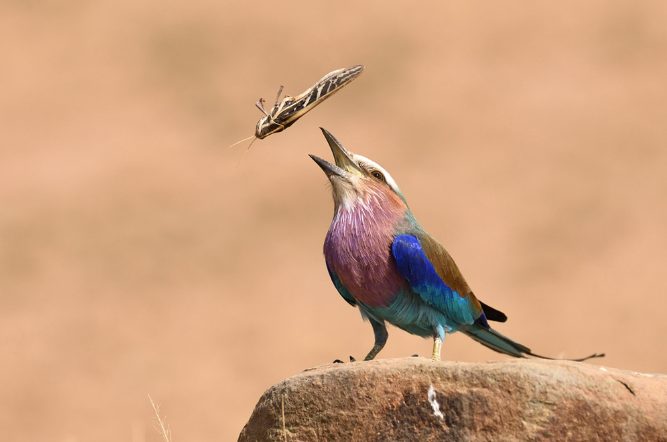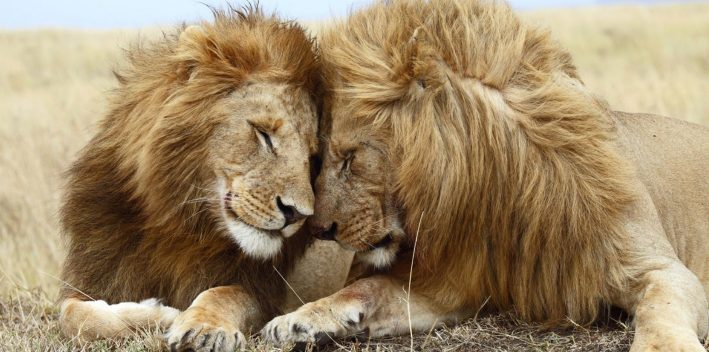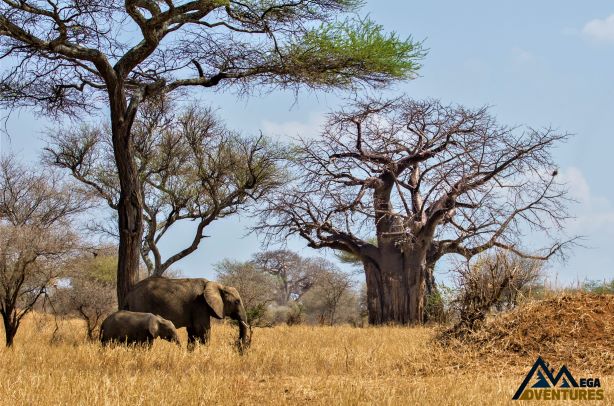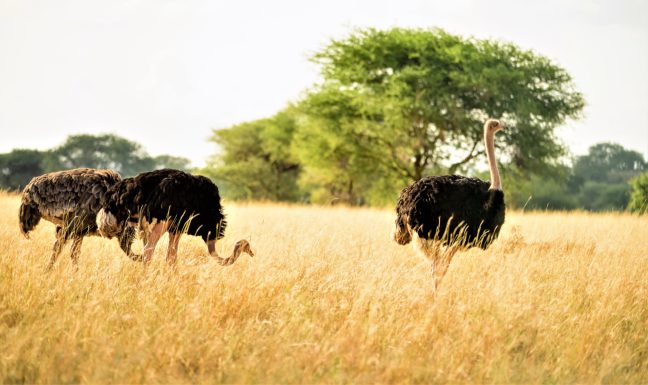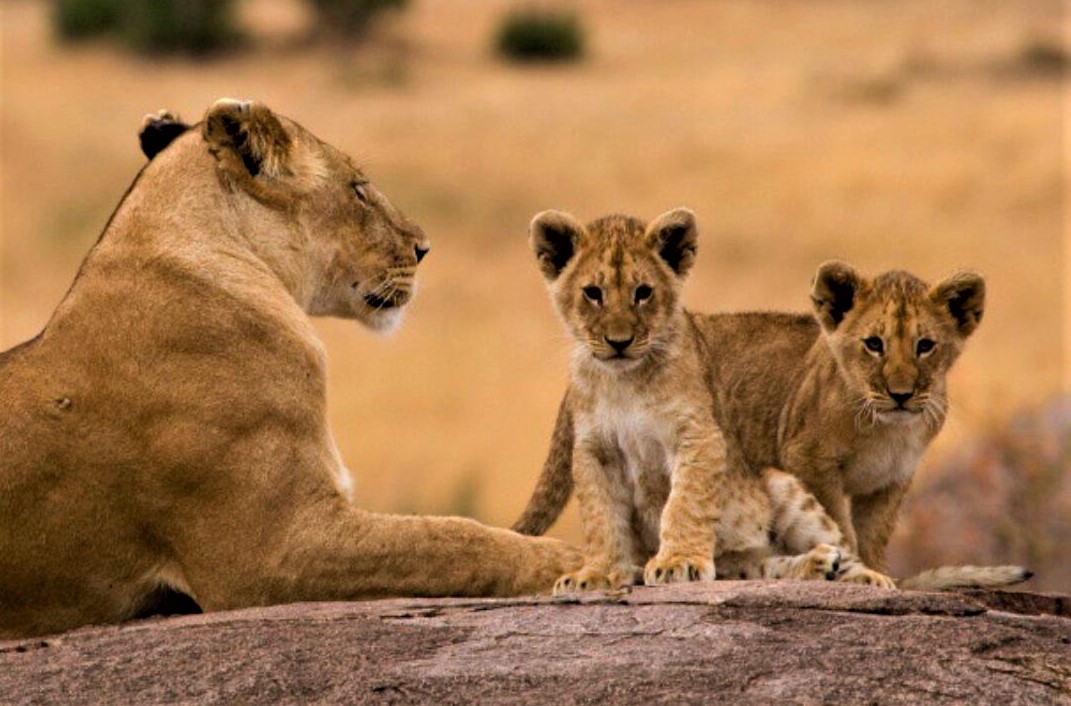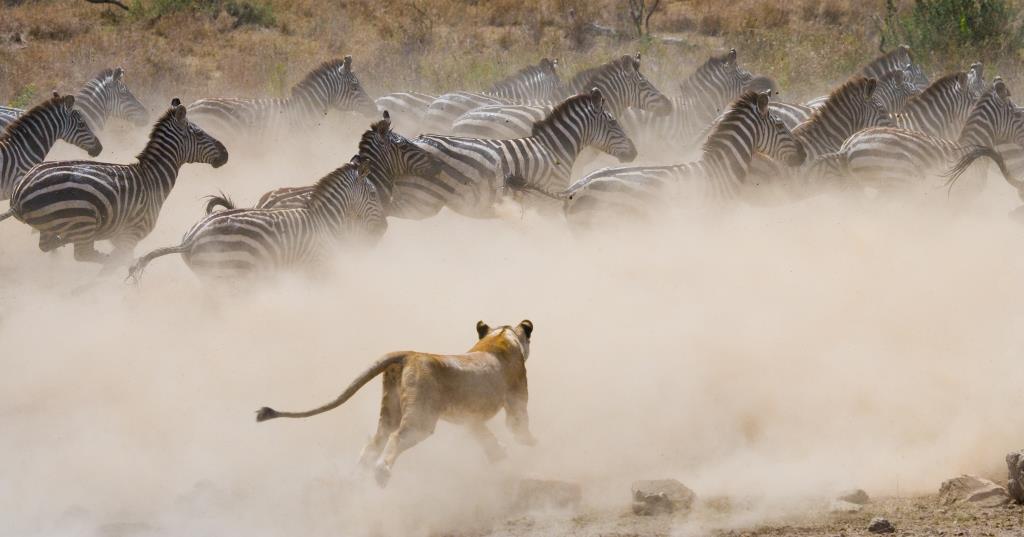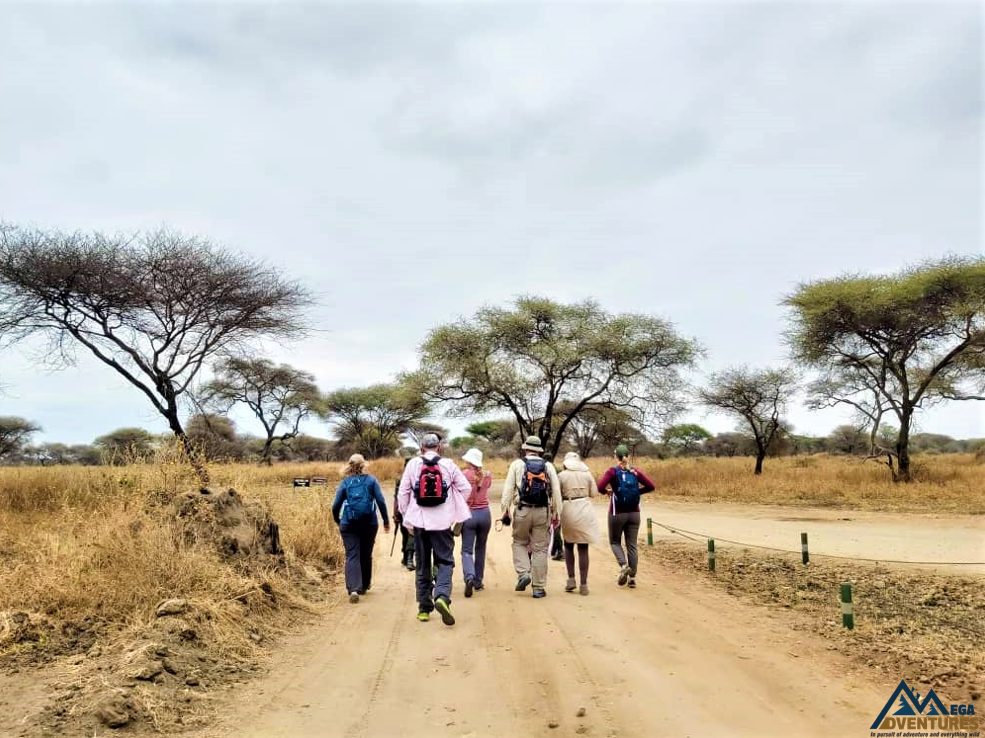Everyday thousands of people pass within a few kilometers of Mkomazi on one of Tanzania’s busiest highways without even noticing that this emerald is within a few kilometers of the highway. Mkomazi, a virgin breathtaking beauty exhibiting unique natural treasures and immense sense of space – adds to the fulfillment of high visitor enjoyment expectations – a much needed bridge between northern circuit and coastal attractions.
A game reserve since 1951, this new national park takes its name from the Pare tribe word for a “scoop of water“ referring to little water. It is a fantastic destination for bird watchers with more than 450 avian species recorded, among them dry and country endemics such as the Cobalt- chested vulturine guinea fowl, other large ground birds such as Ostrich, kori bustard, Secretary bird, ground hornbill and some migratory species including Eurasian roller. It is also a refuge for two highly endangered species, the charismatic black rhino and the sociable African wild dog both of which were introduced in the 1990`s.Nomadic by nature the wild dogs maybe seen anywhere in the park, but black rhinos are restricted to a fenced sanctuary for their safe keeping for the future. It also supports several country specialist species that are rare elsewhere in Tanzania. These include the spectacular Fringe eared Oryx, Lesser kudu and Gerenuk.
Located in Northern Tanzania, it covers an area of 3,245 sq km (1,240 sq miles).The National park splits between Kilimanjaro and Tanga regions and also borders the Tsavo west national park in Kenya. Within sight to the northwest is Mount Kilimanjaro, Africa’s highest summit. To the south, the Pare and Usambara Mountains form a dramatic backdrop. Kenya’s vast Tsavo National Park shares a border with Mkomazi. Together it forms one of the largest and most important protected ecosystems on earth. Being only 112km (69 miles) from Moshi makes it qualifies to be visited in a day, however for more promising experience we do recommend a night stay.
Habitat: Mkomazi is the southern tip of the Sahel zone. It is a classic dry-country reserve of grey-green nyika bush, ancient baobab trees and isolated rocky hills. Elsewhere, the seas of bush give way to open savannah woodlands of umbrella acacias and mbugas – shallow valleys of grassland.
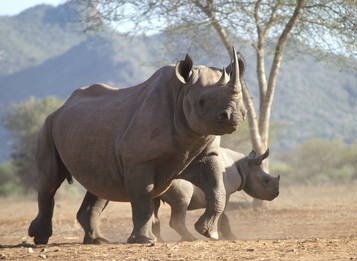
Climate:
Normally dry except for the long rainy season March – May and short rains October – December, the average annual rainfall is between 570mm at low elevations and 1,910mm at high elevations. July and August are the coldest months.
Best time to visit:
The park is most scenic during the green season November -June, Elephants and other herbivores migrate from the neighboring Tsavo National Park during this time.
The dry season, Late June to October is the best time for wildlife viewing in Mkomazi National Park. Animals congregate at water sources making them easier to spot.
Accessibility:
The park is accessible throughout the year using the Moshi – Dar highway. Approximately 113kms from Moshi town.
Accommodation:
One semi permanent tented camp near the park headquarters for those who prefer more luxury accommodation, otherwise mobile camping for the adventurous ones.
Activities:
- Game drives
- Walking Safaris
- Hiking

